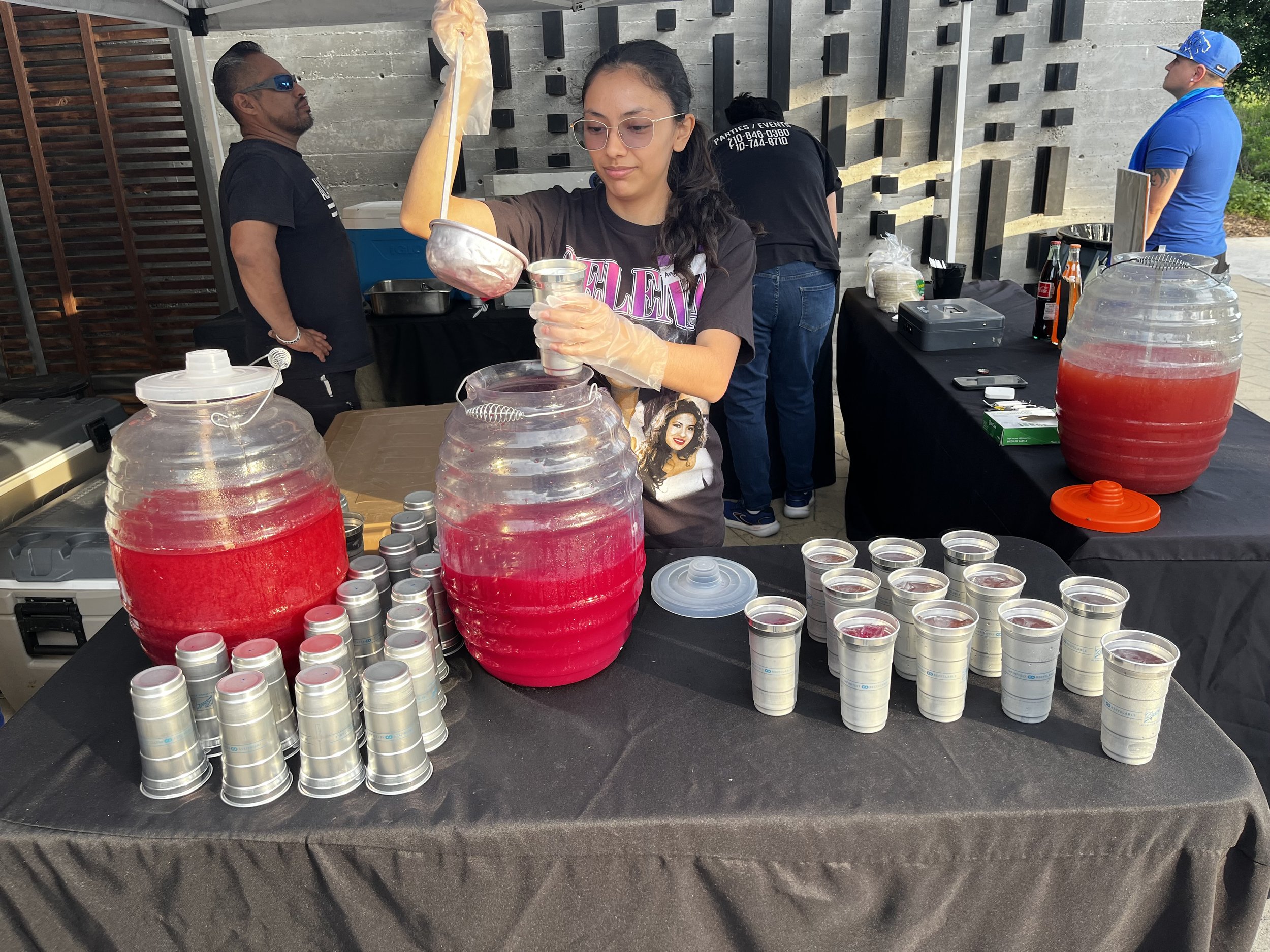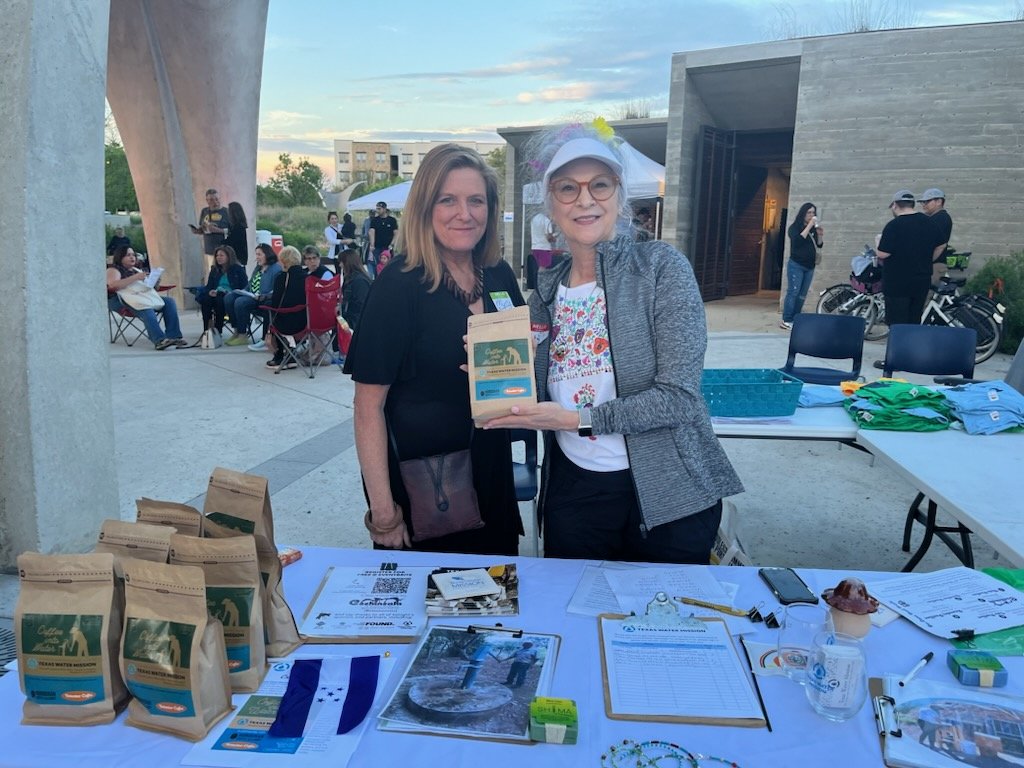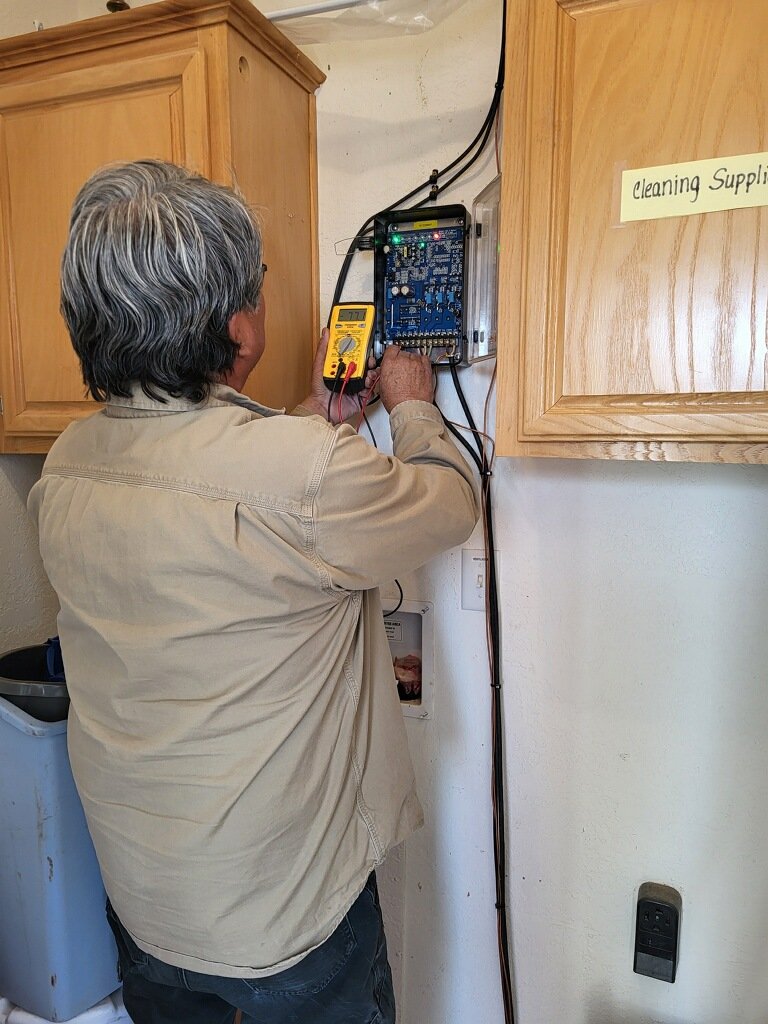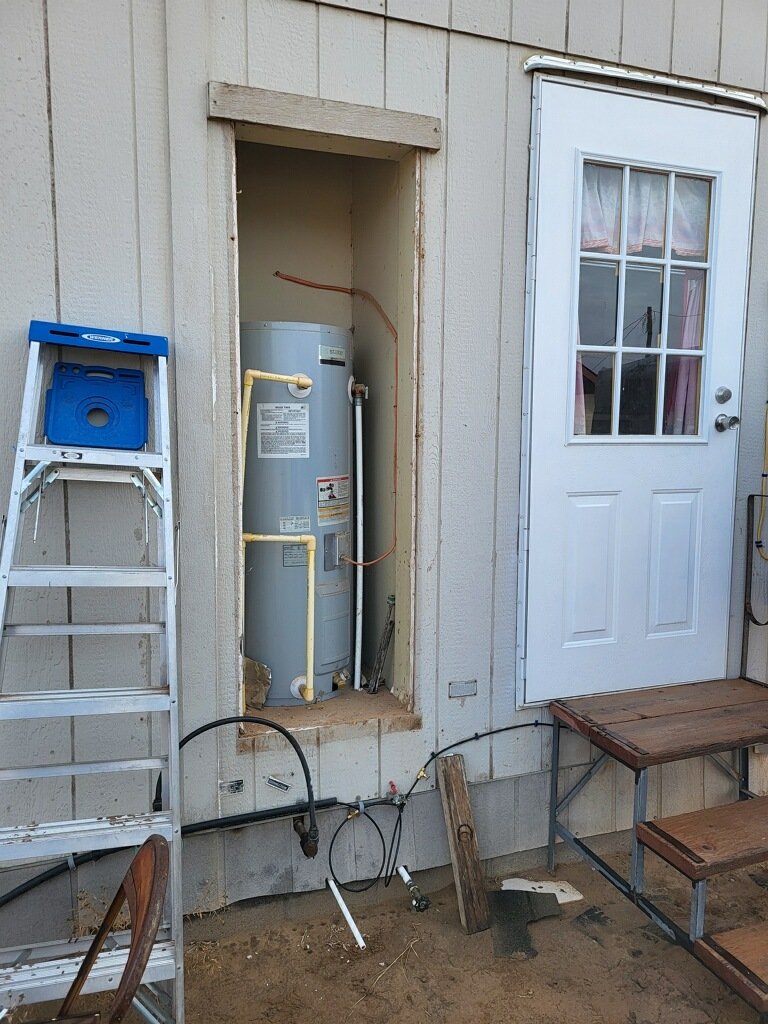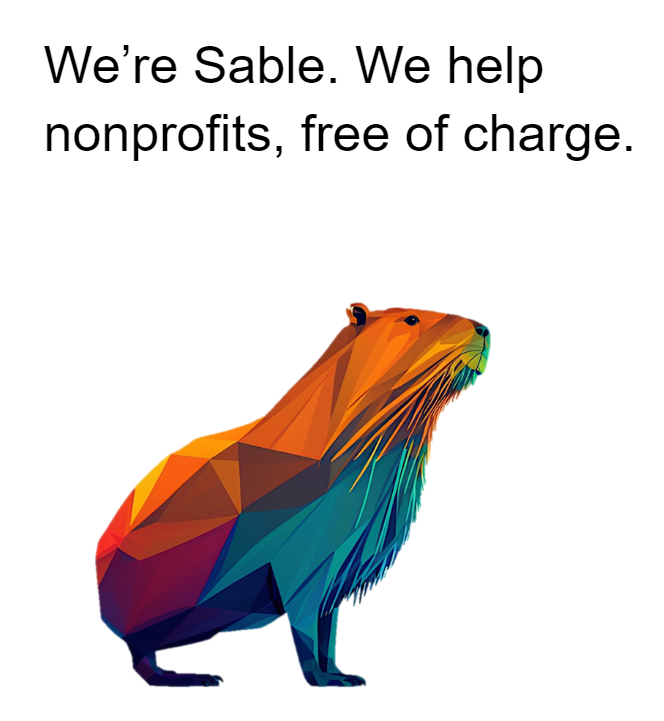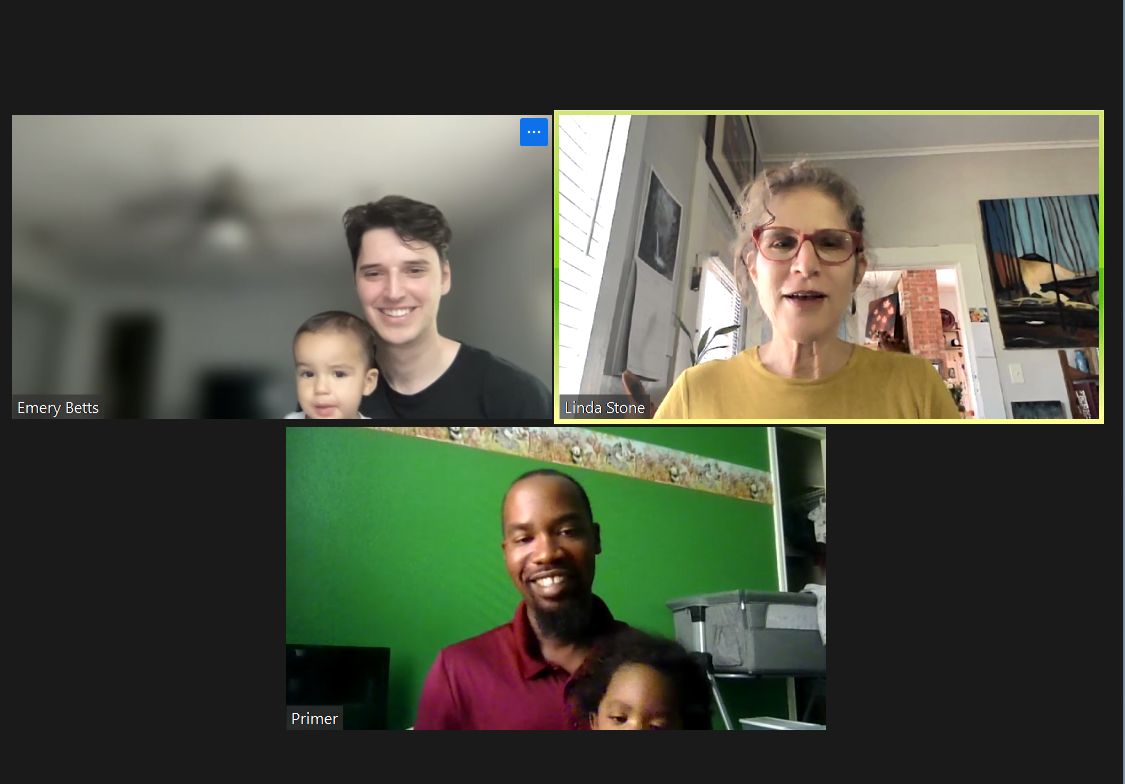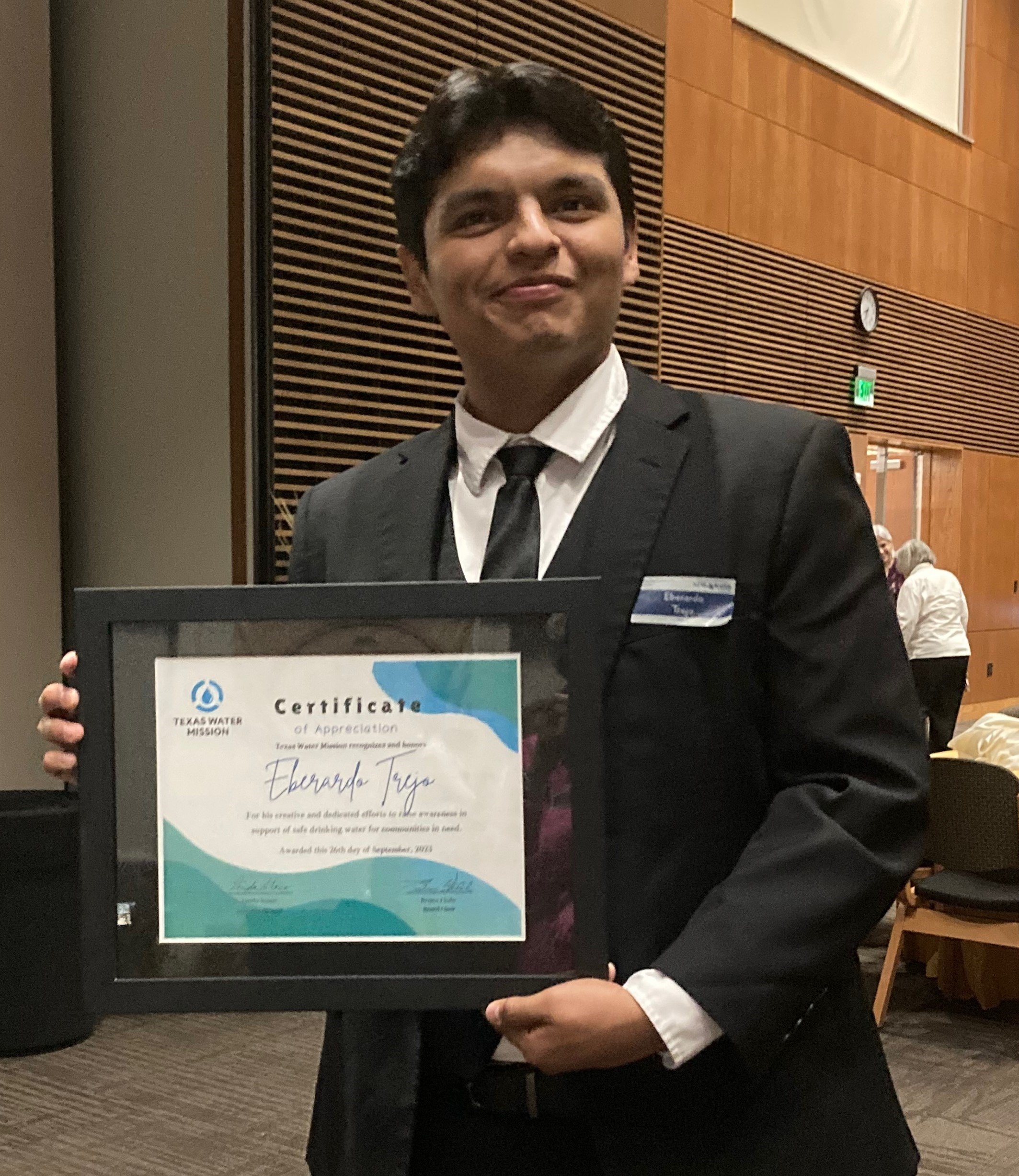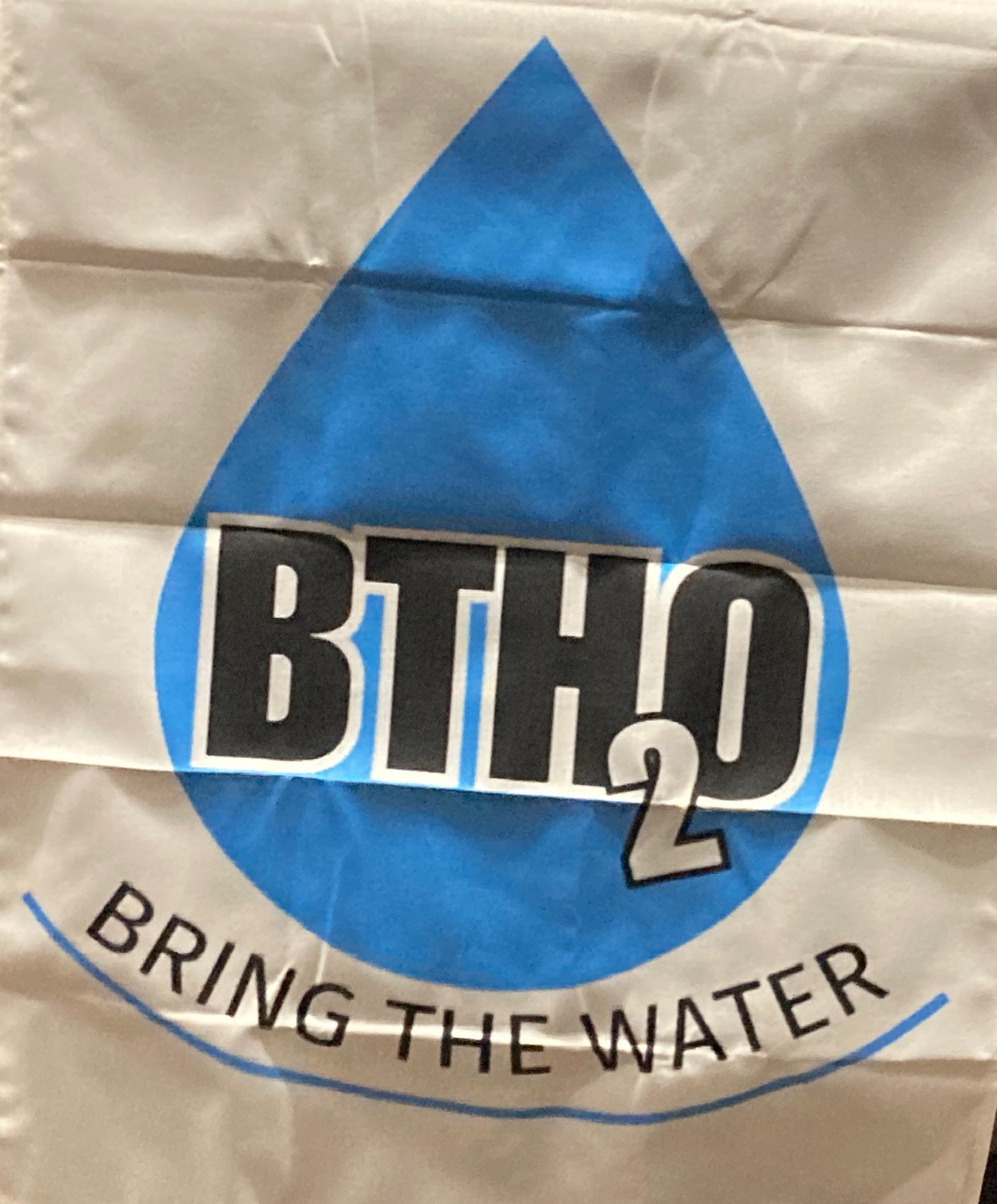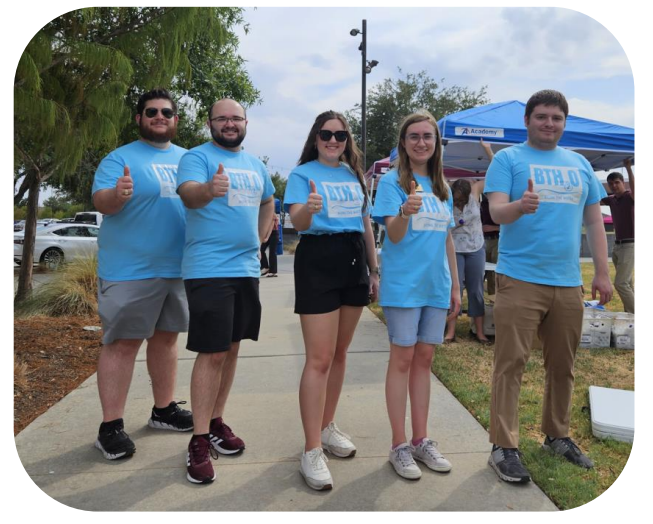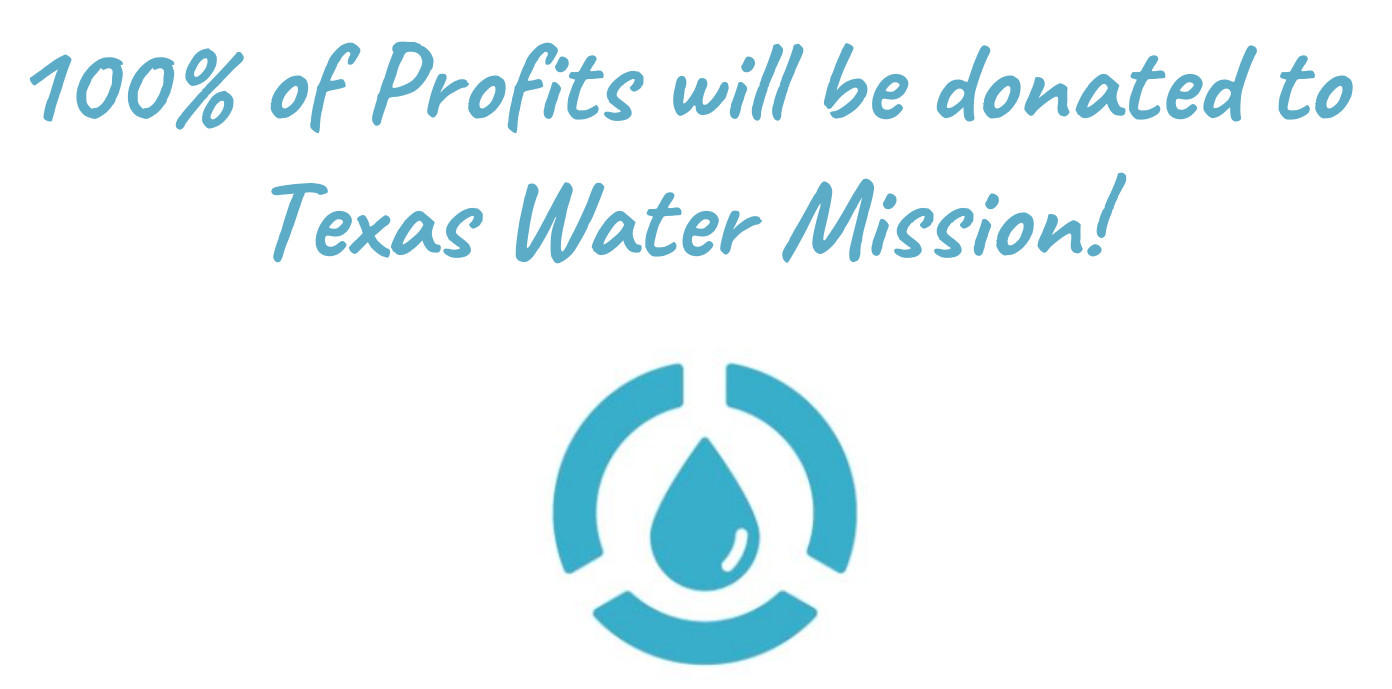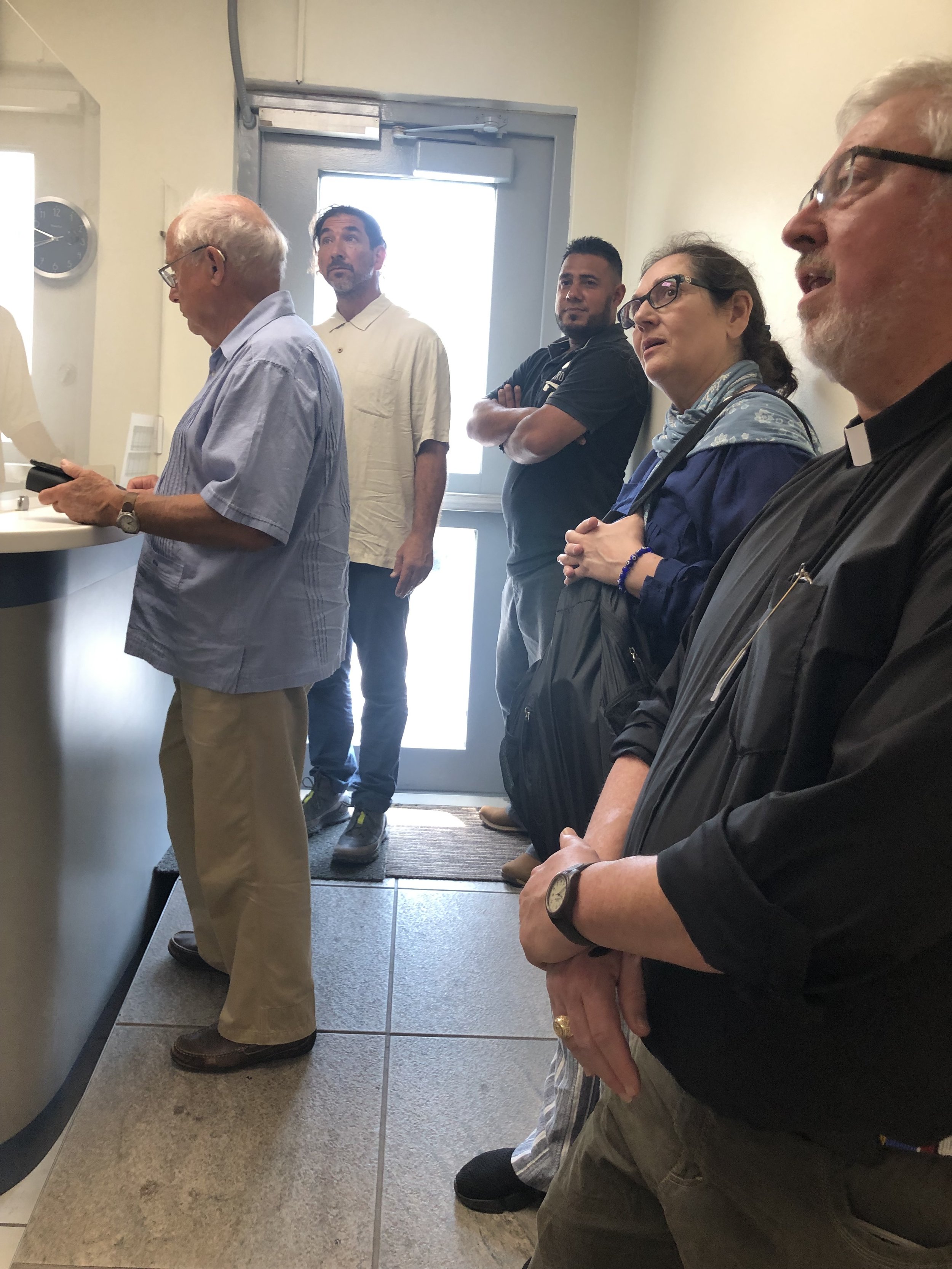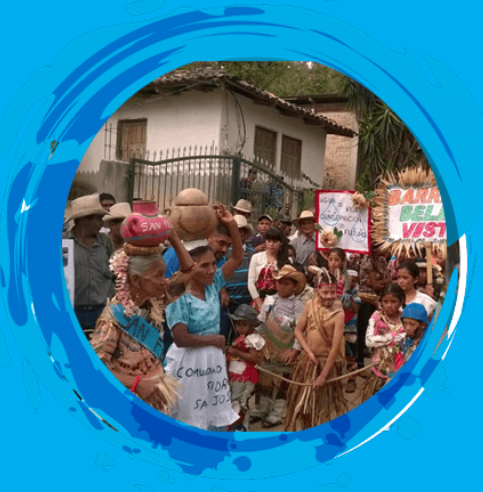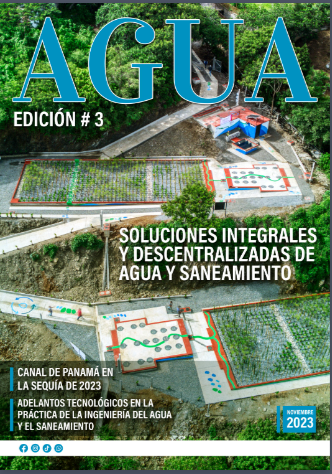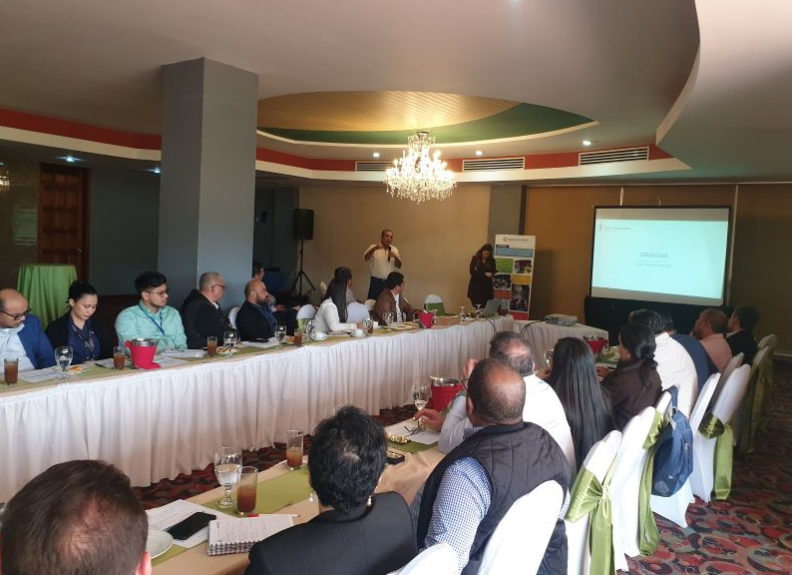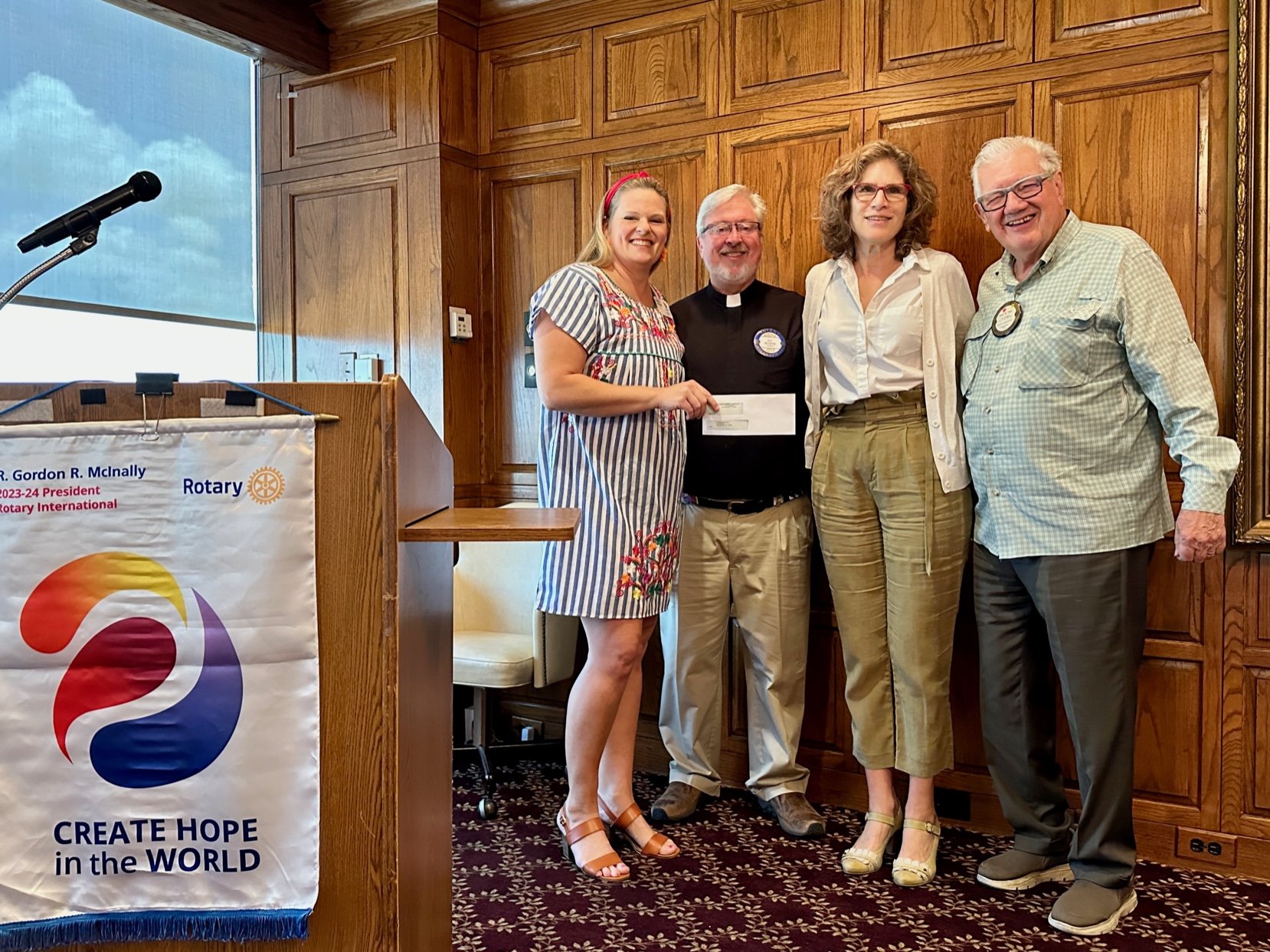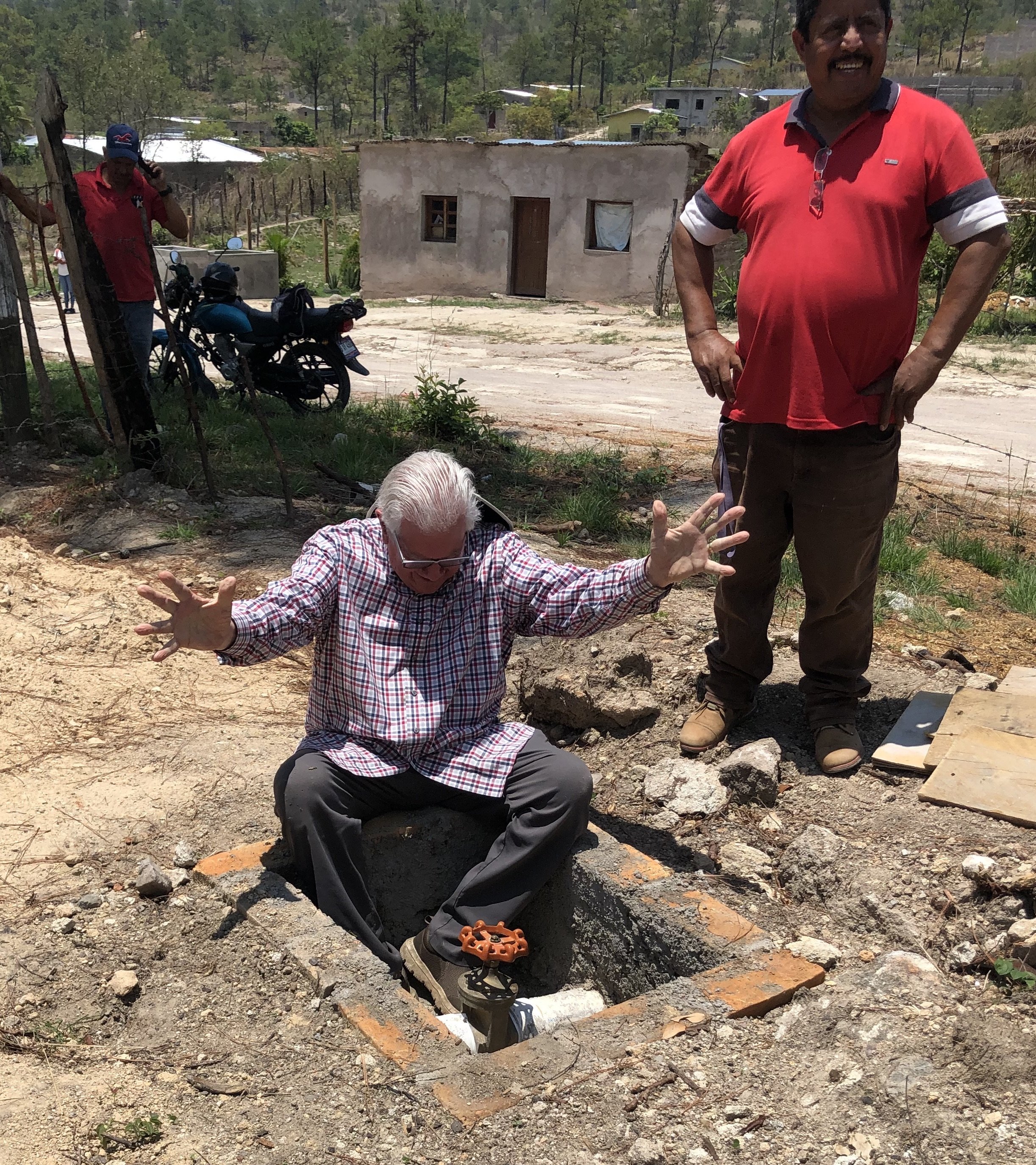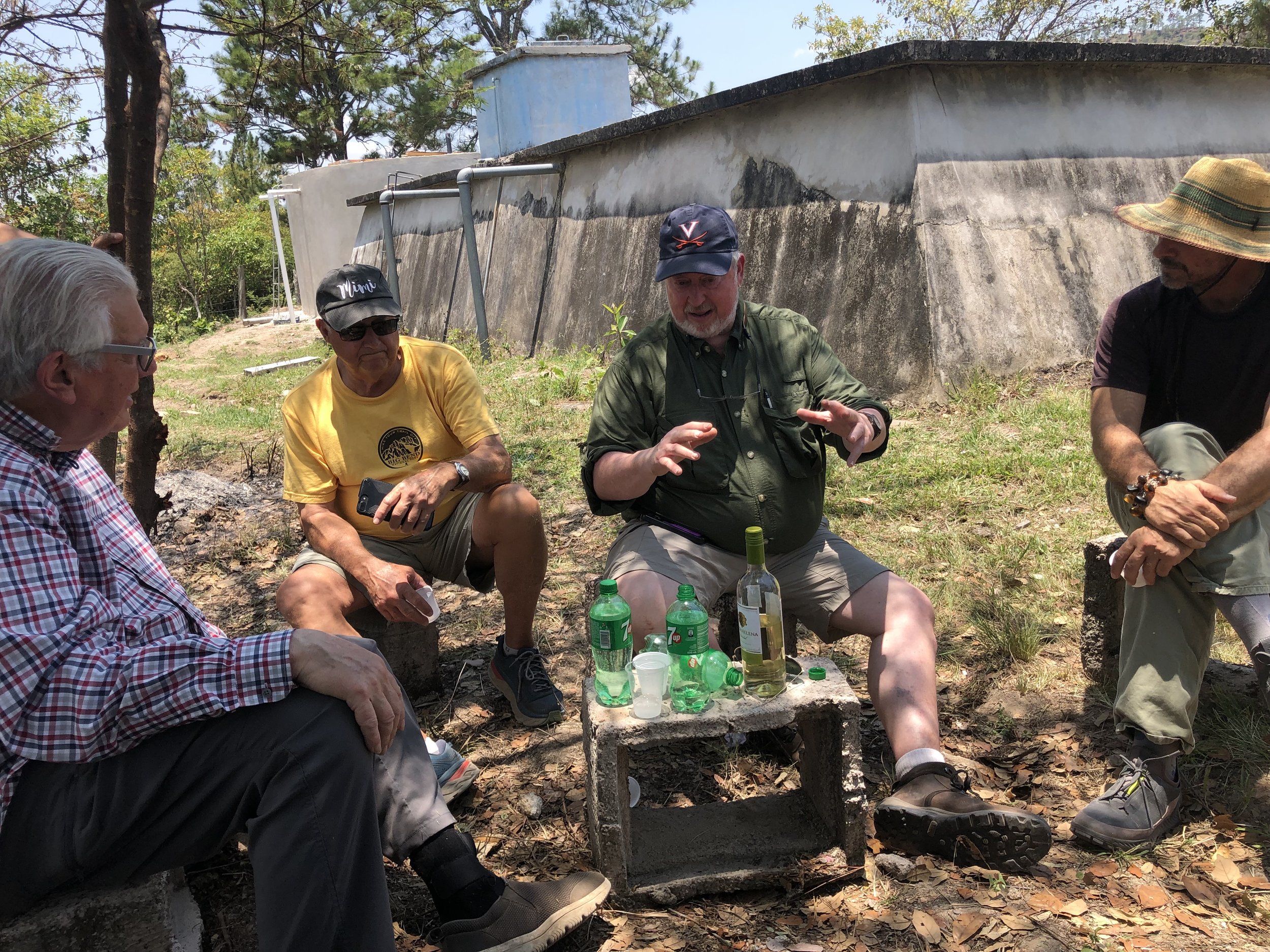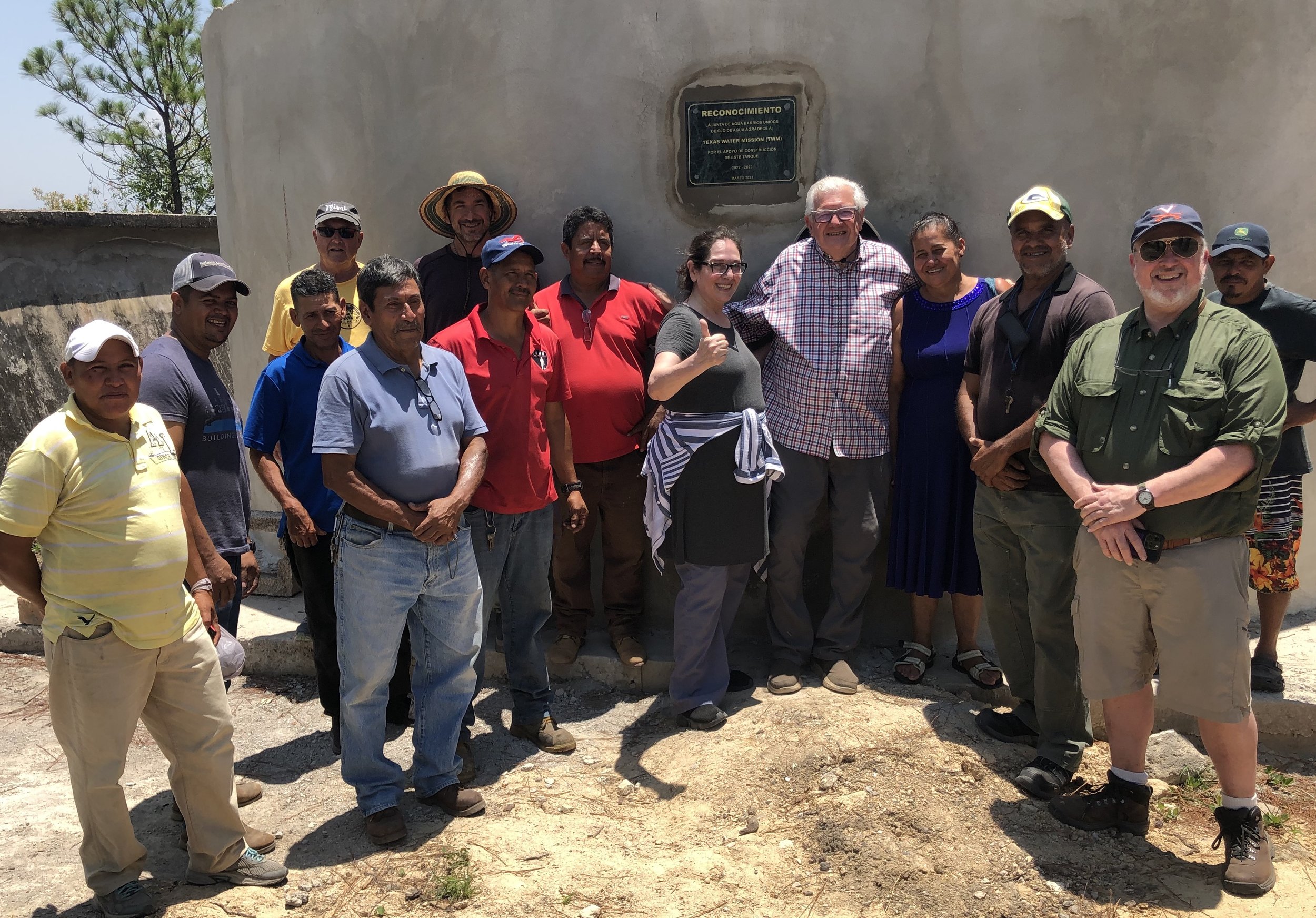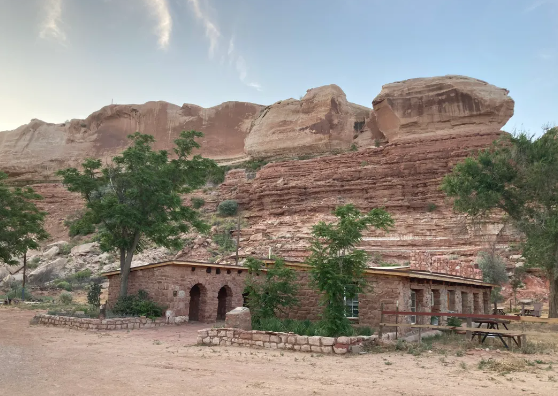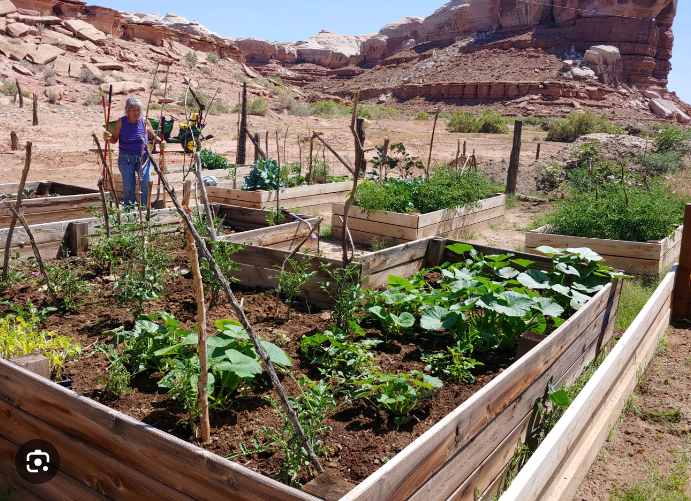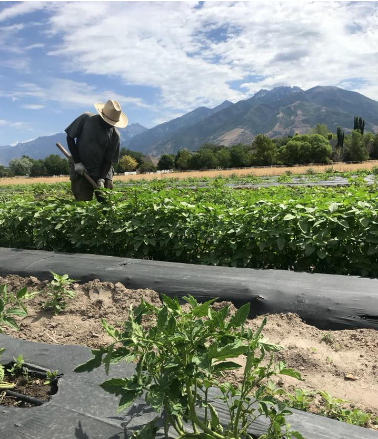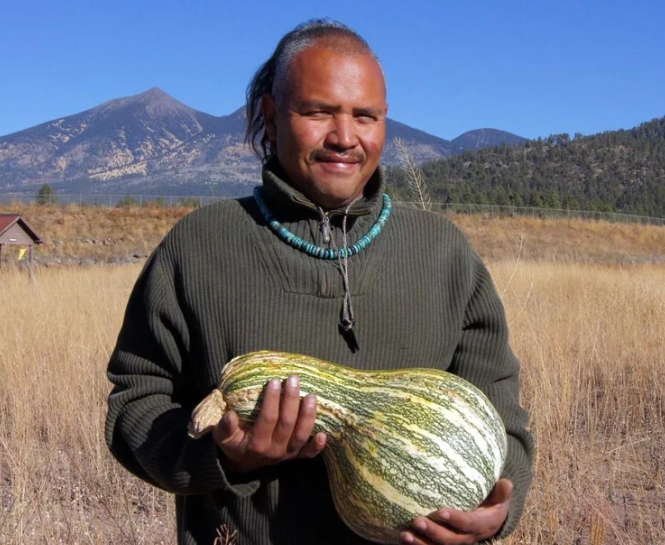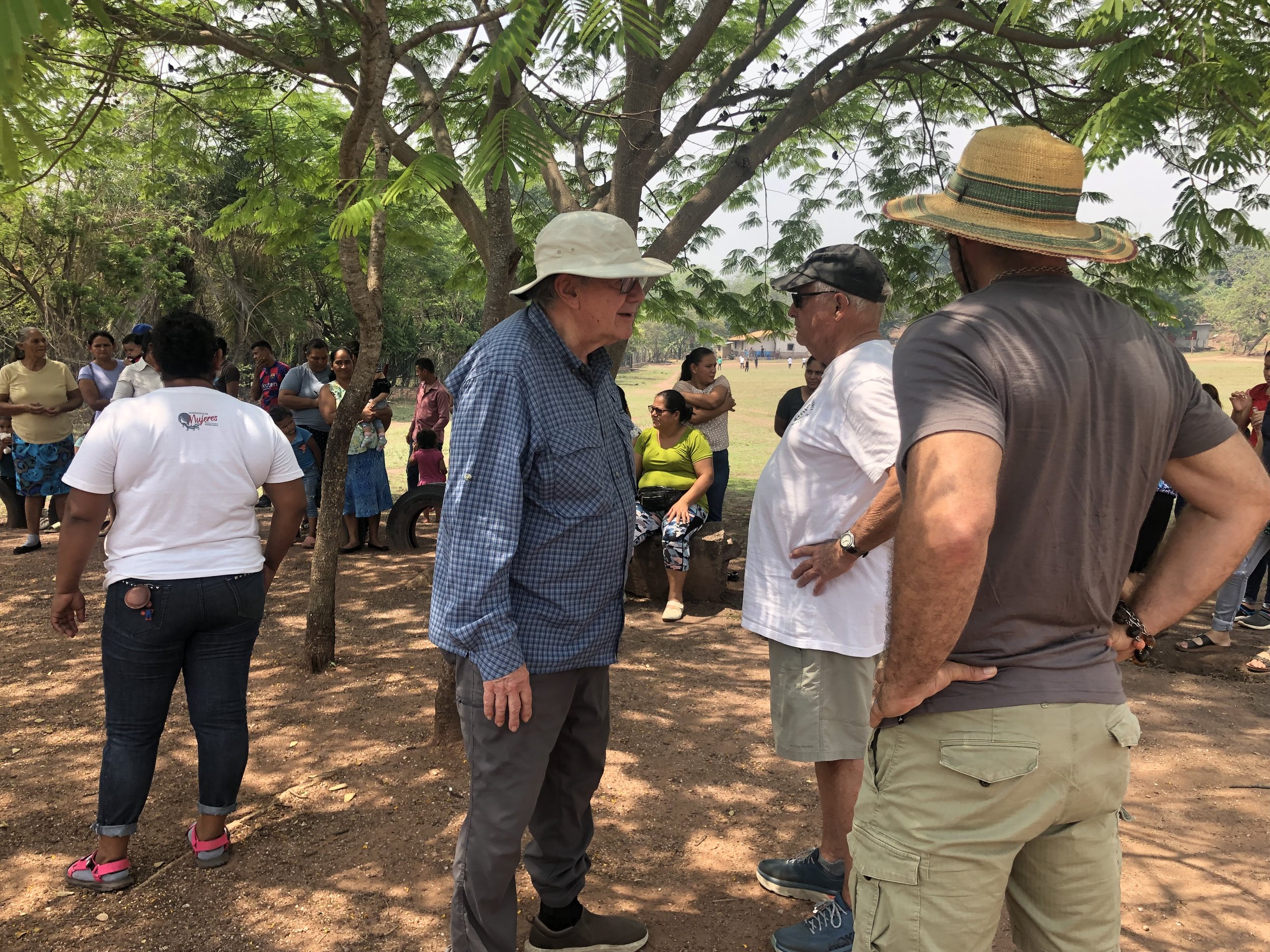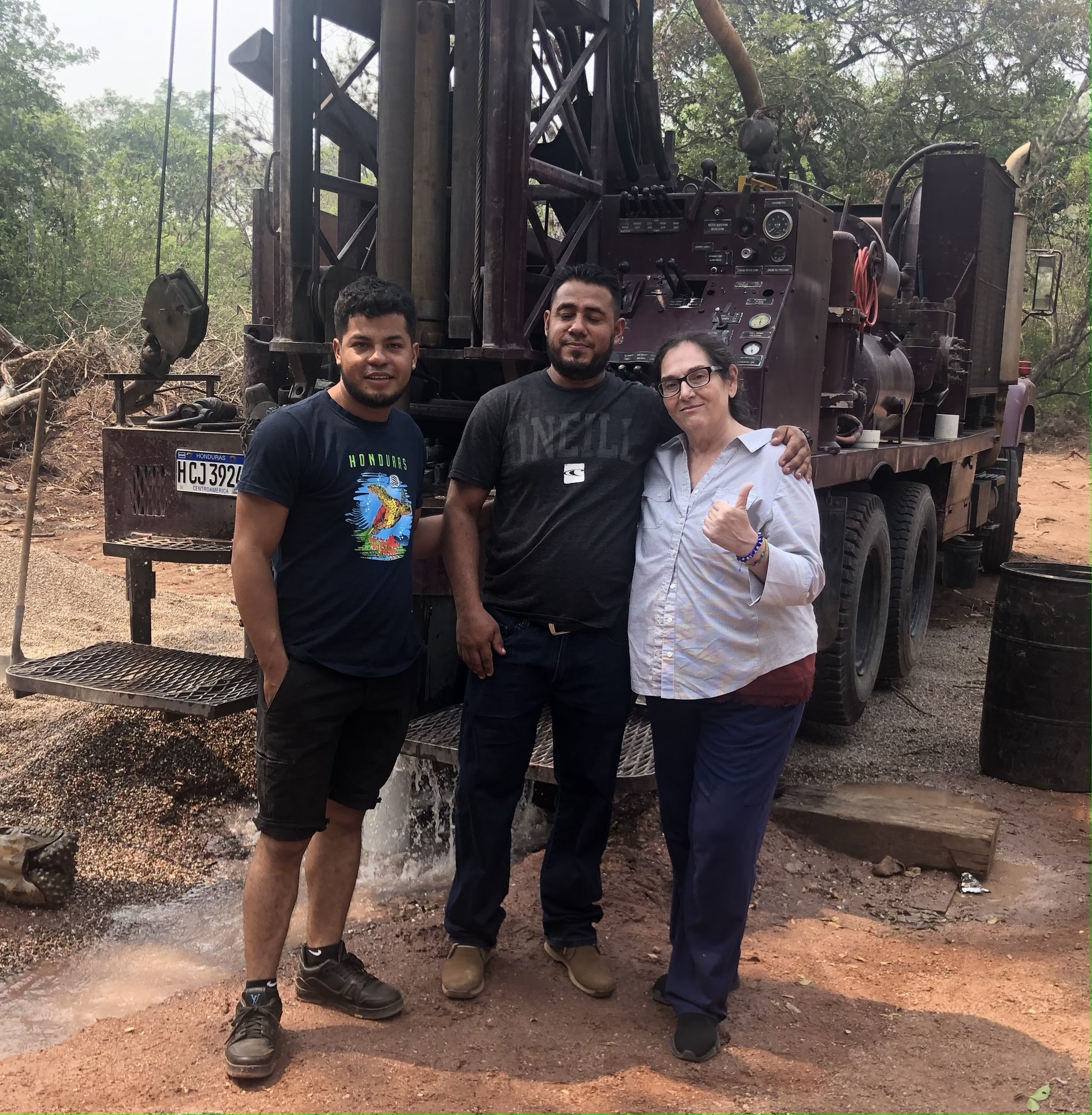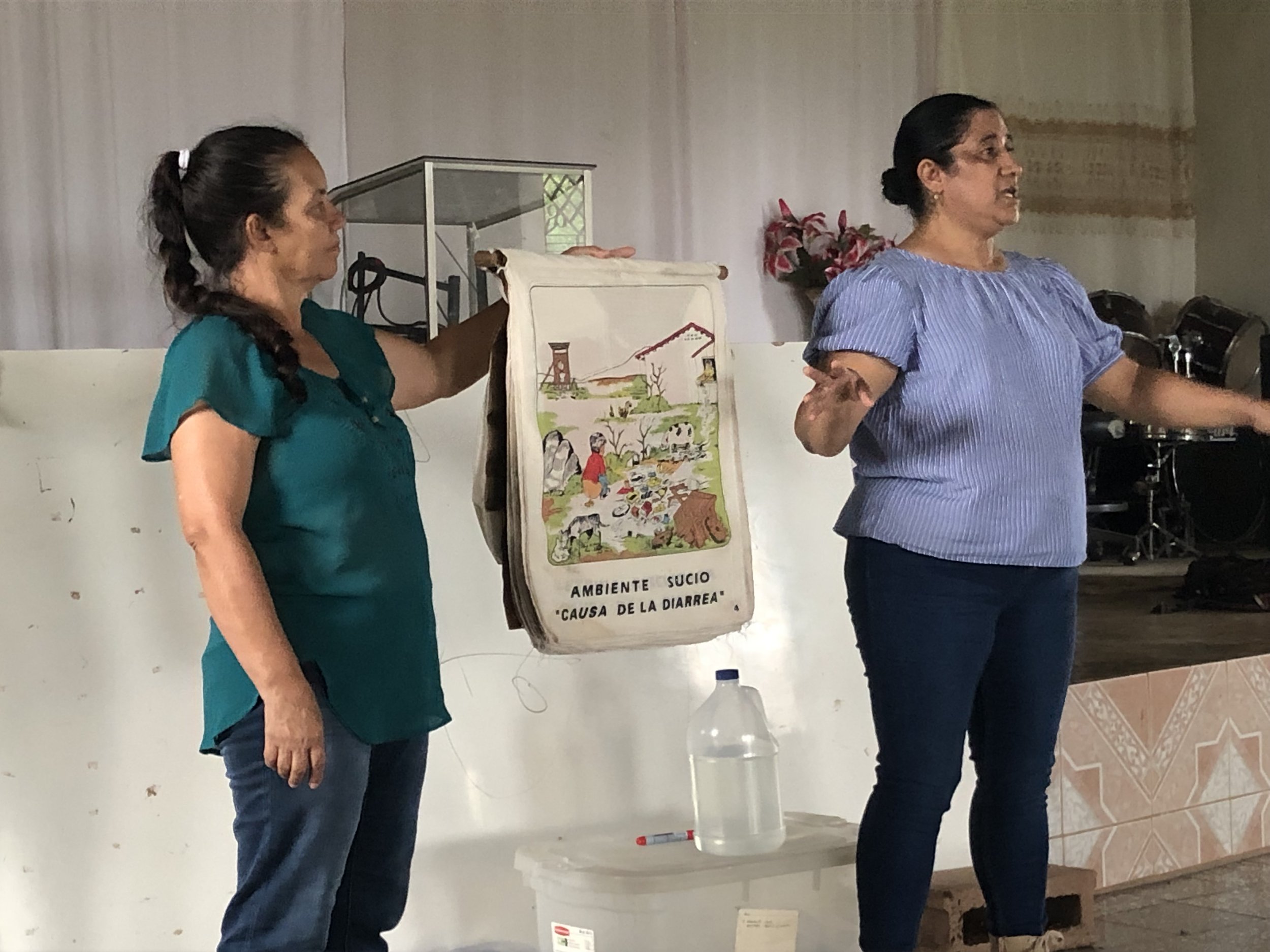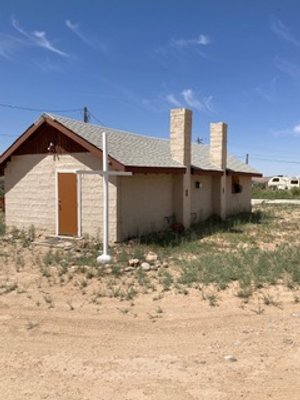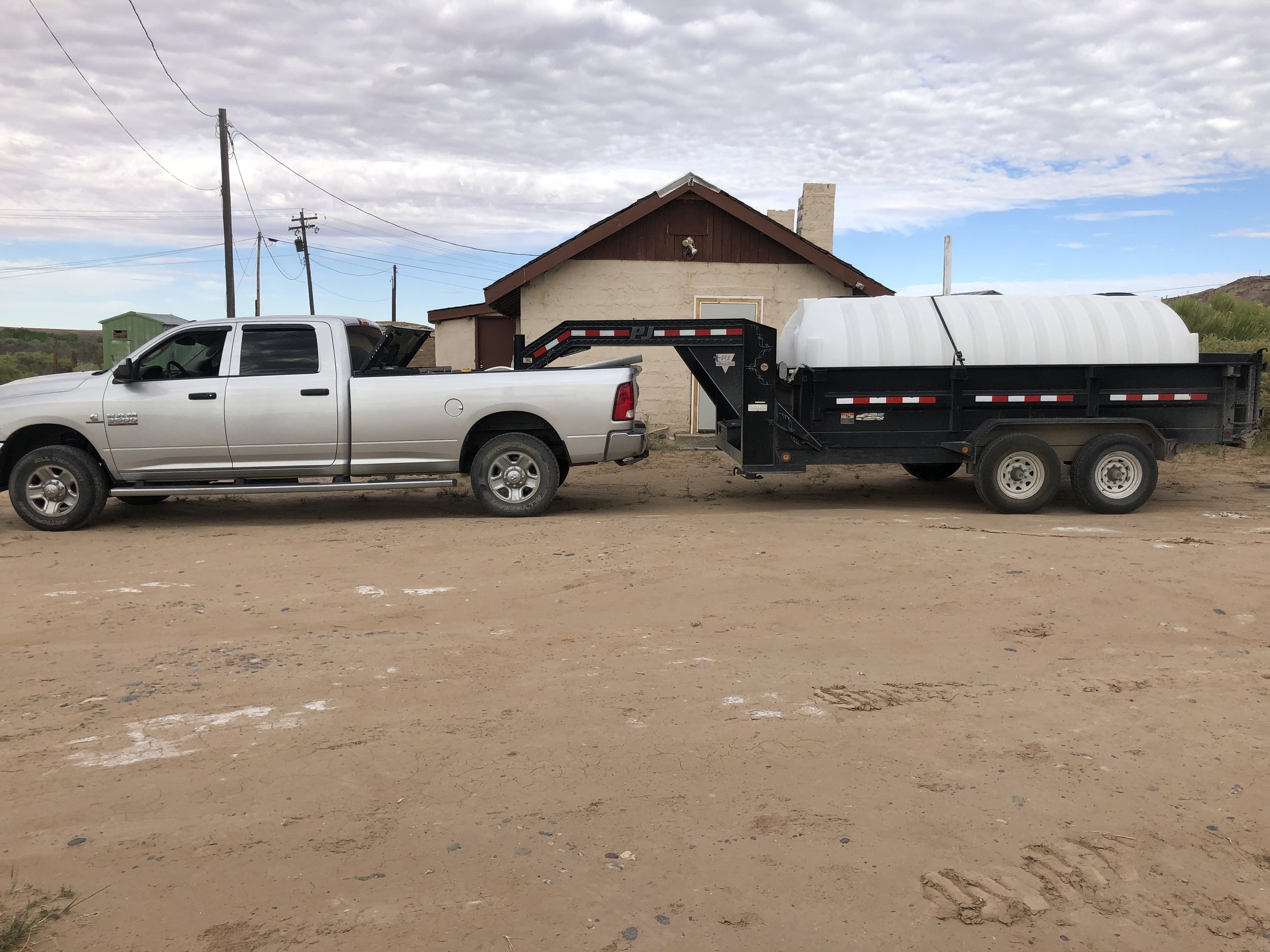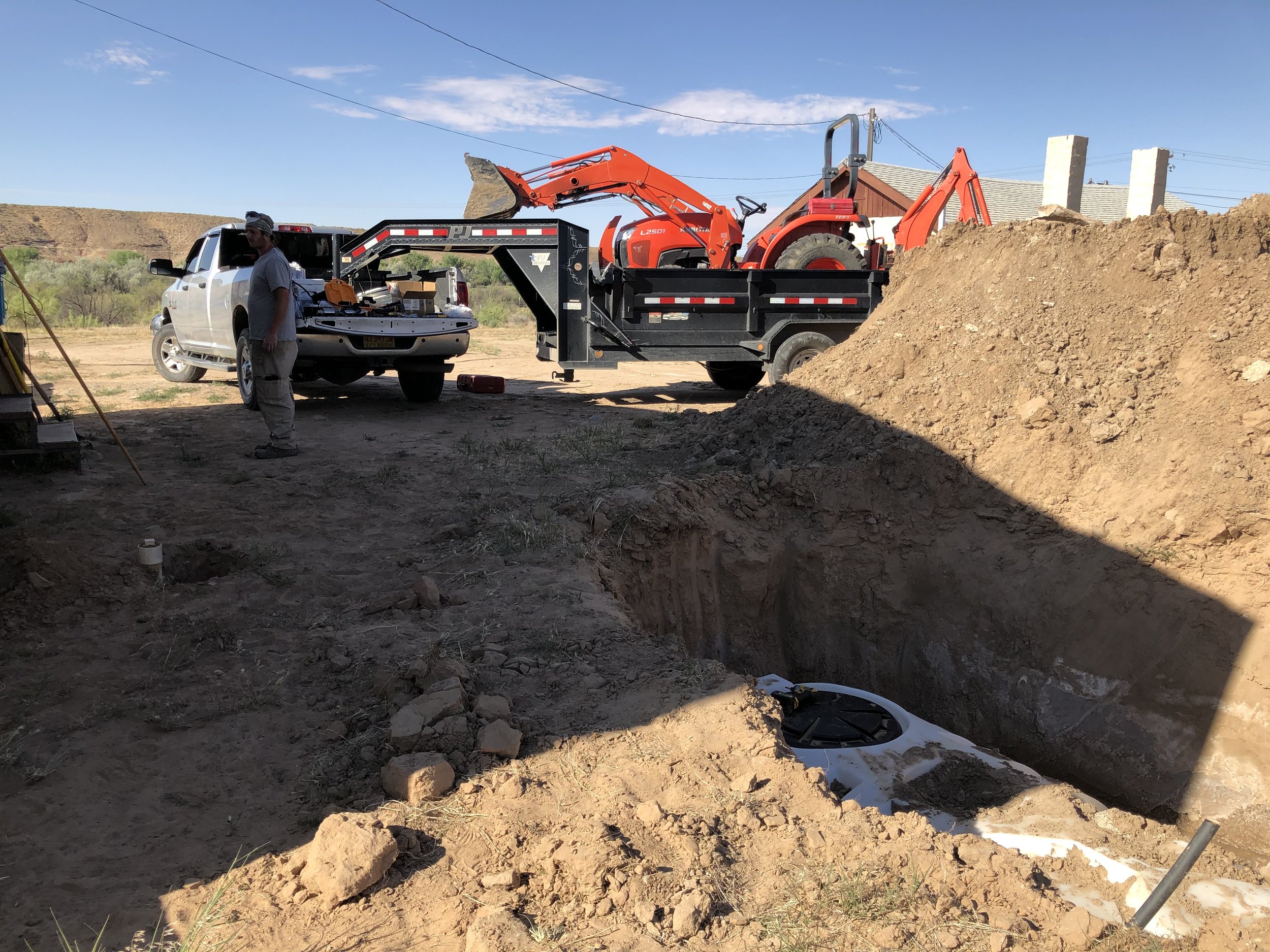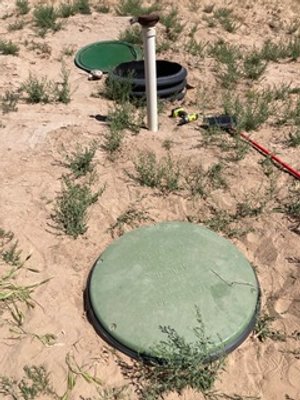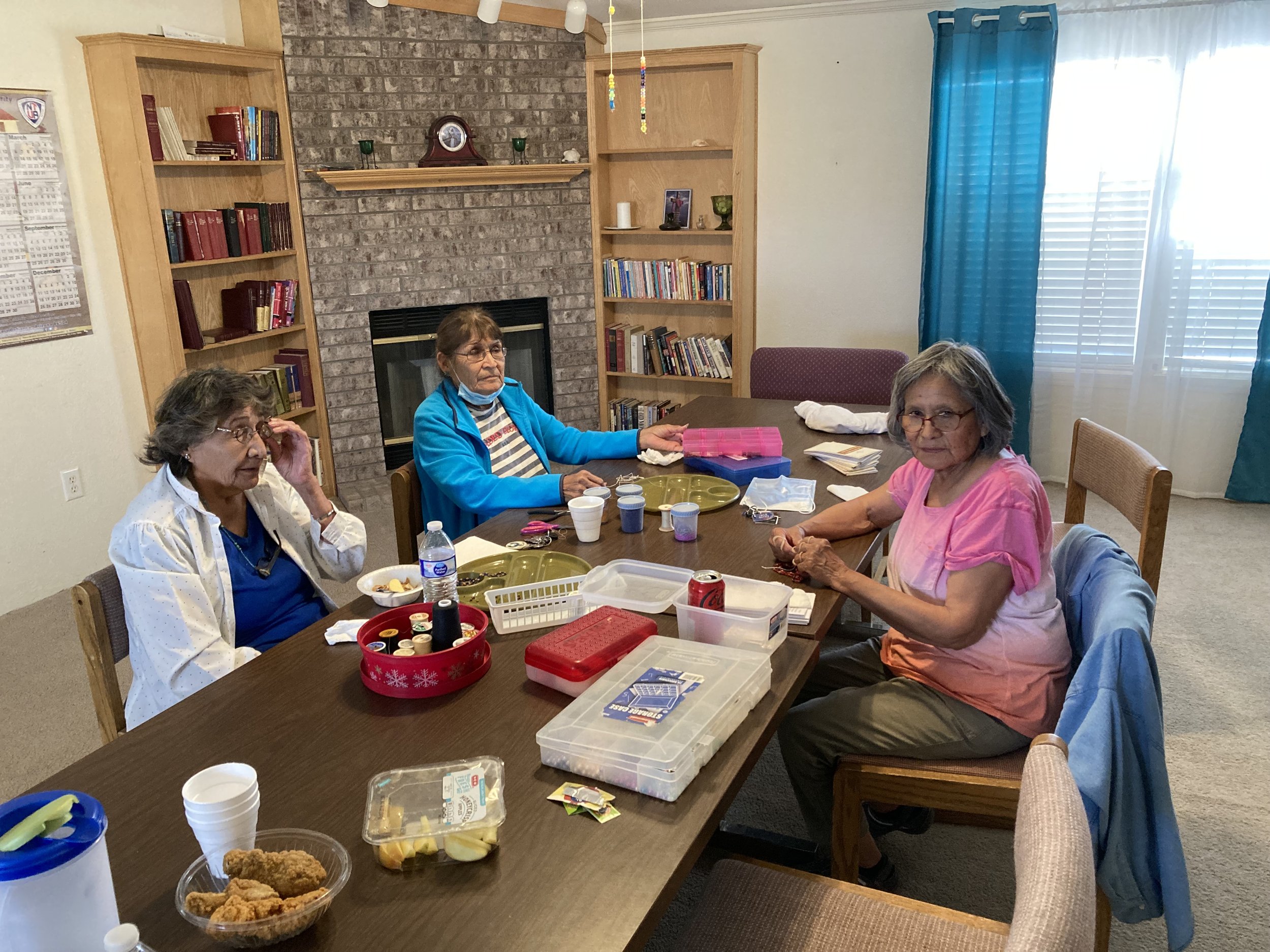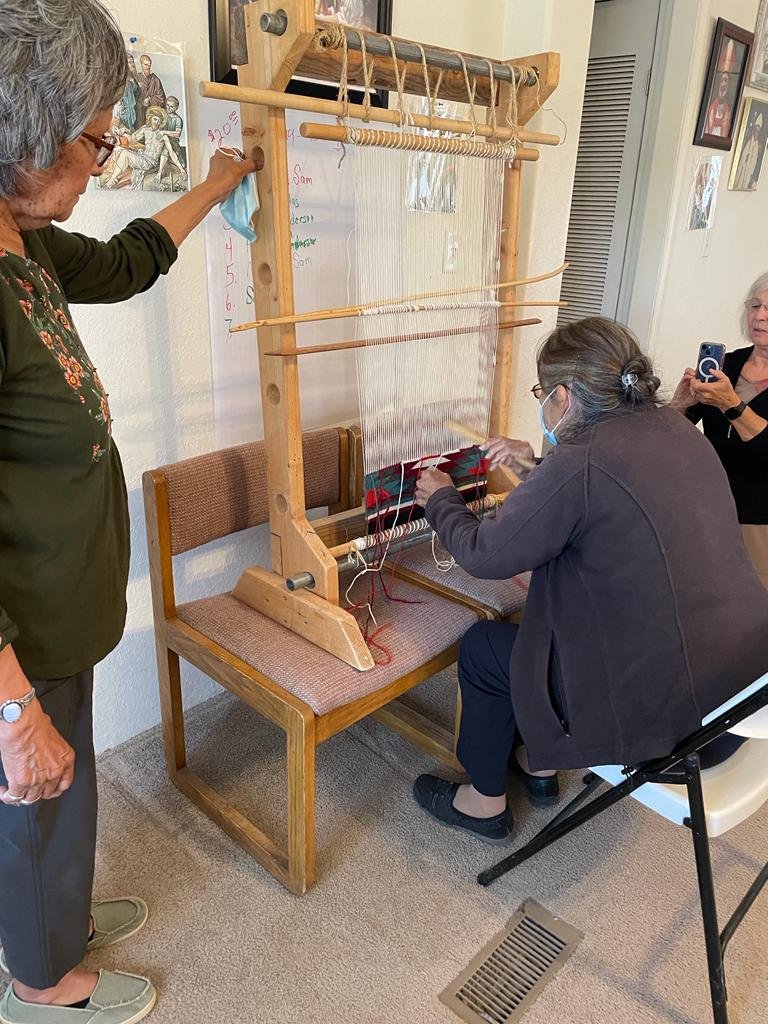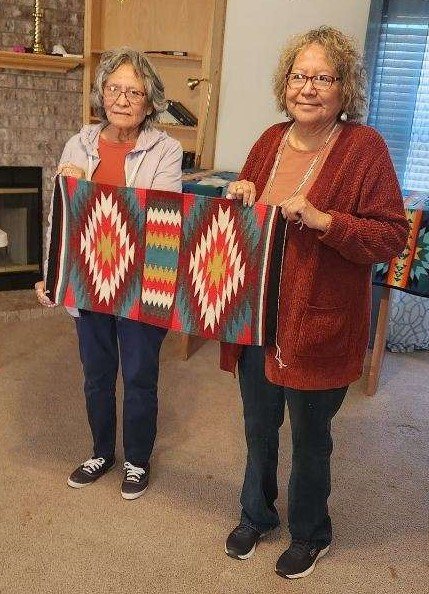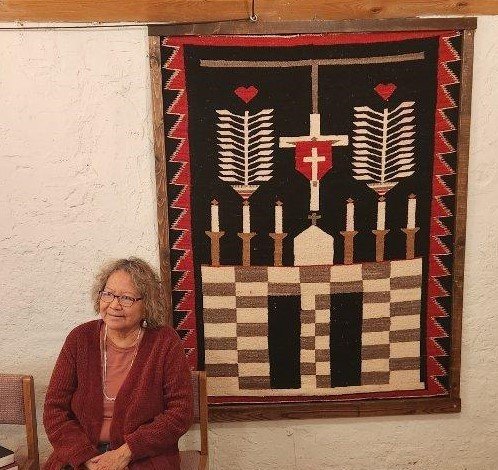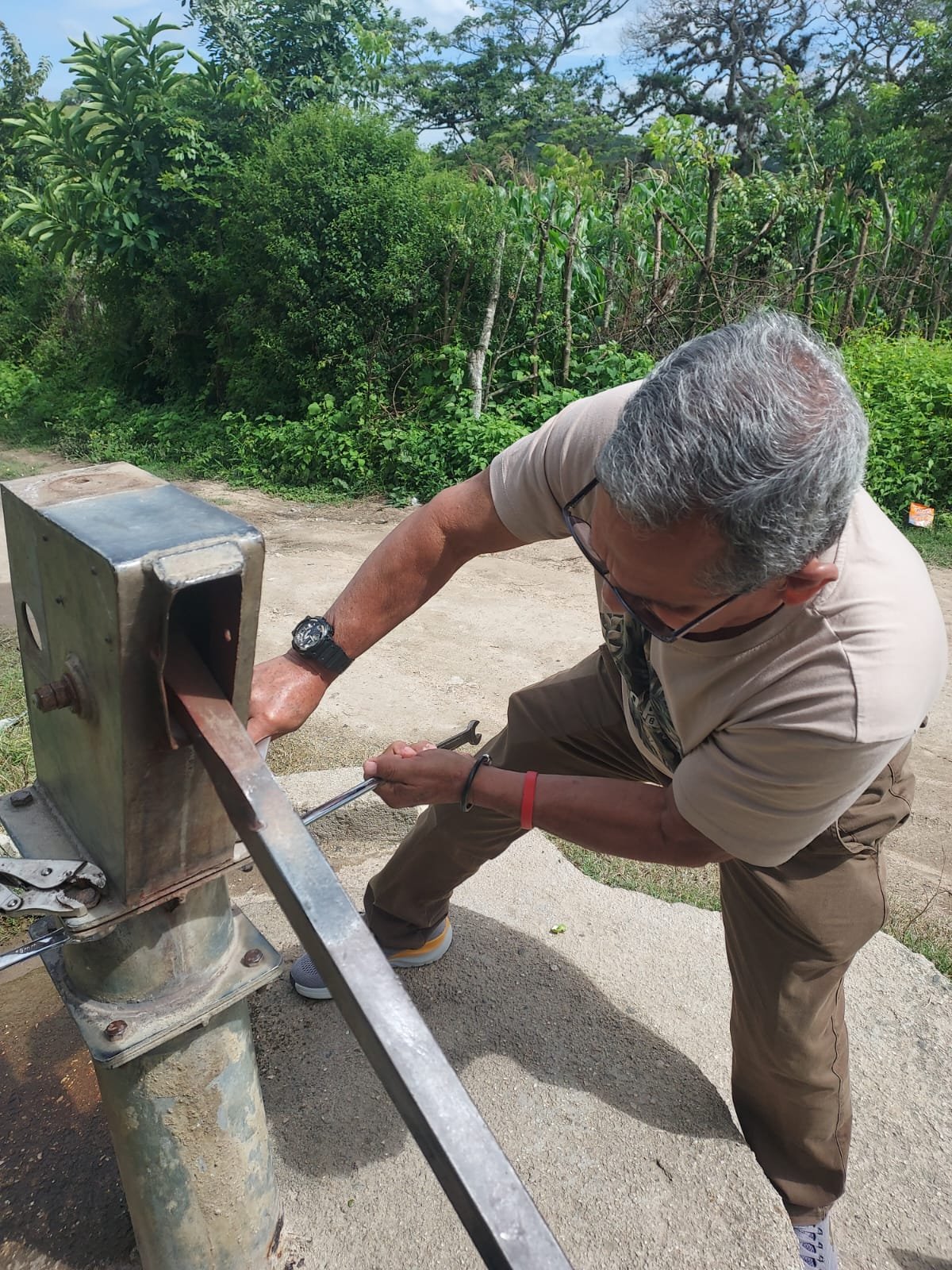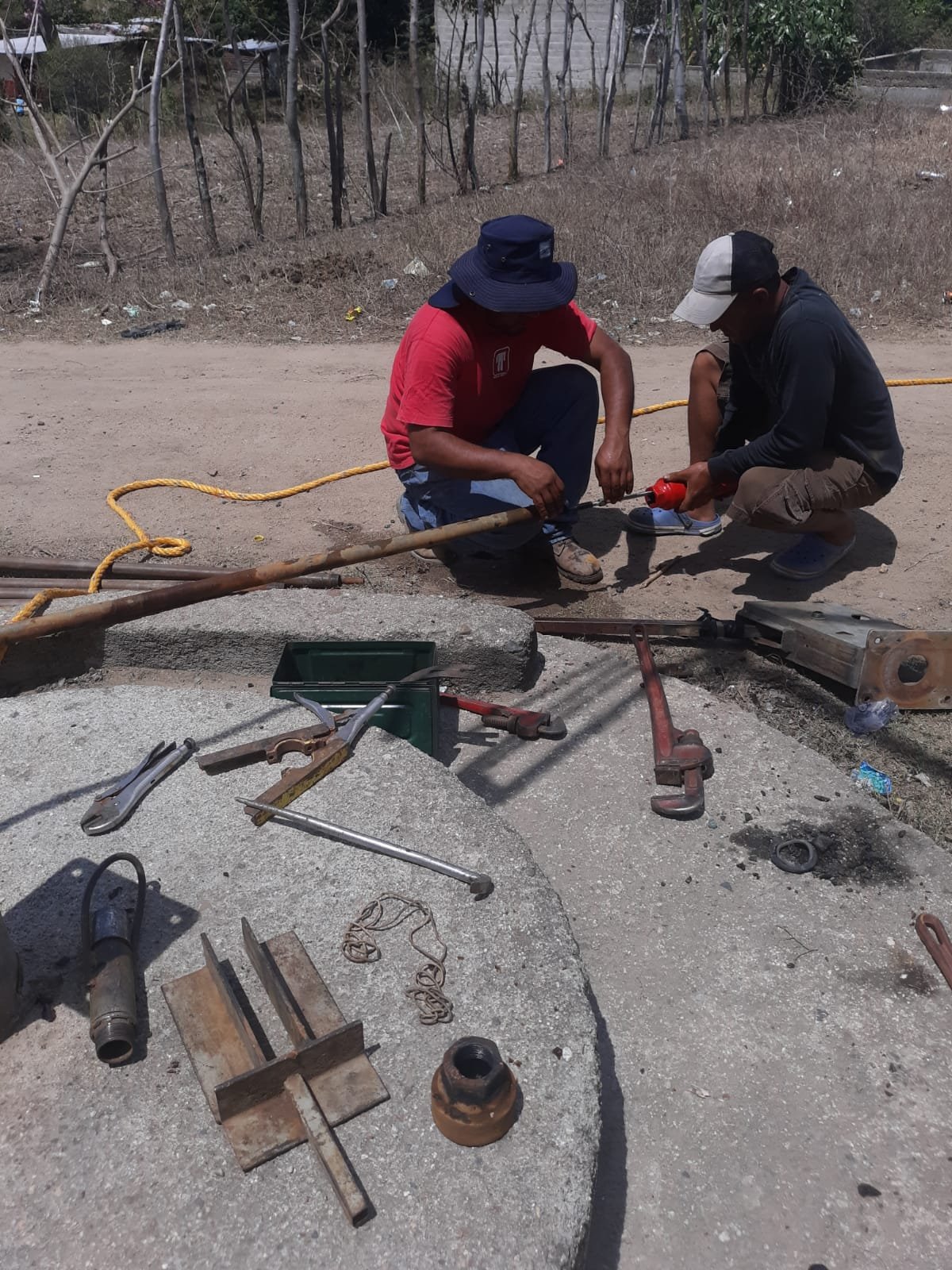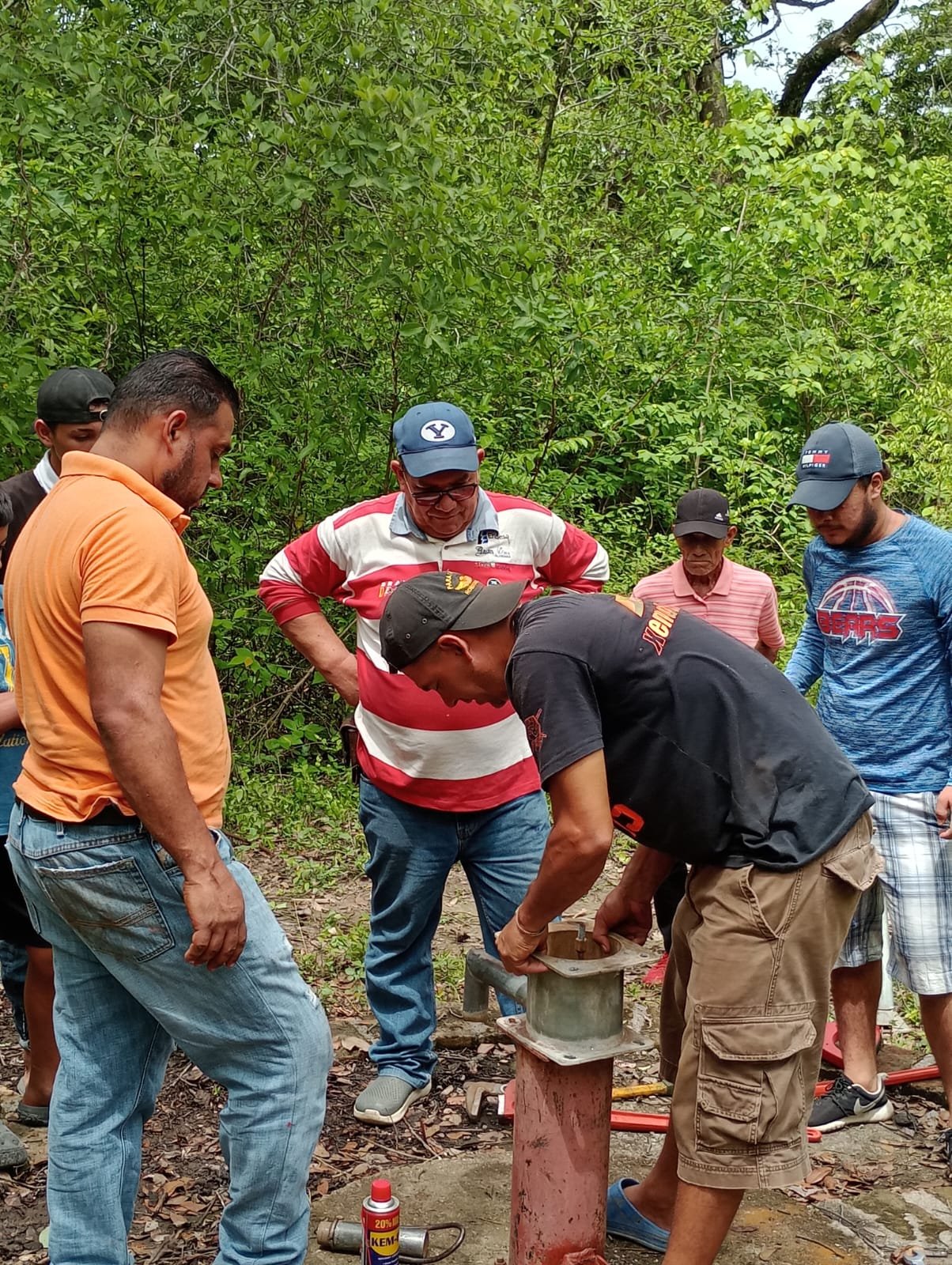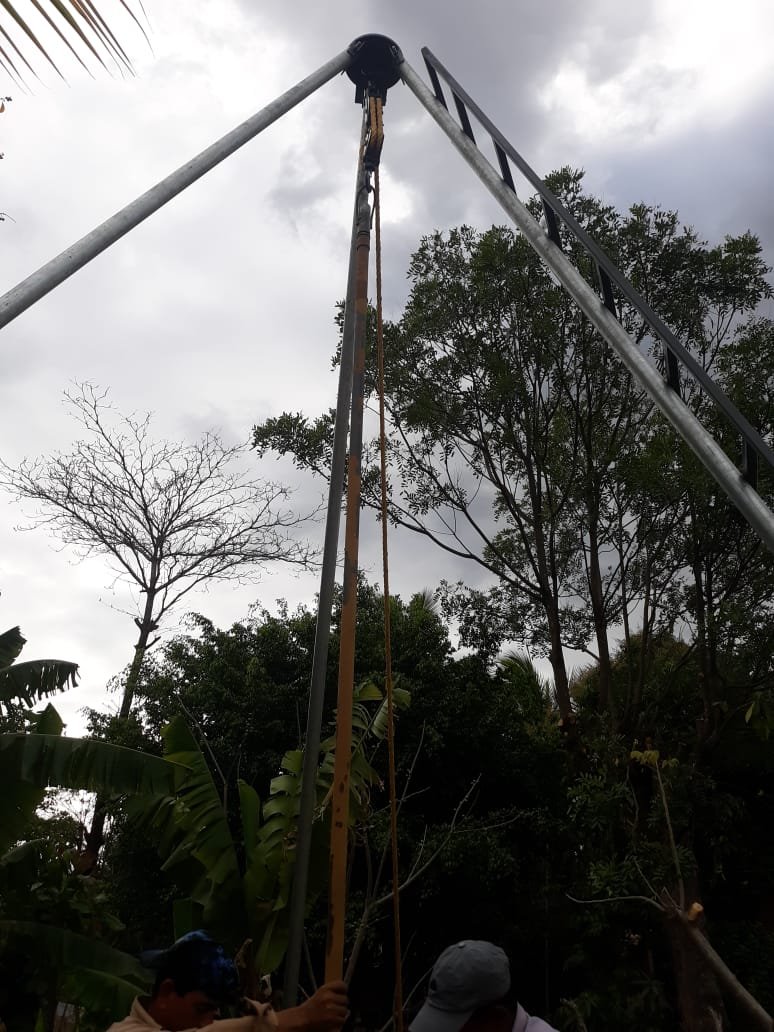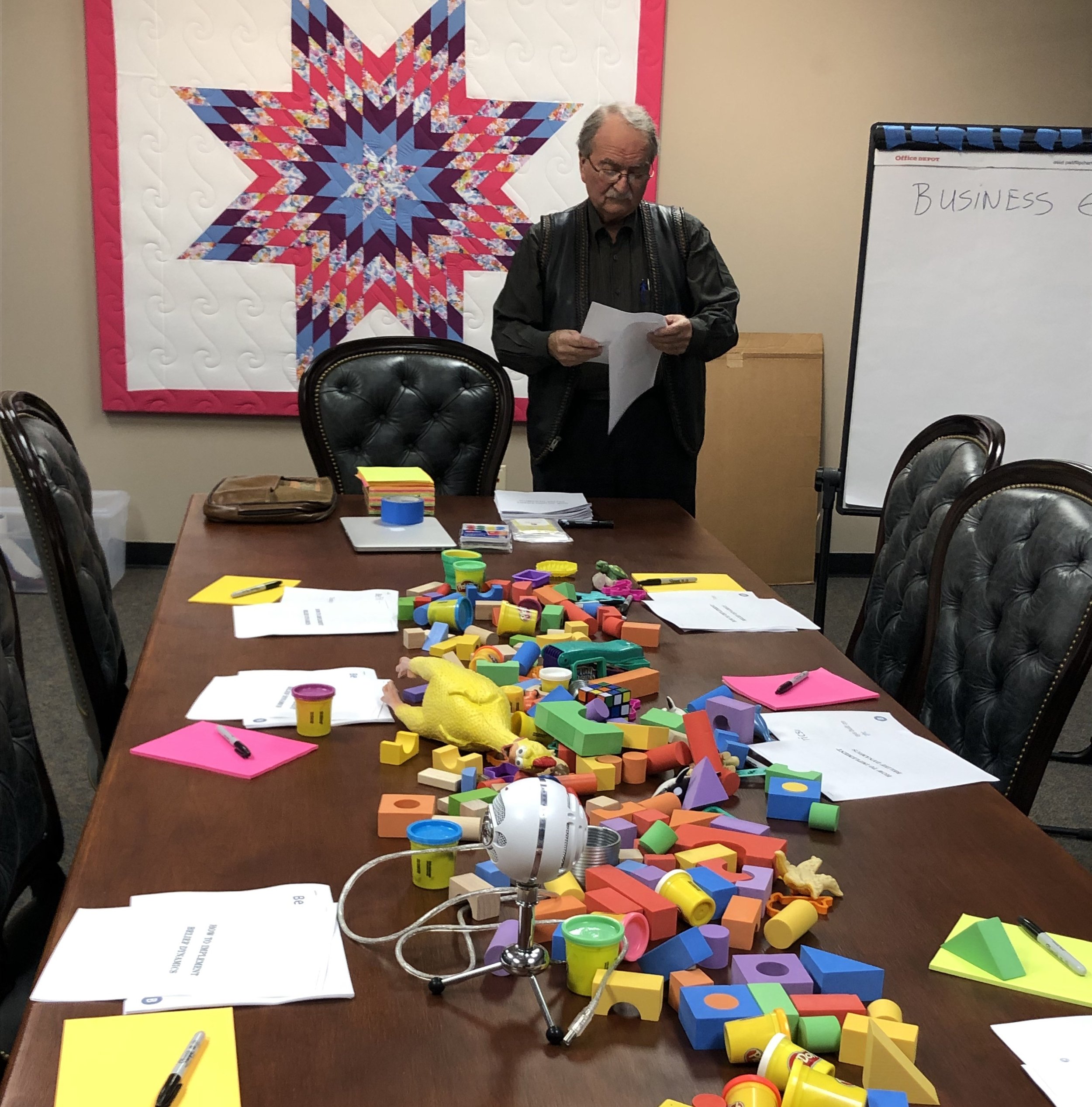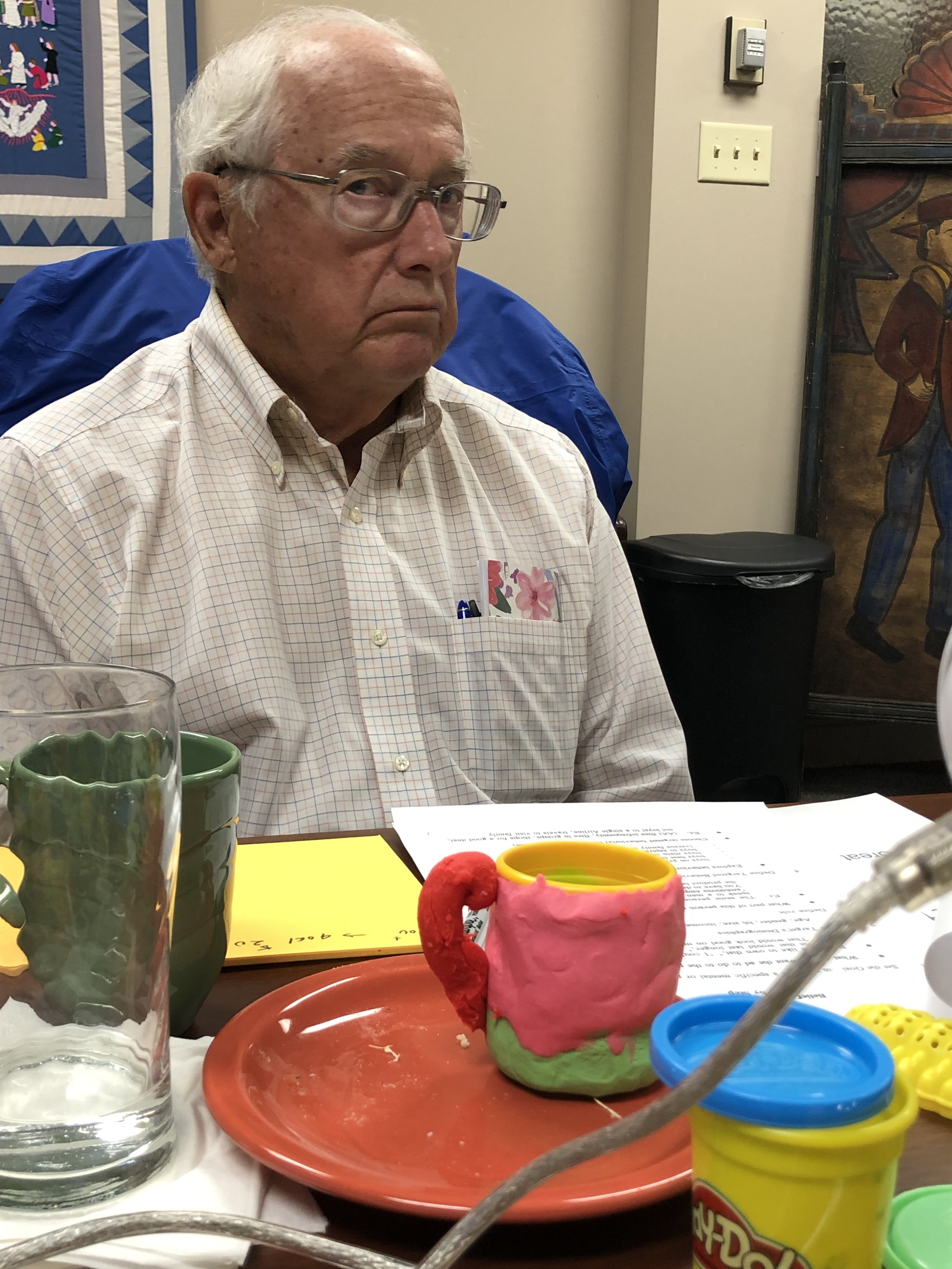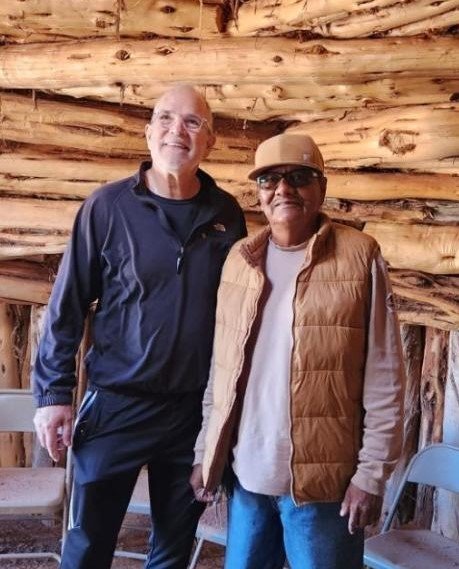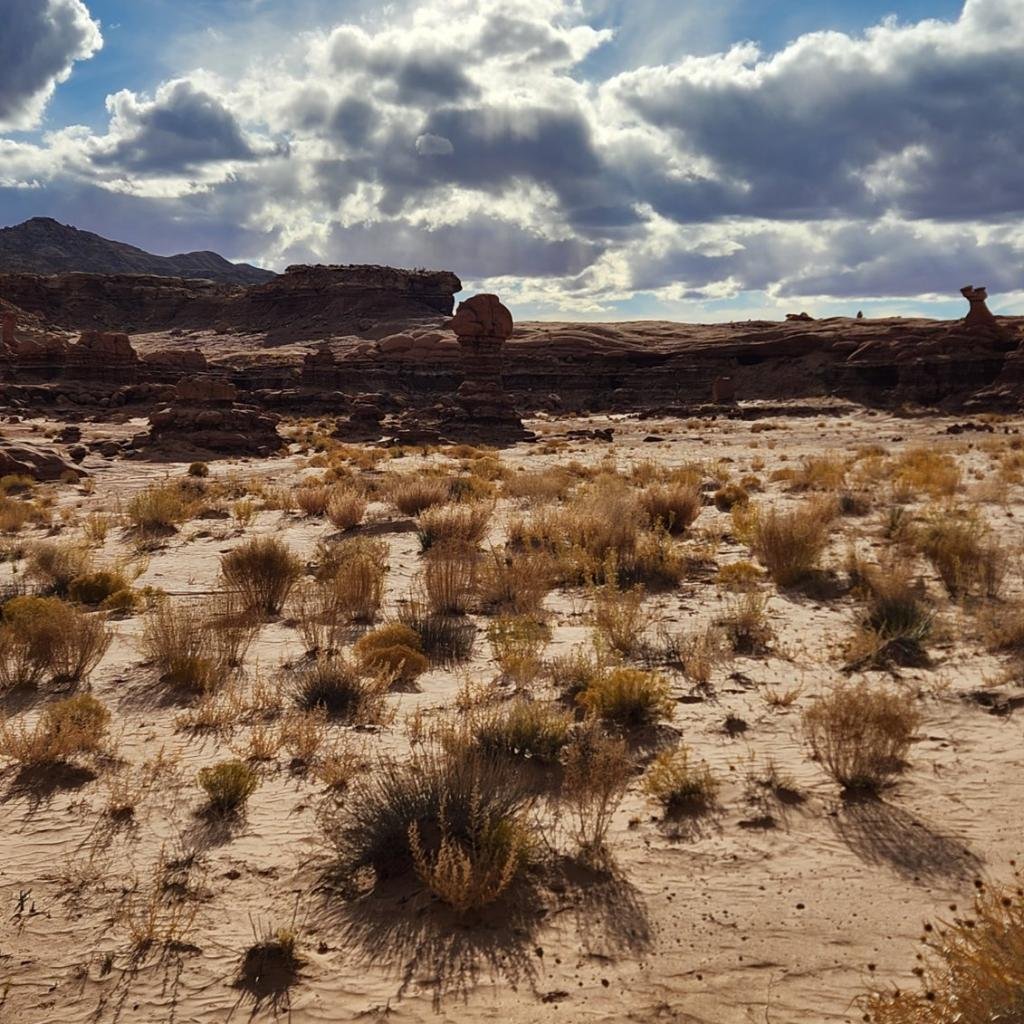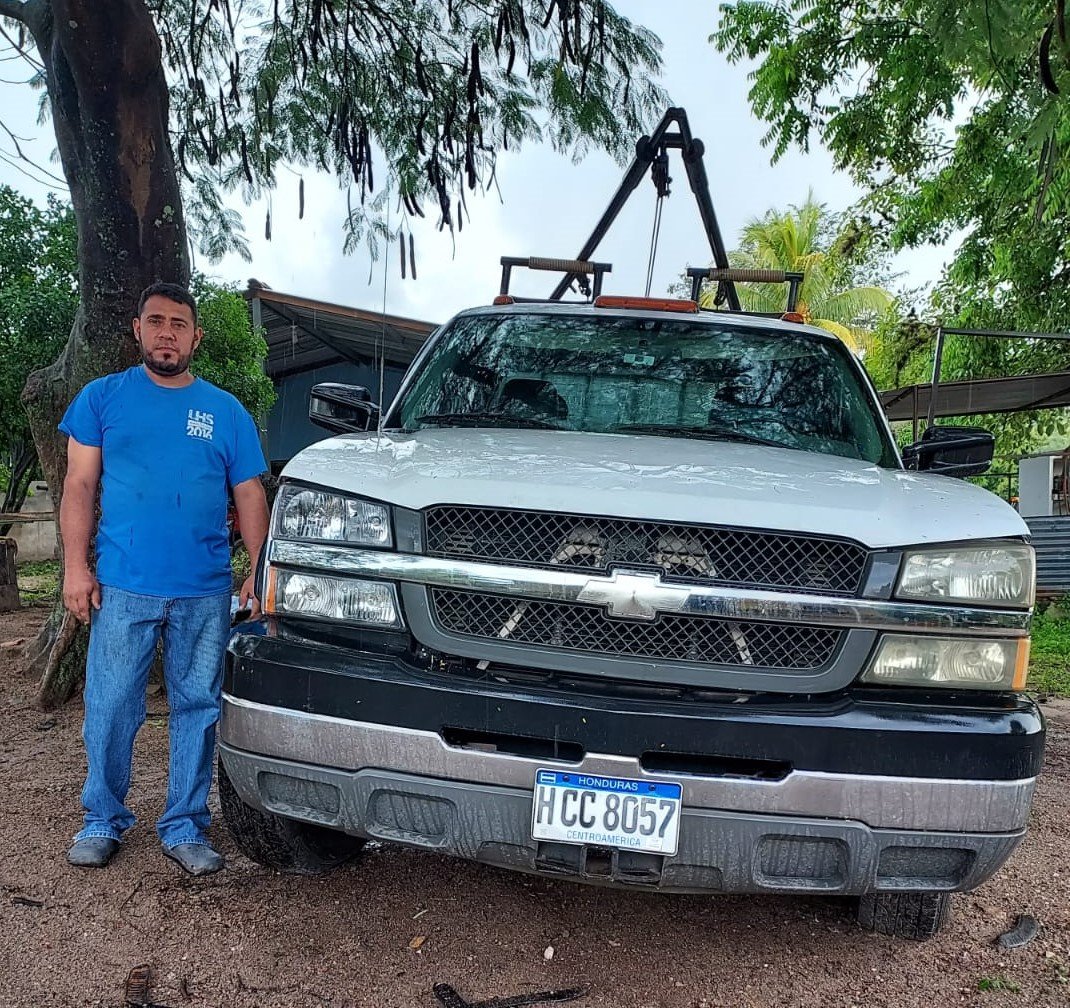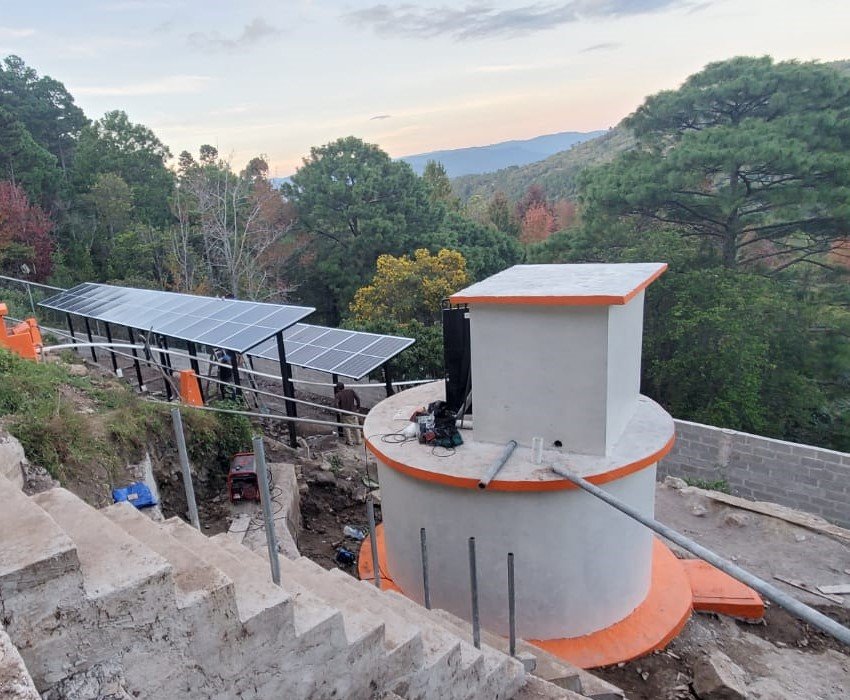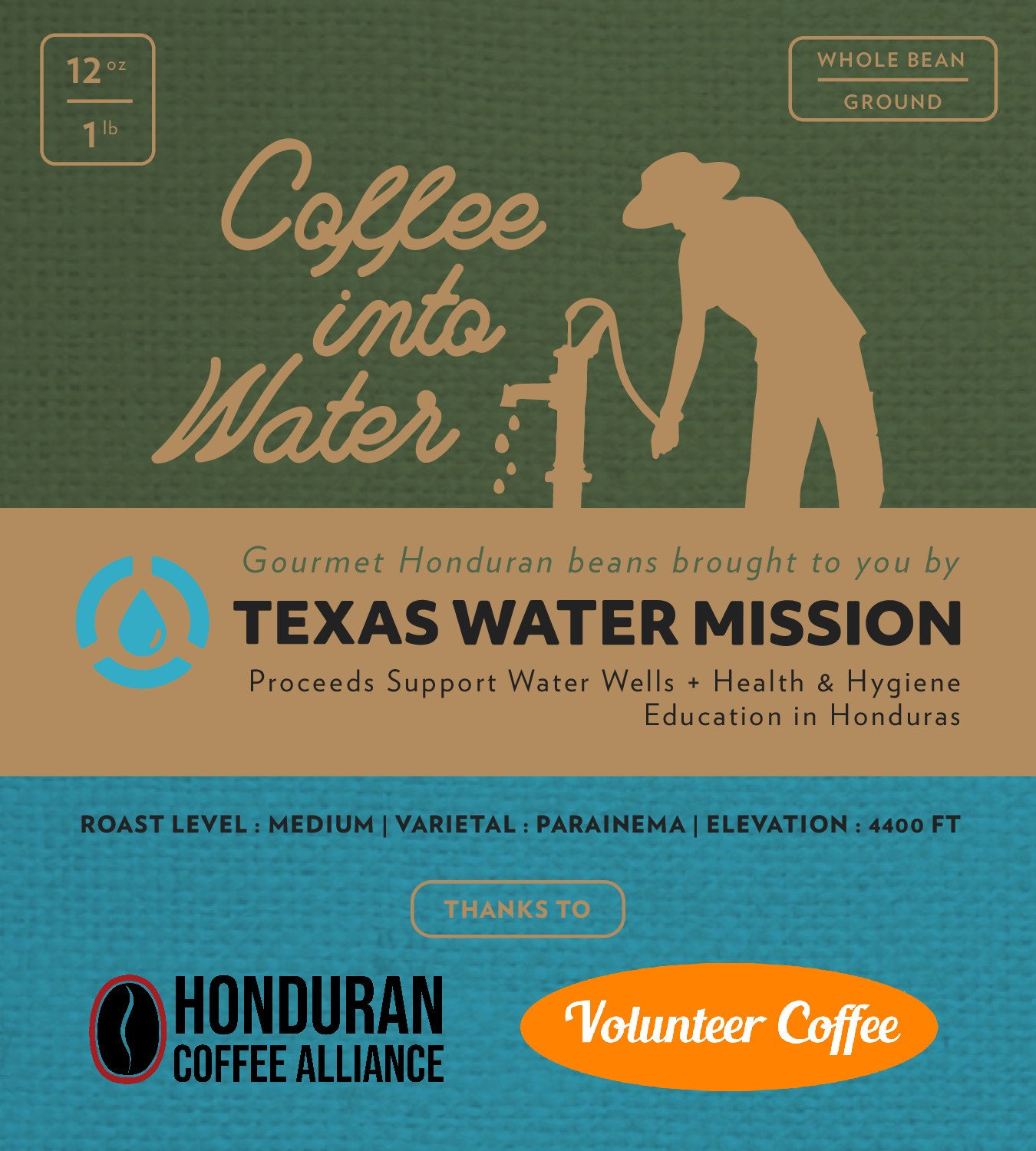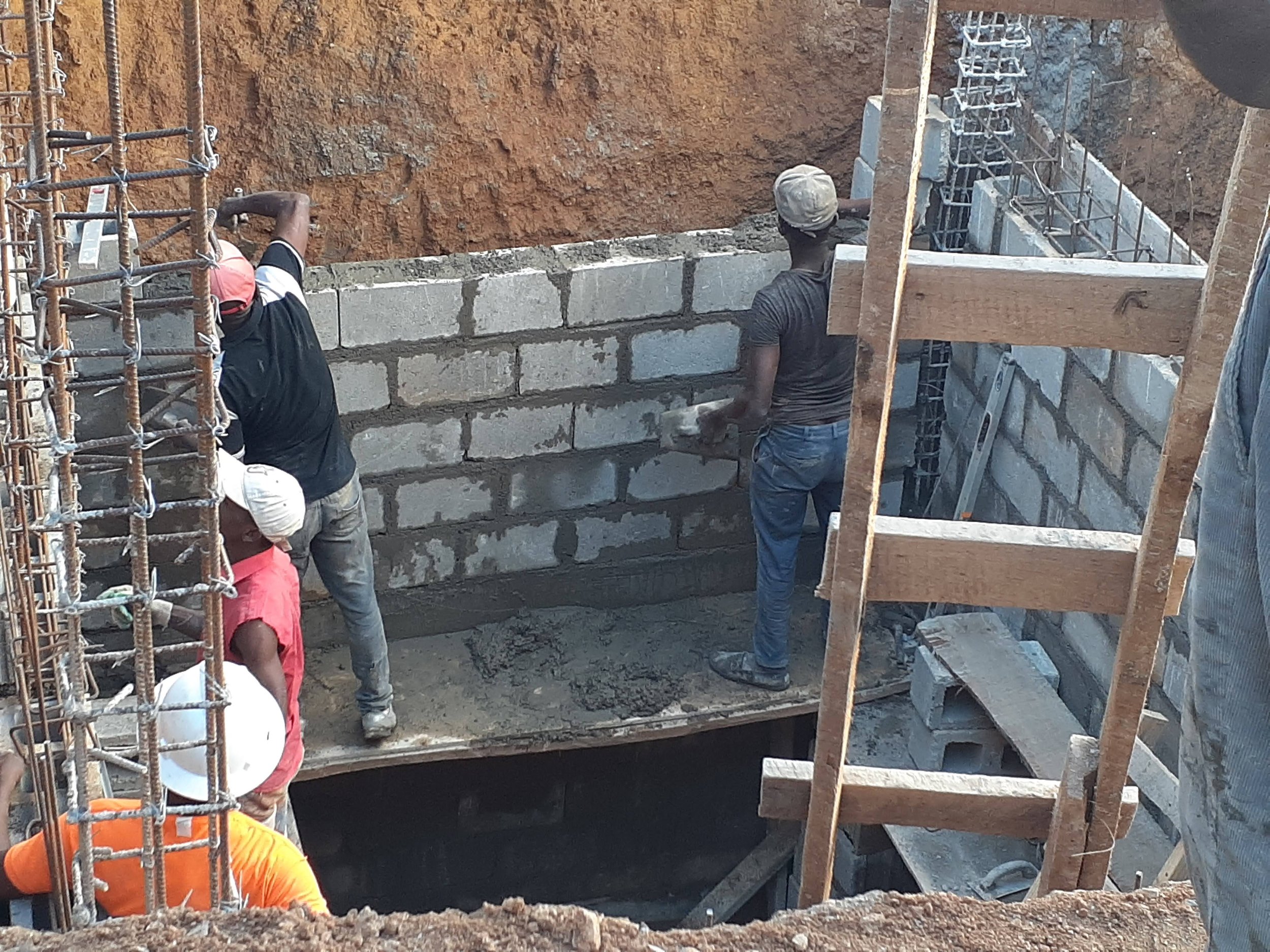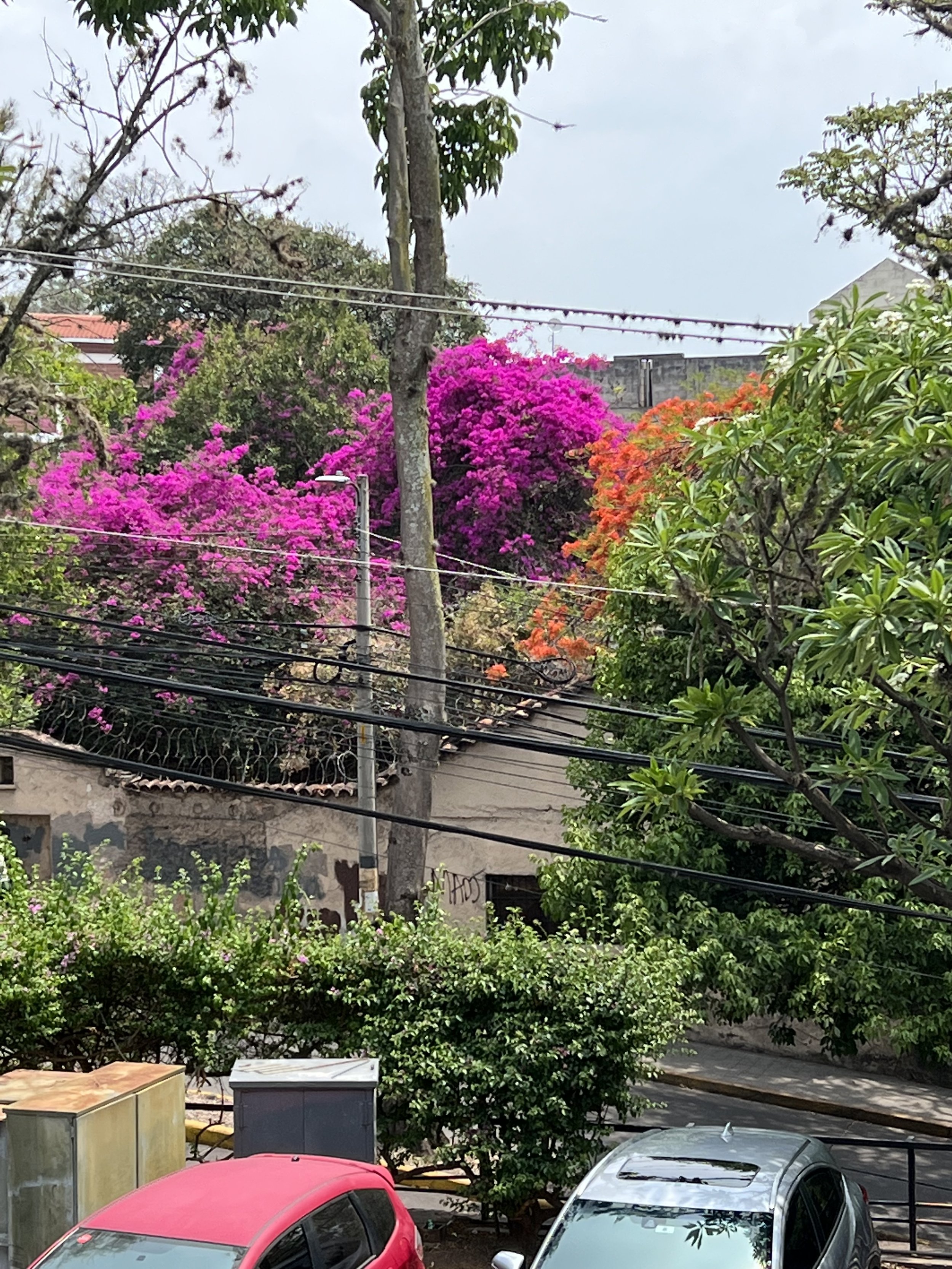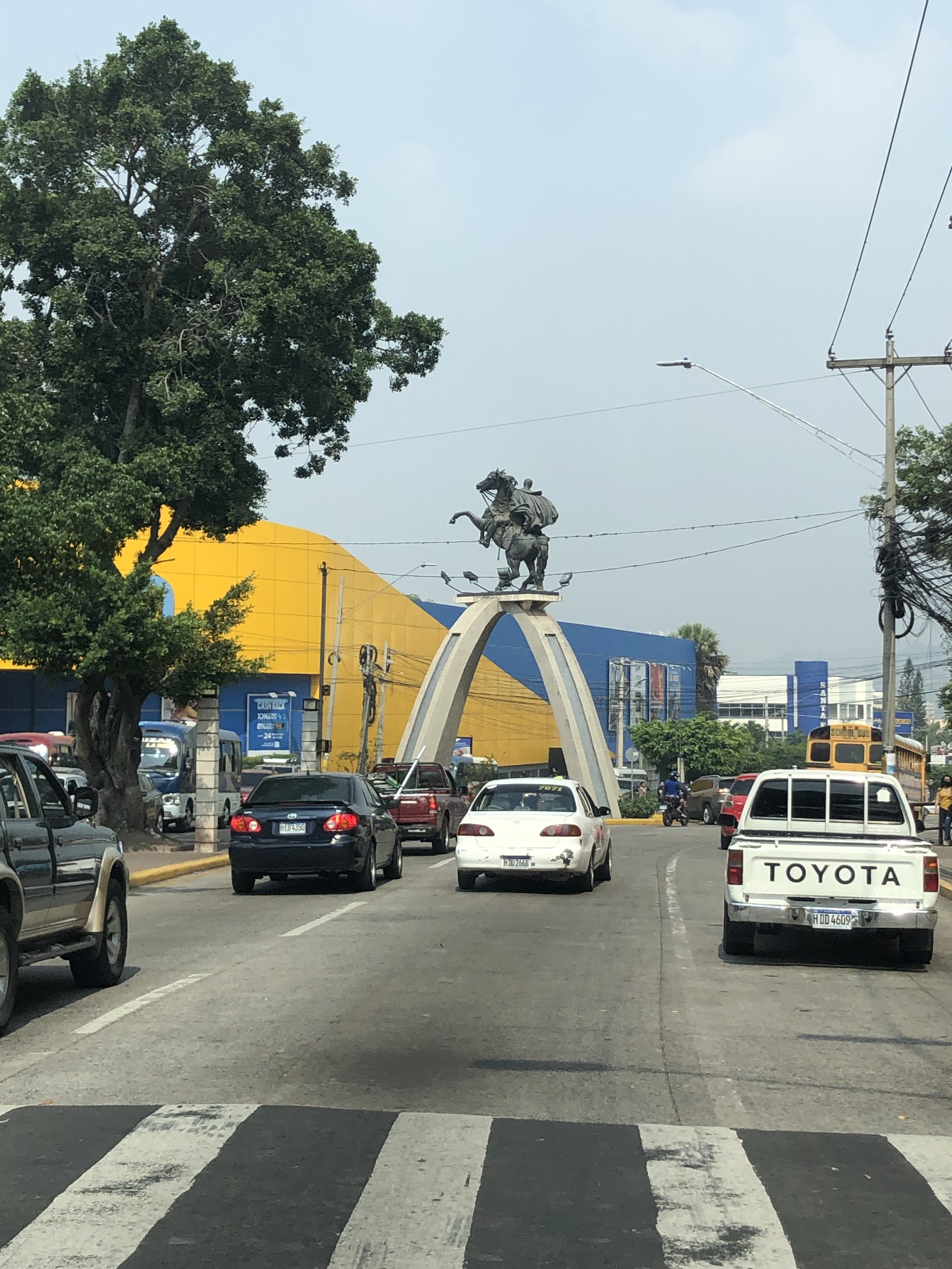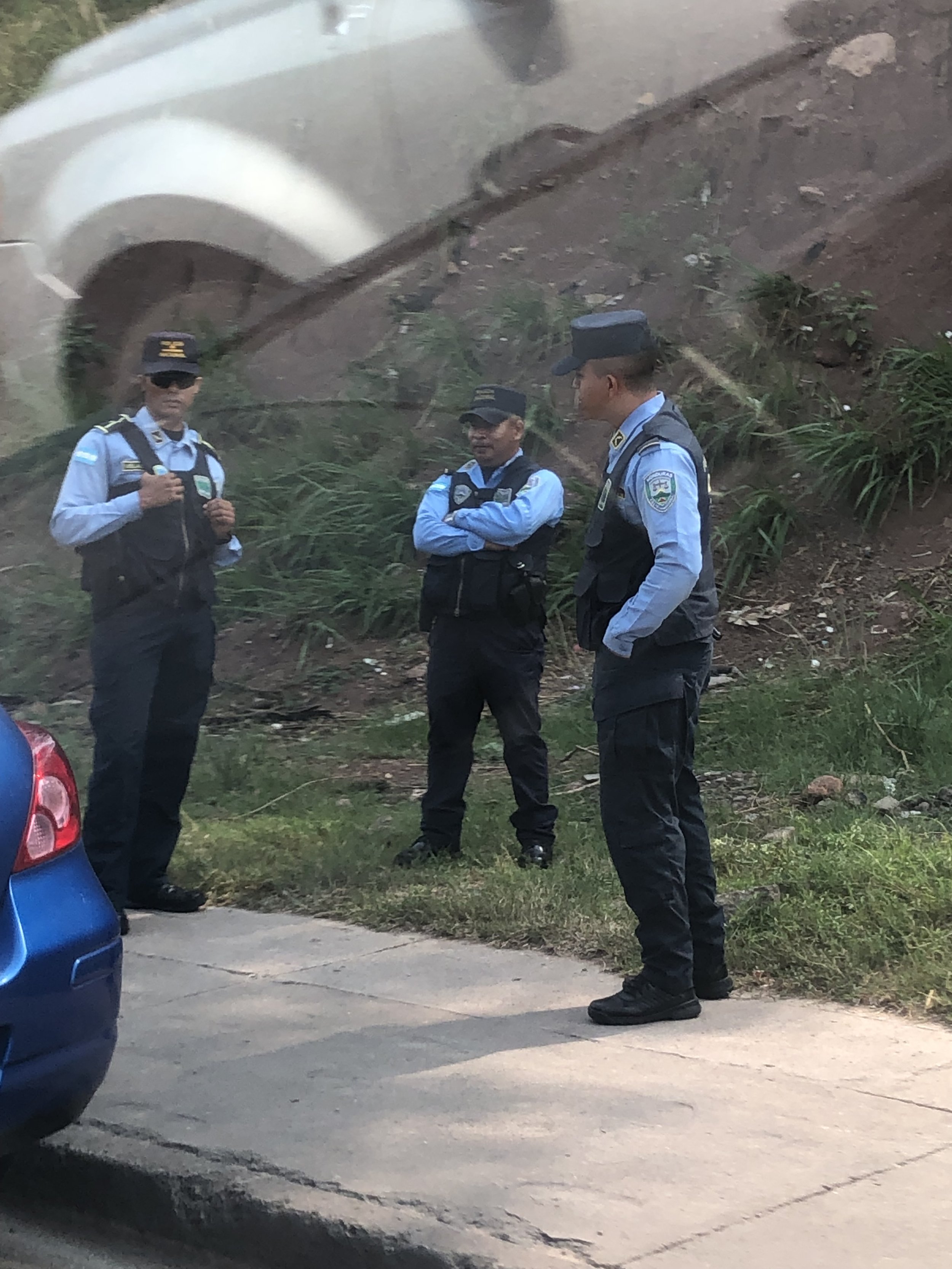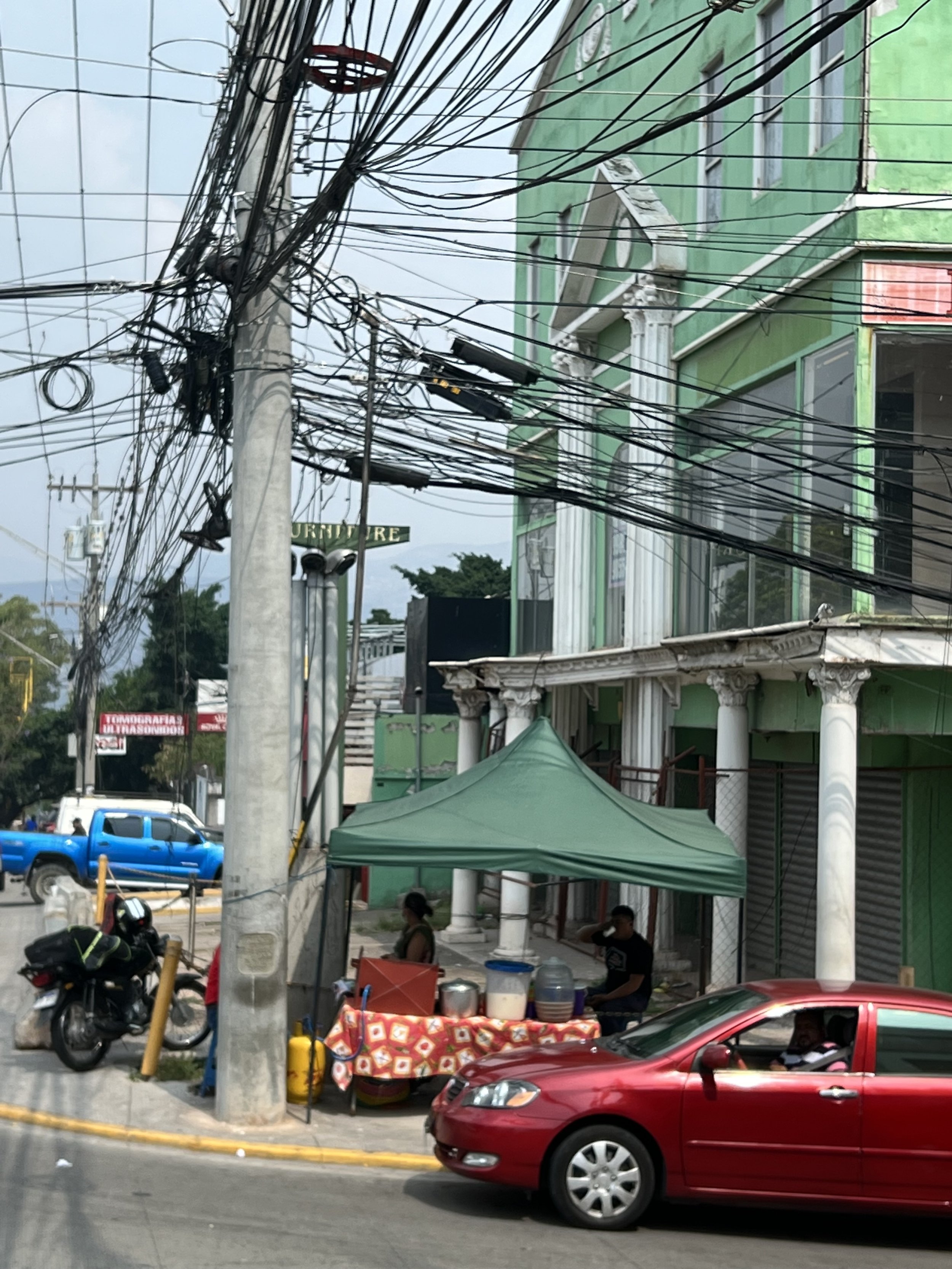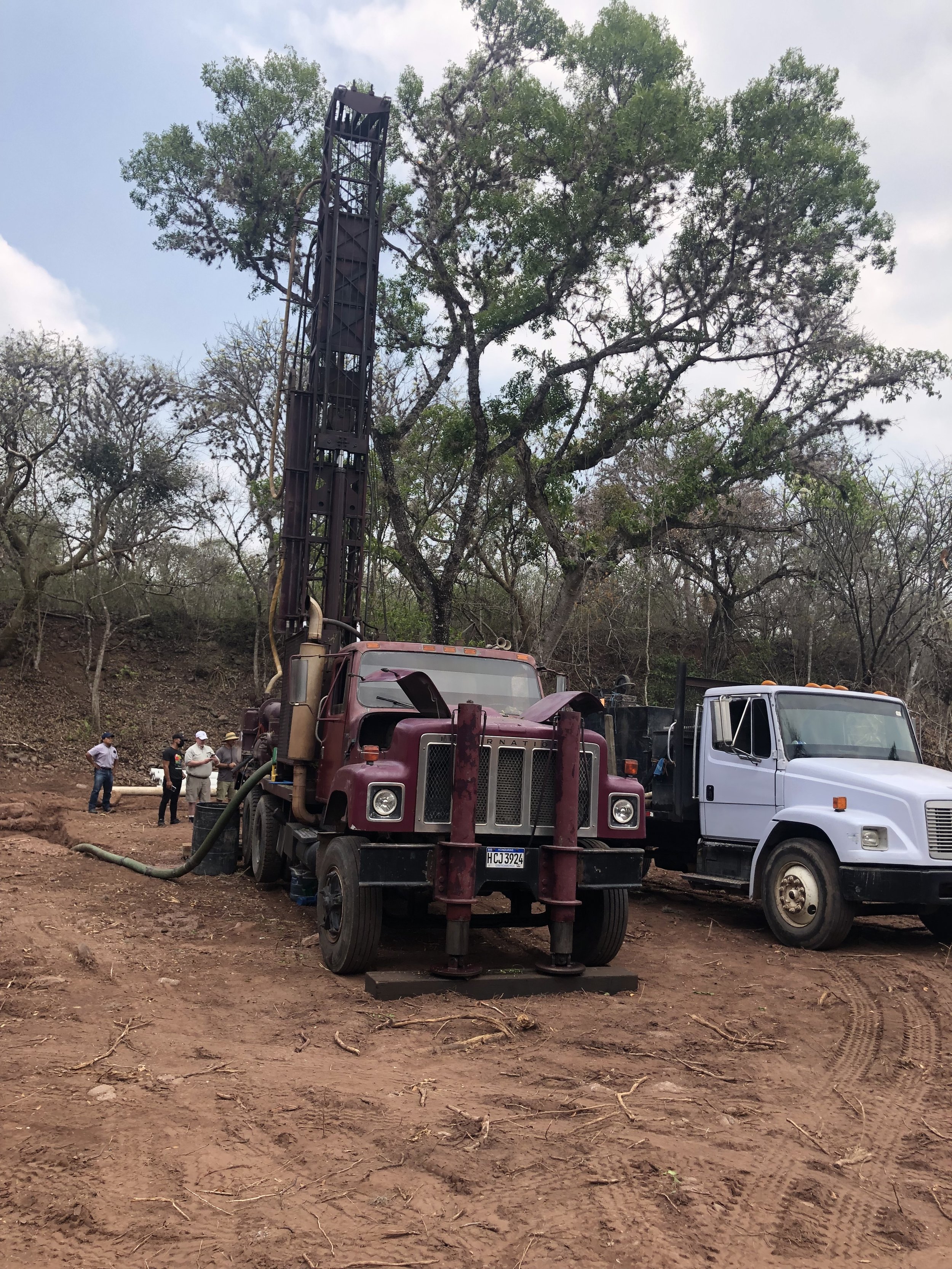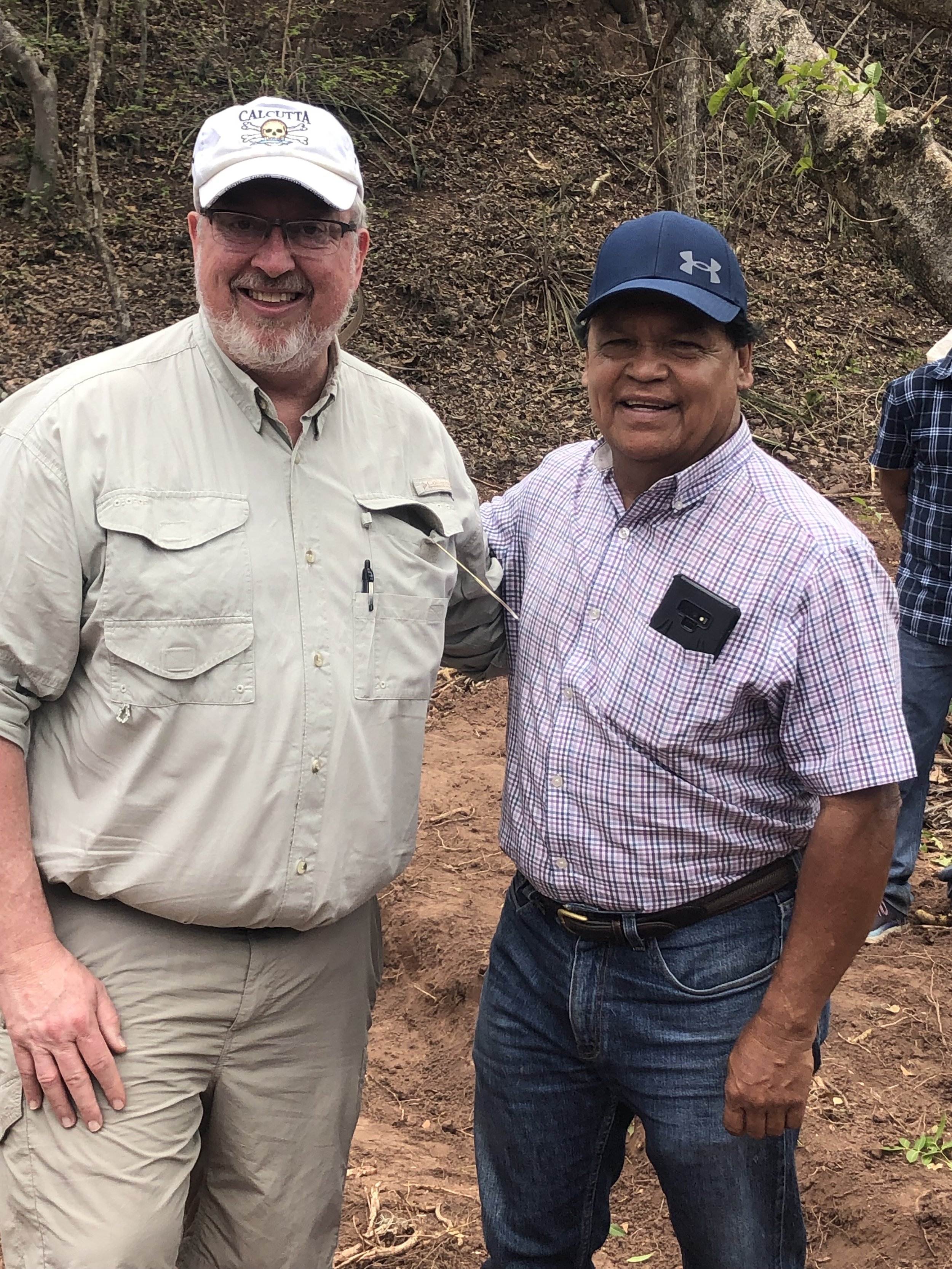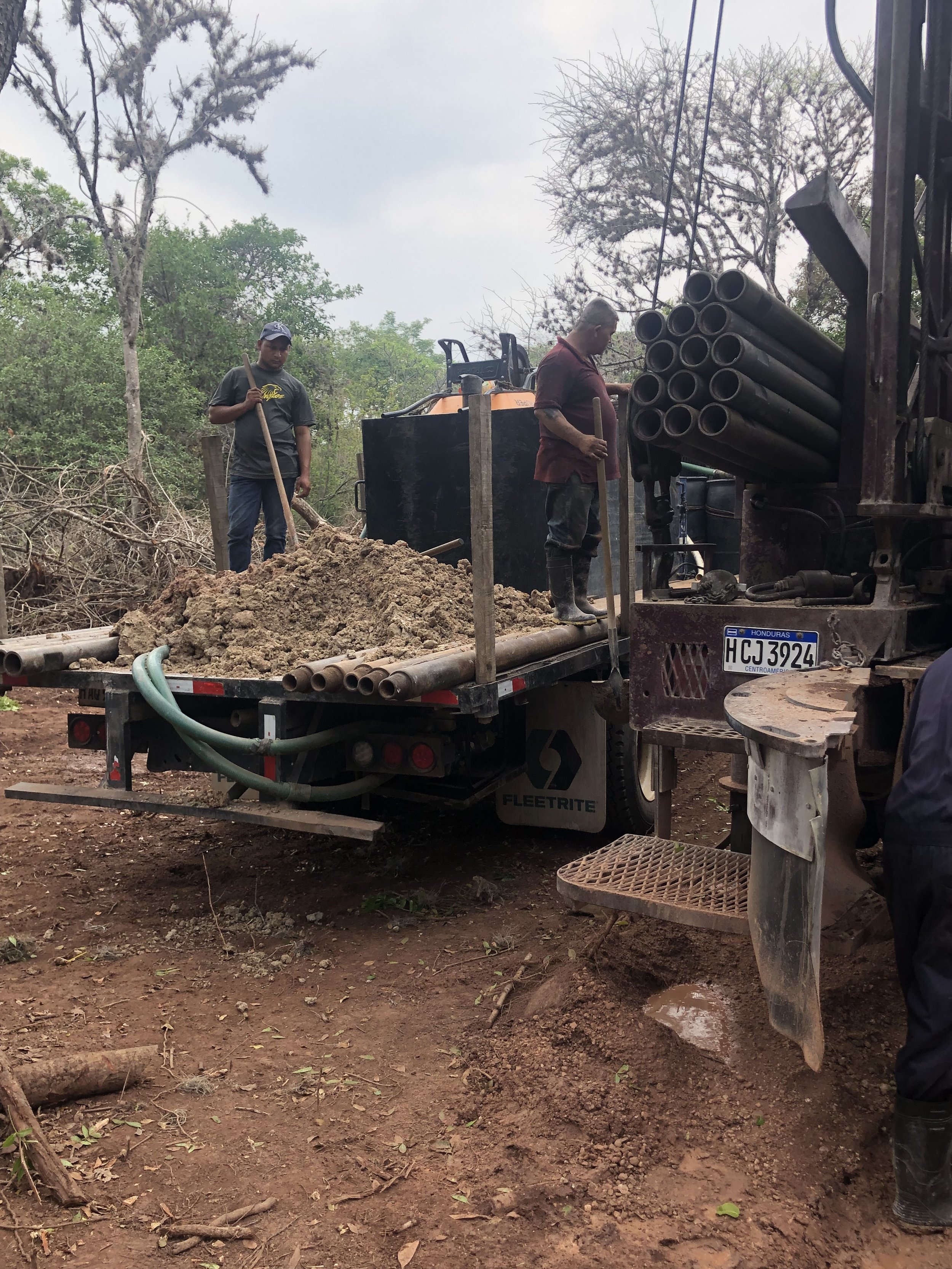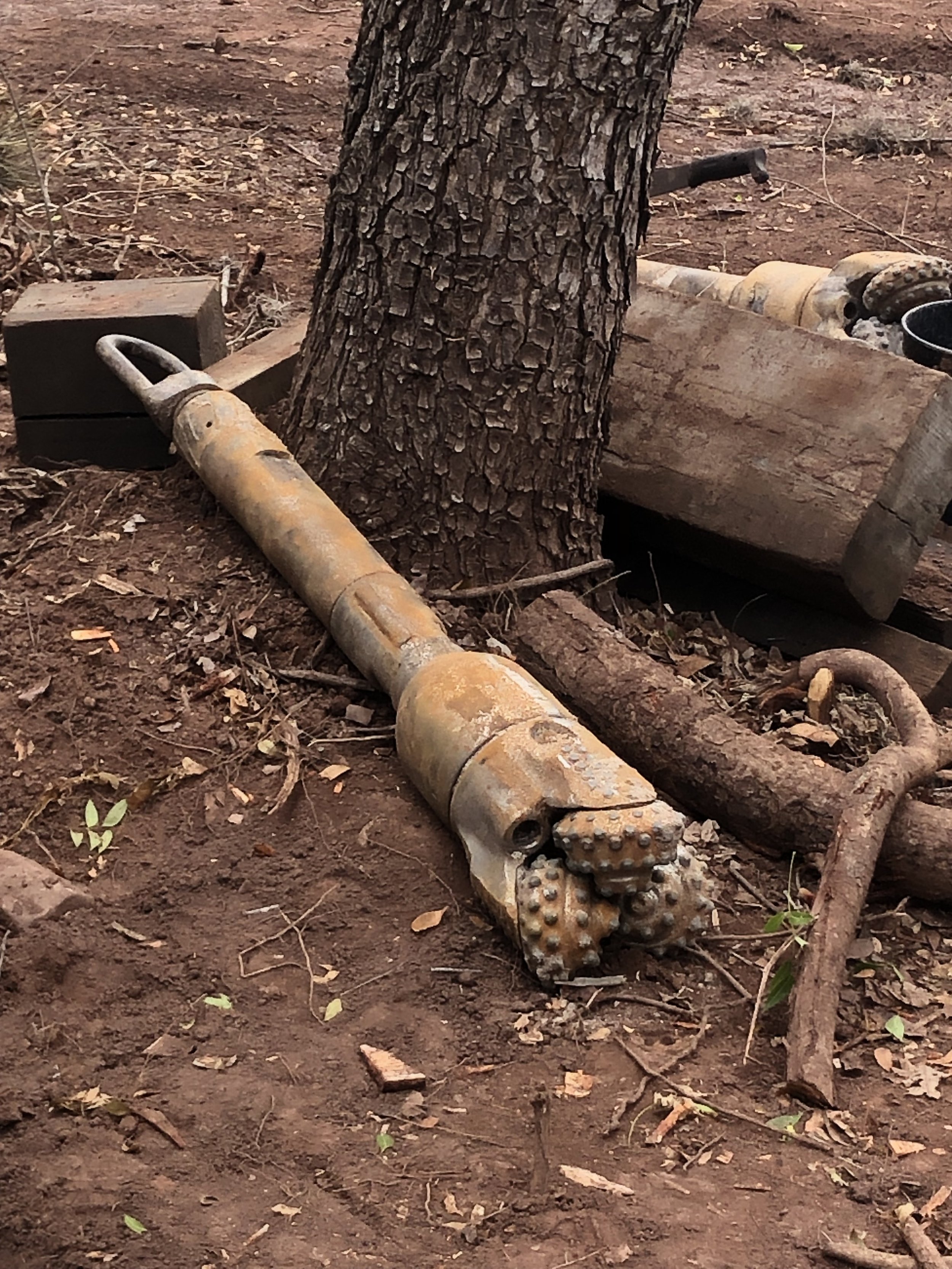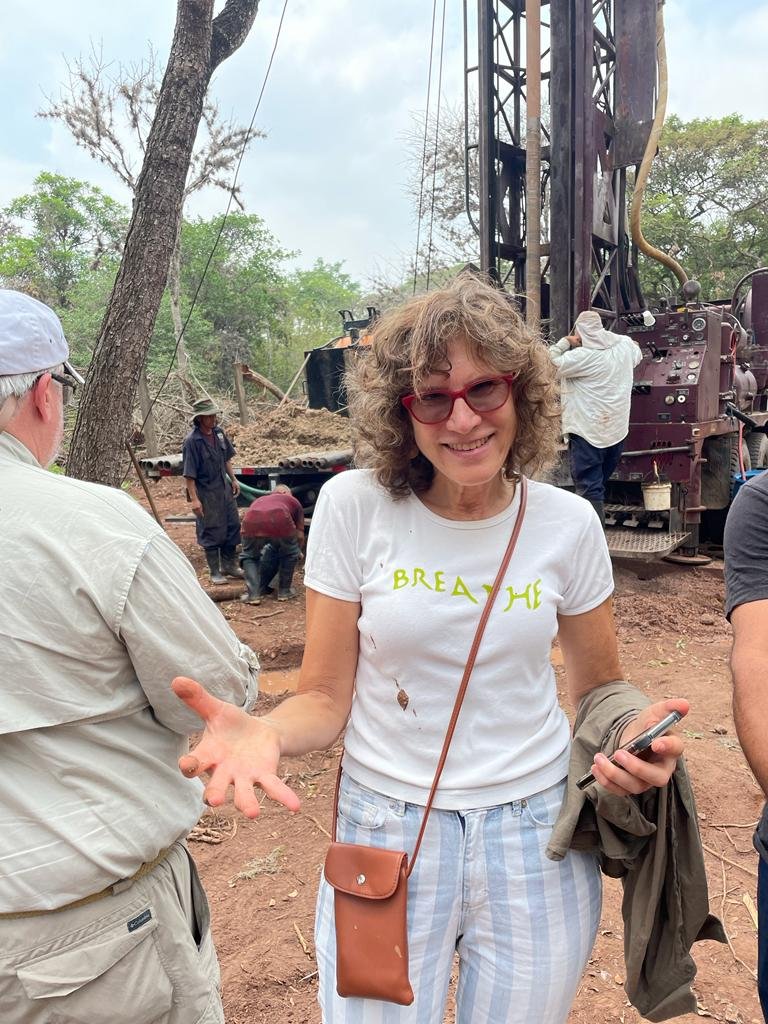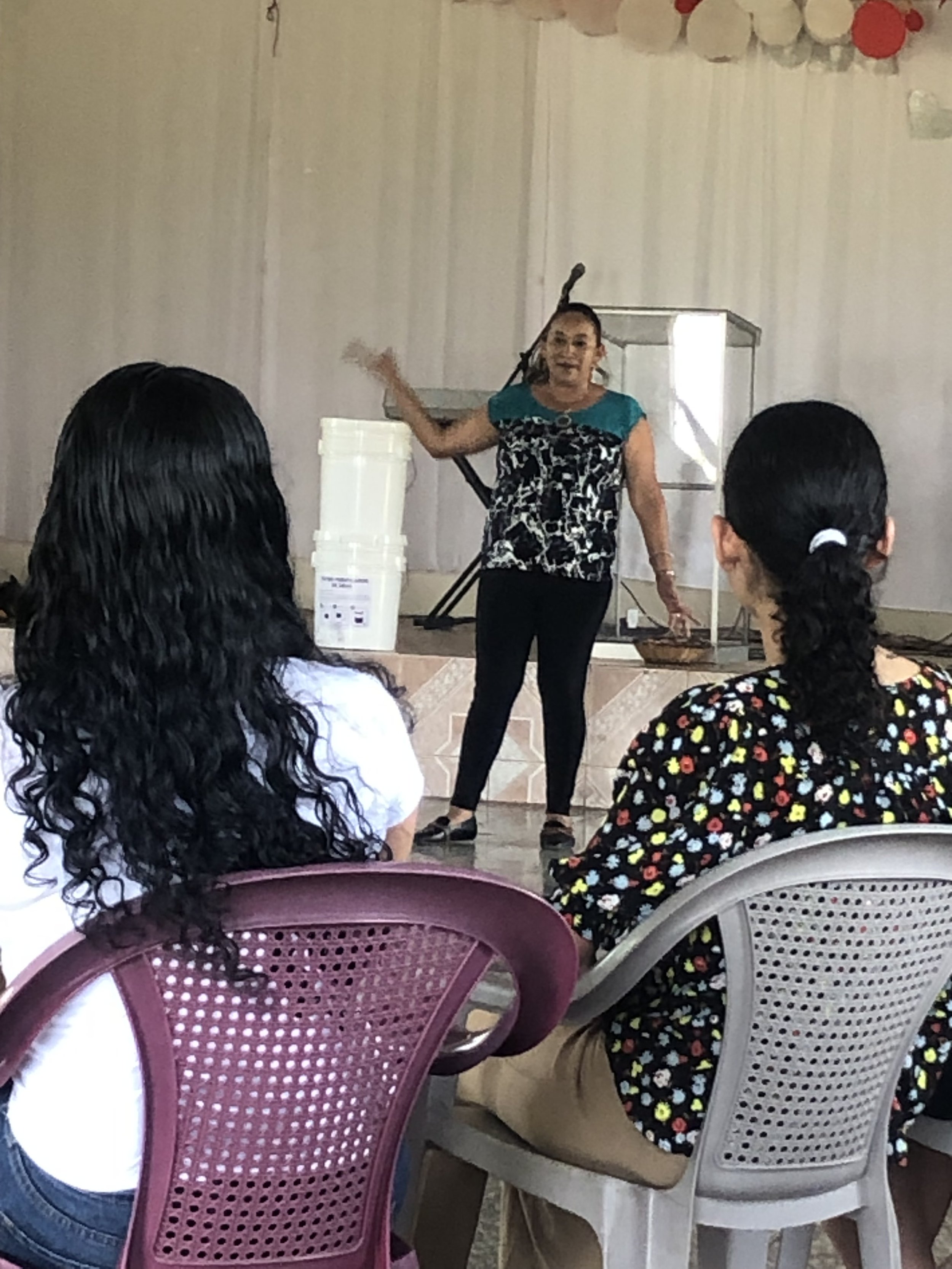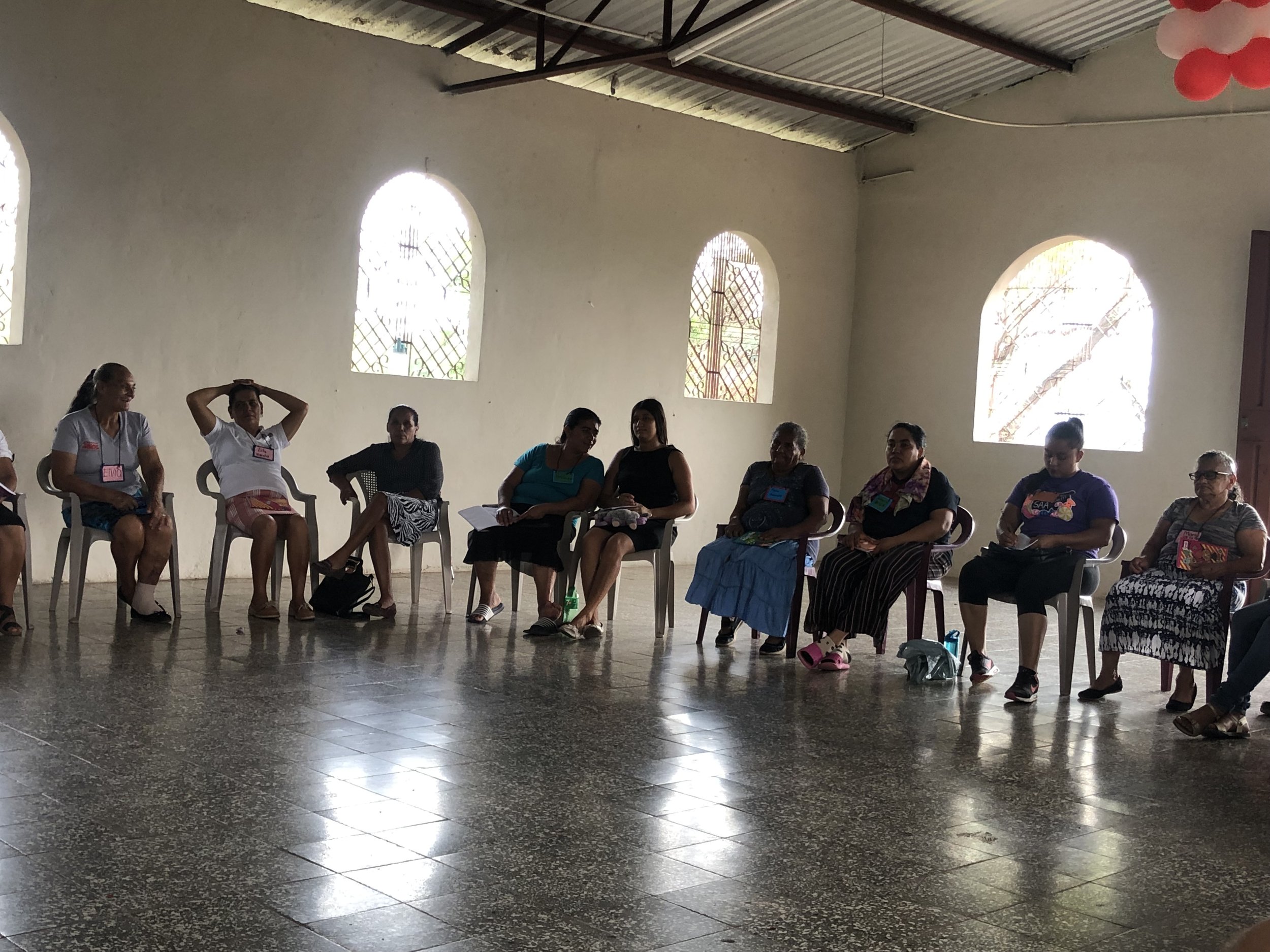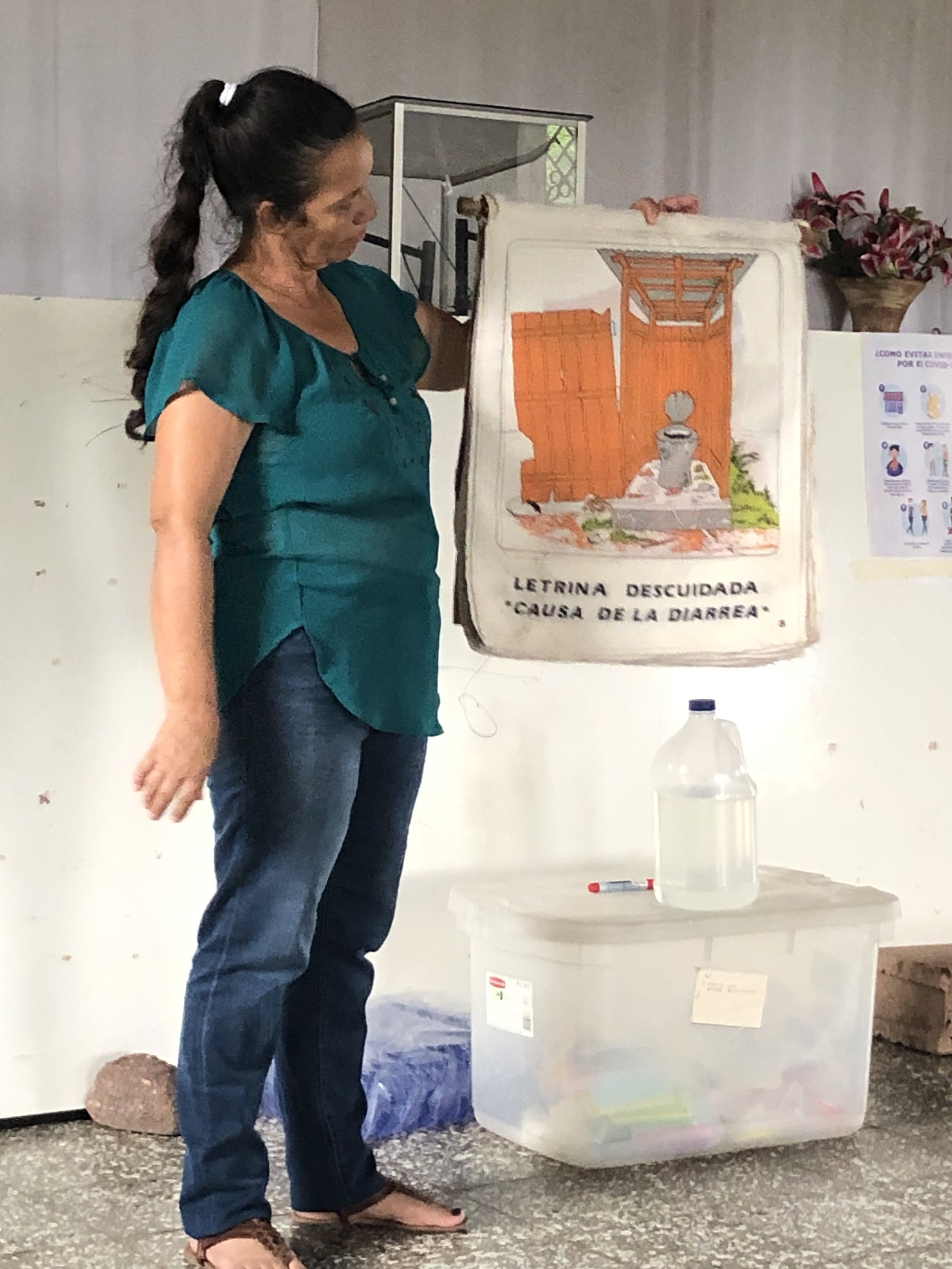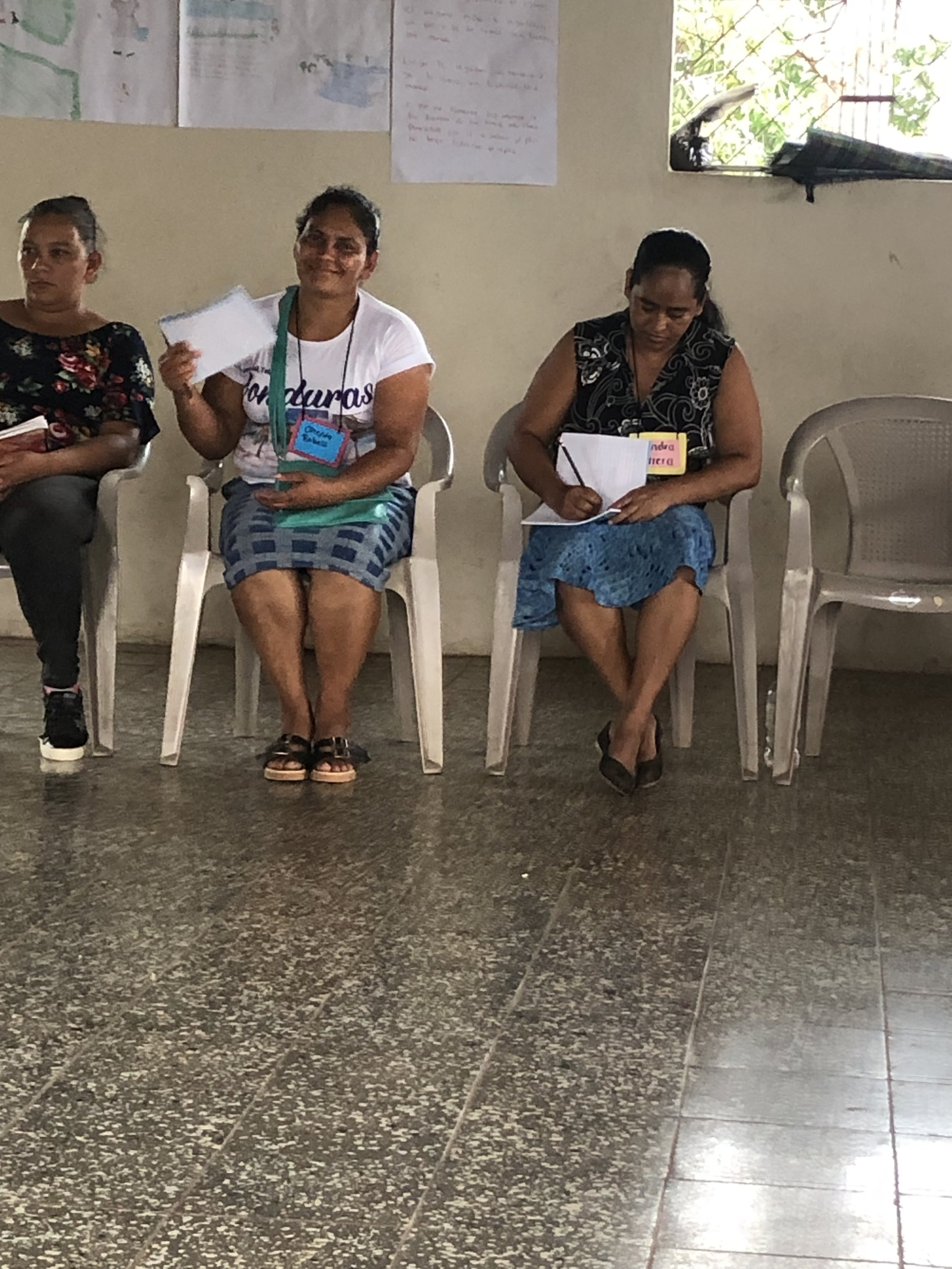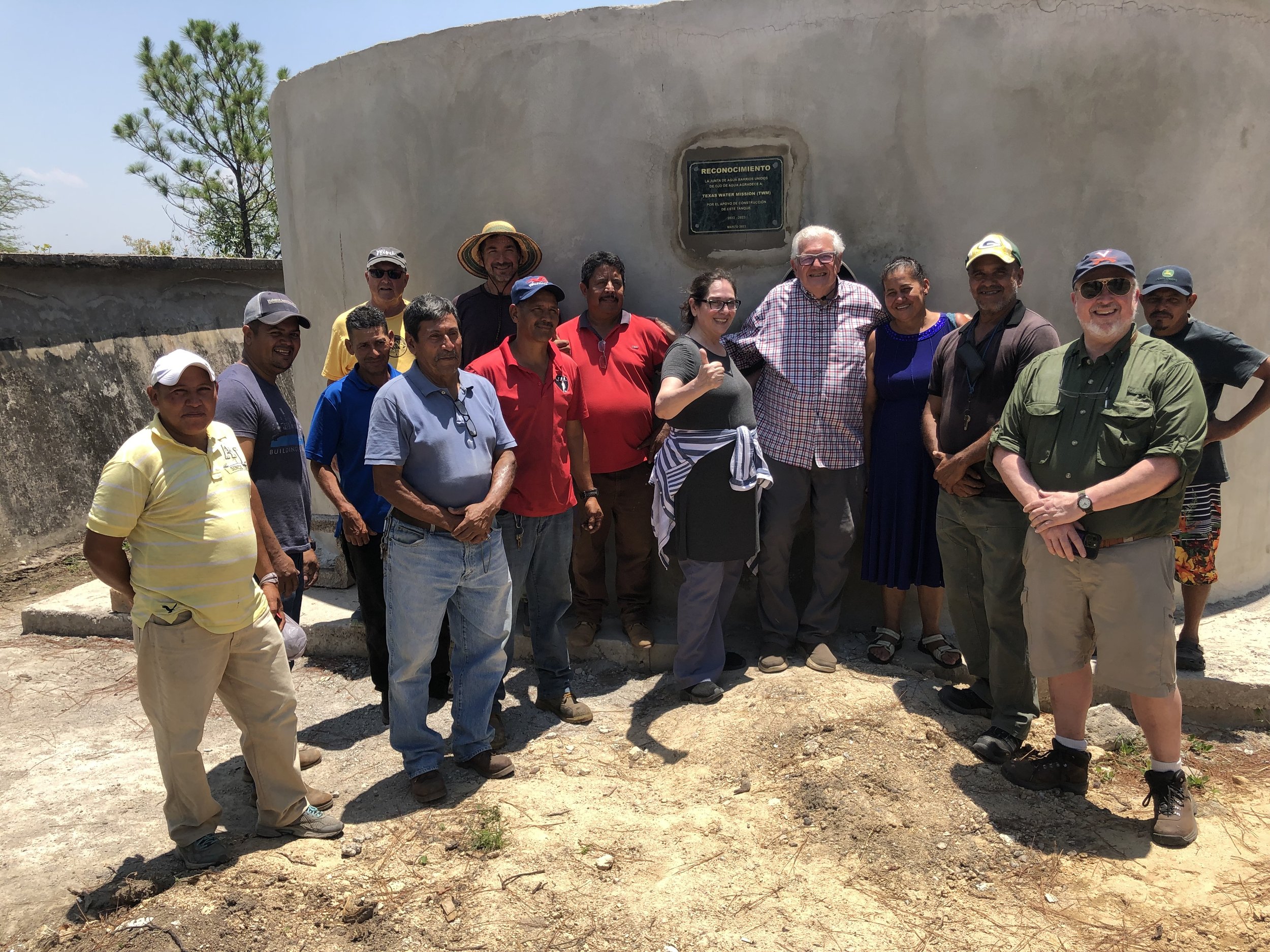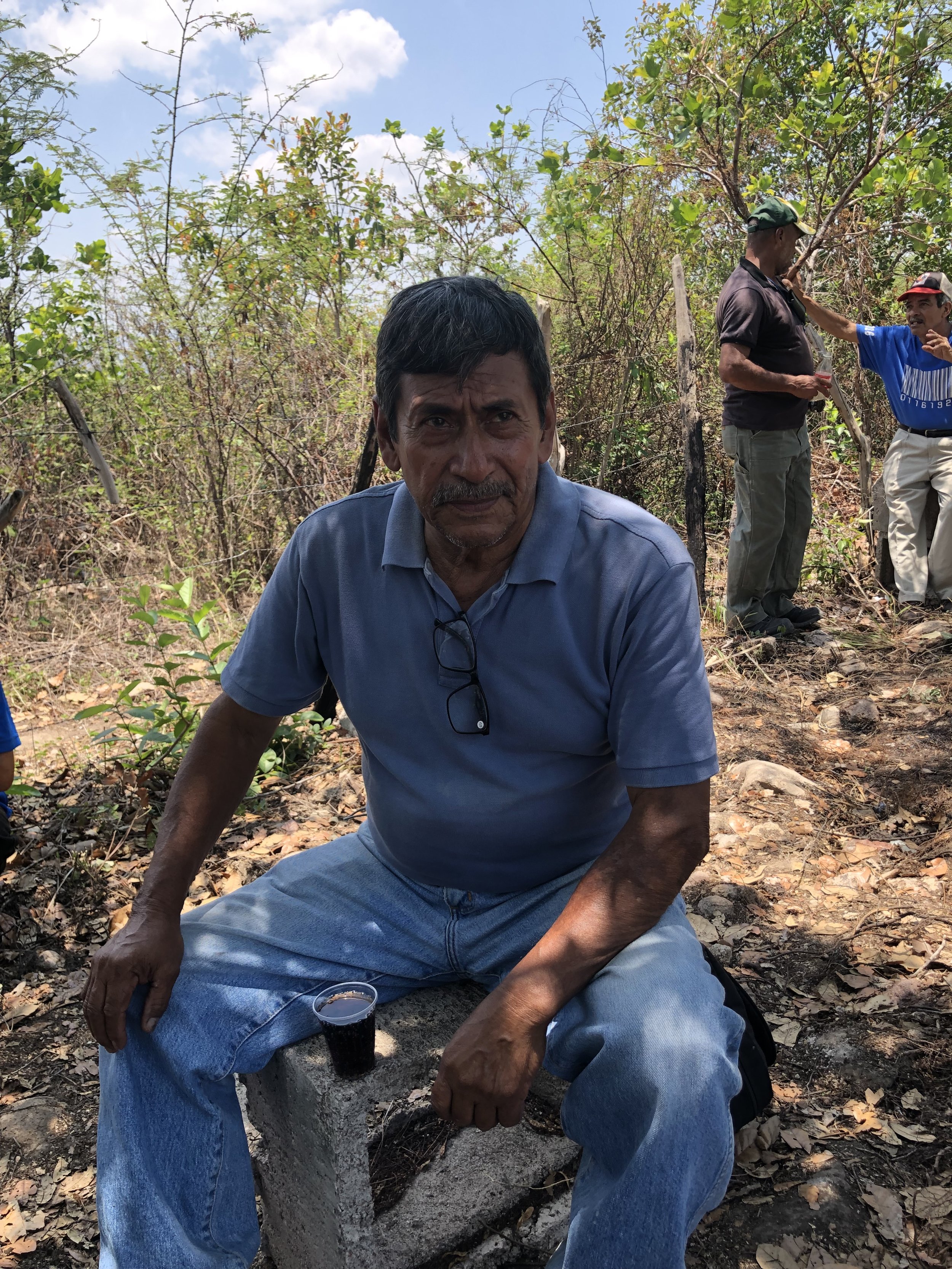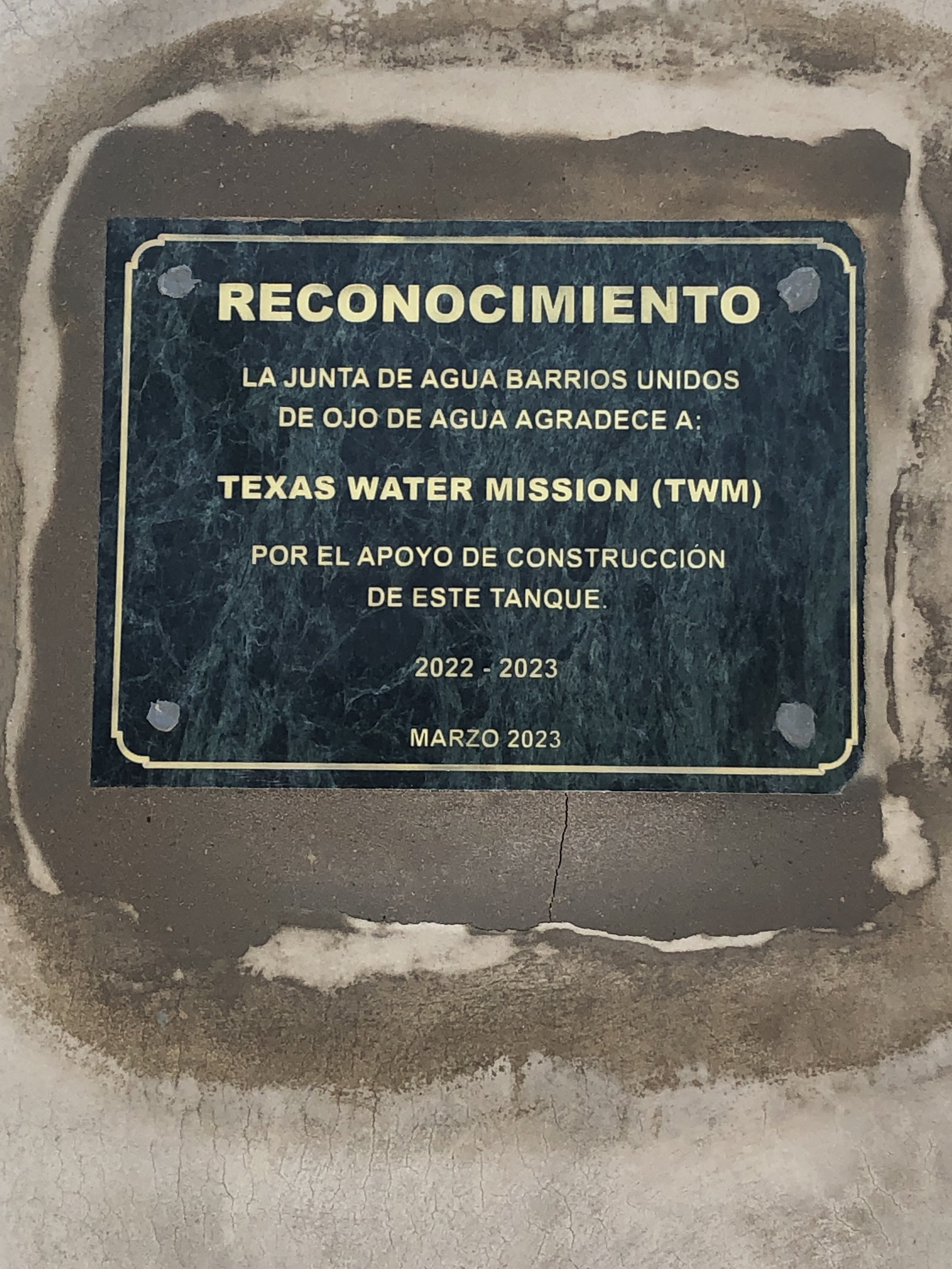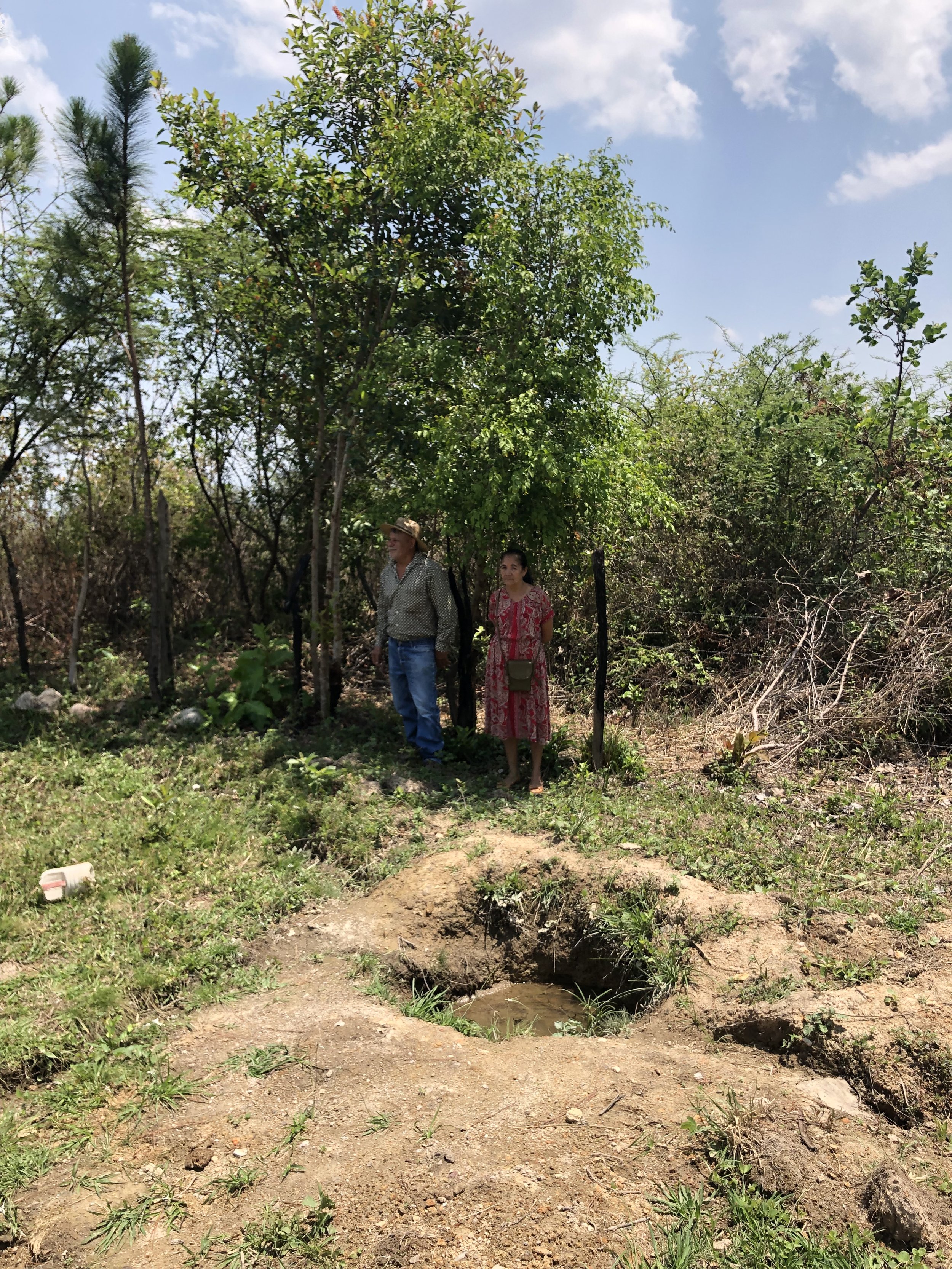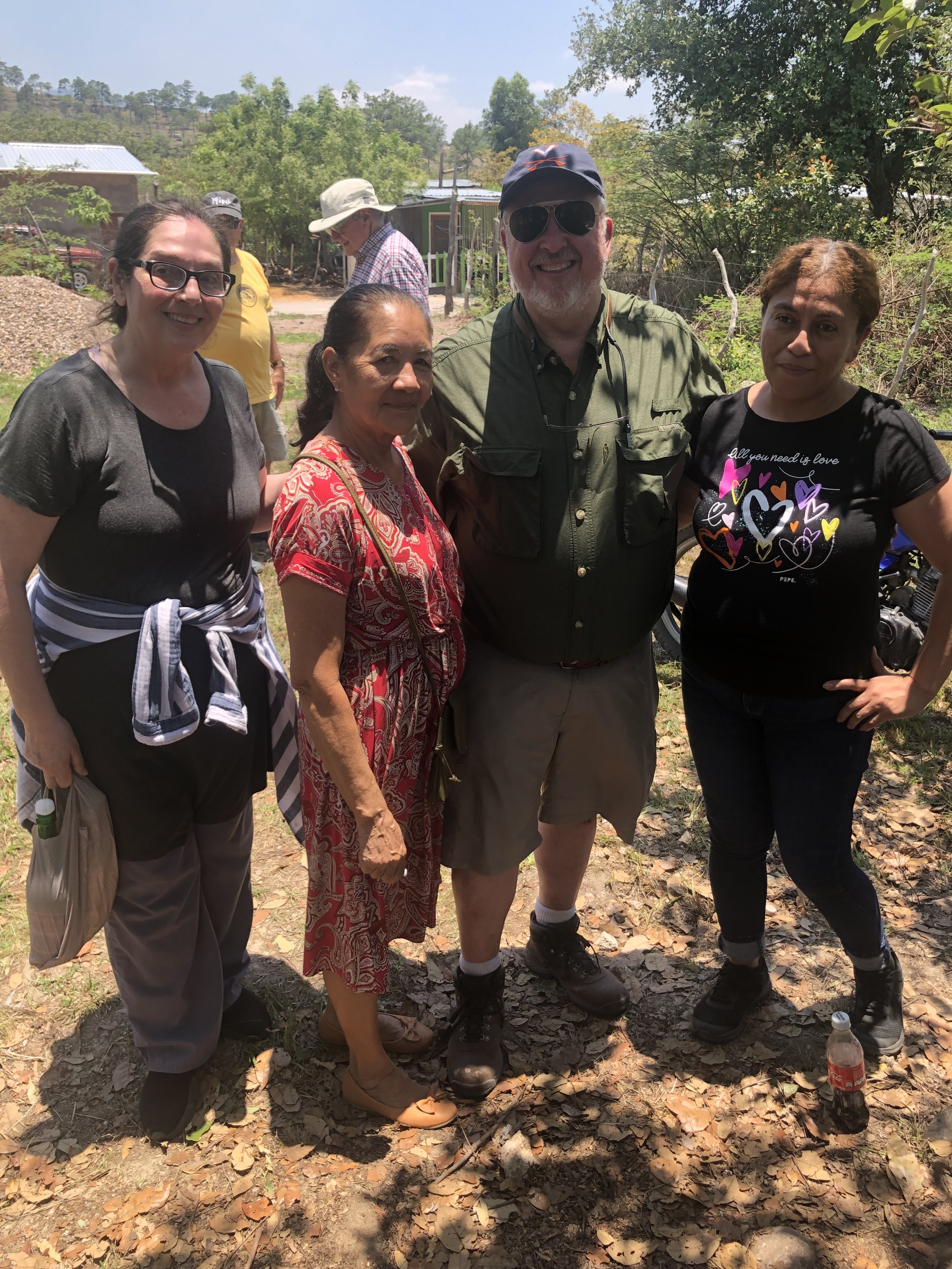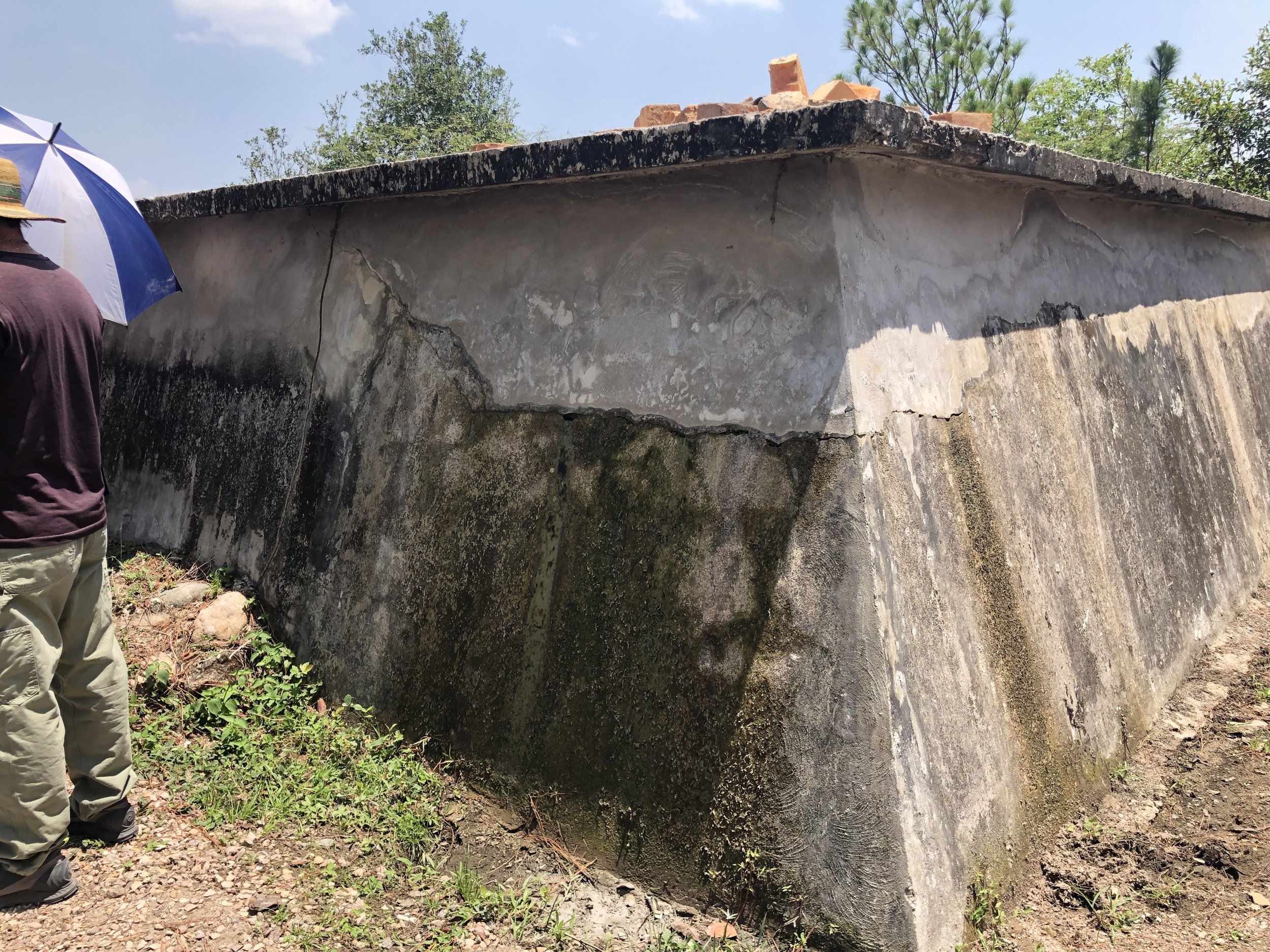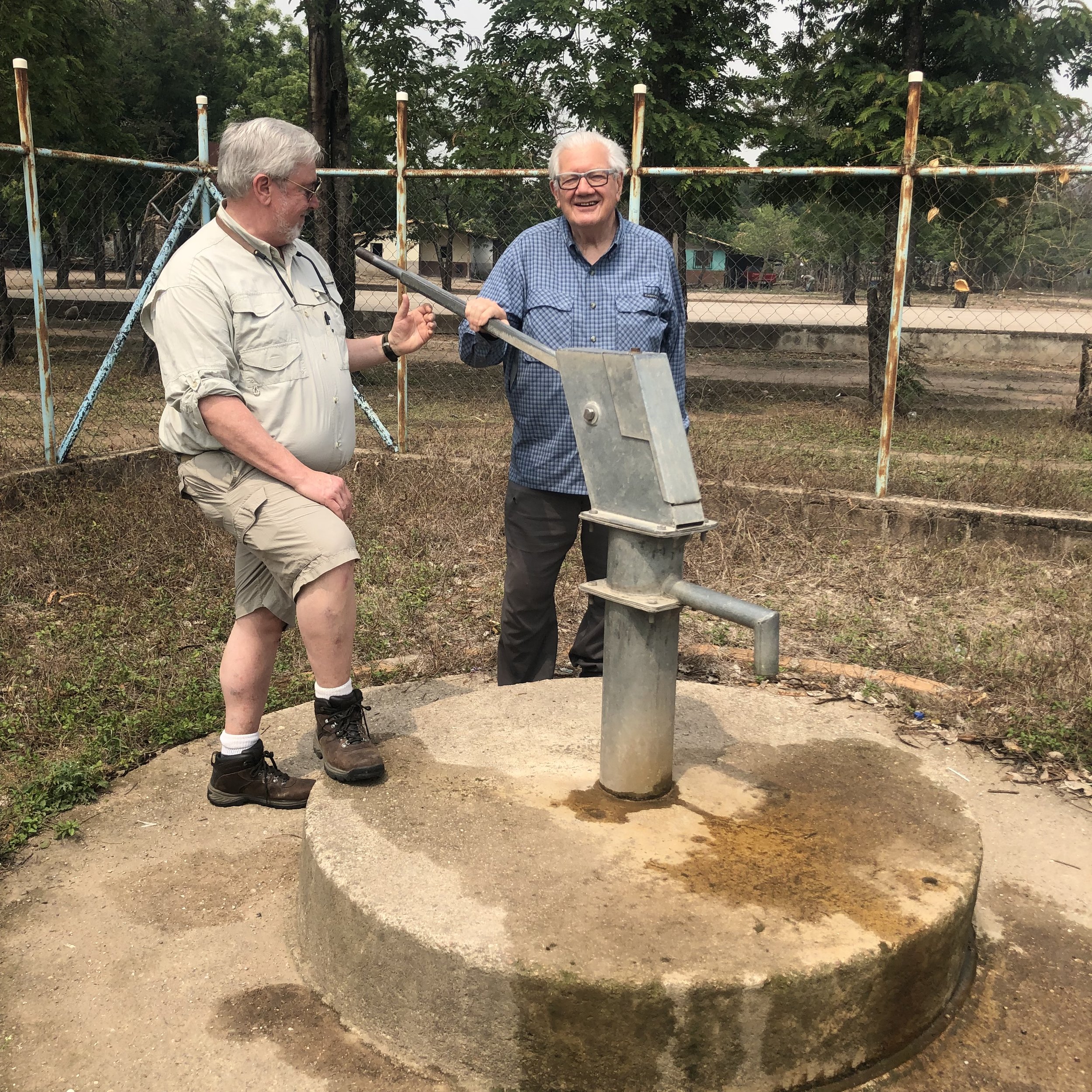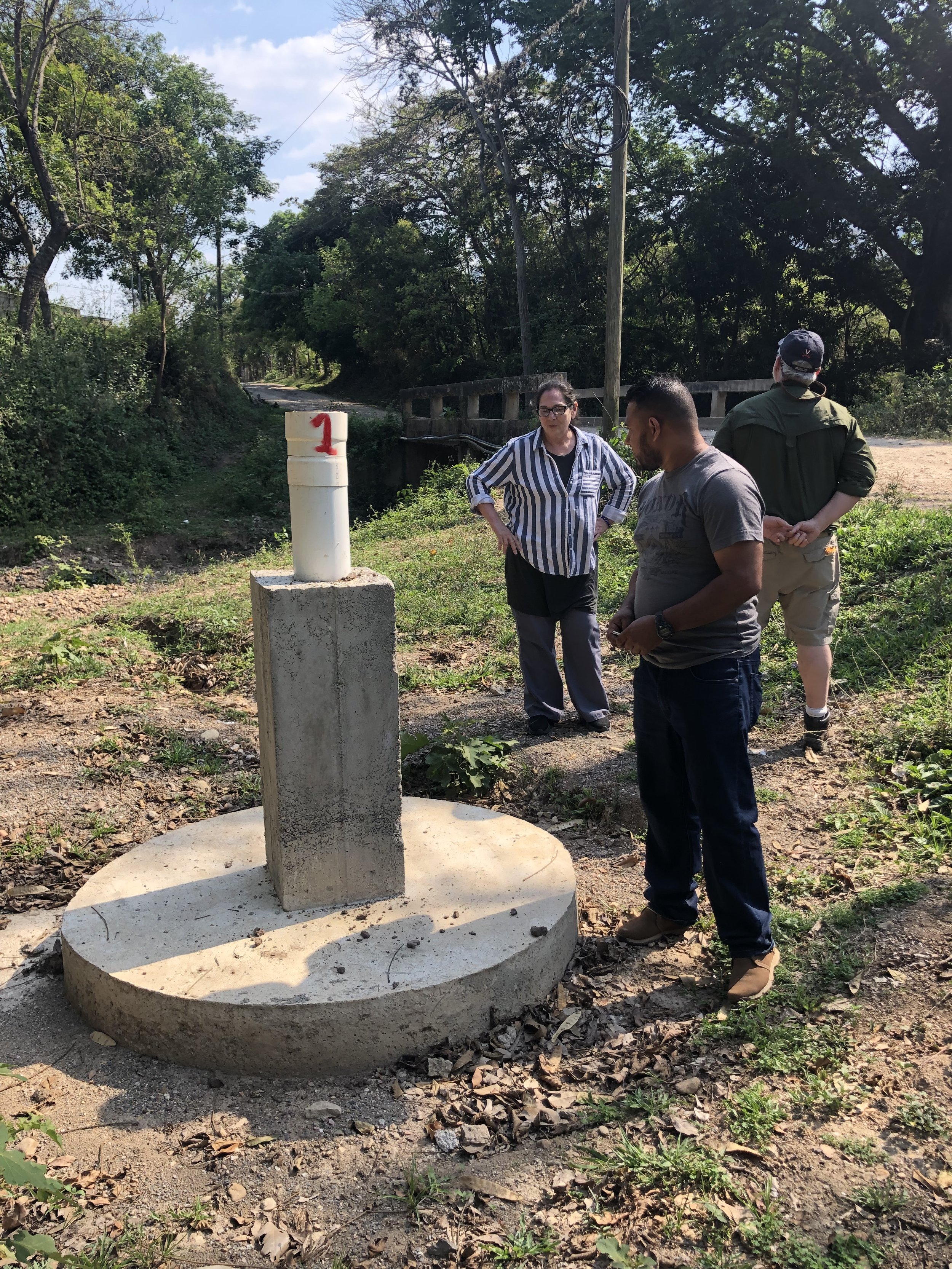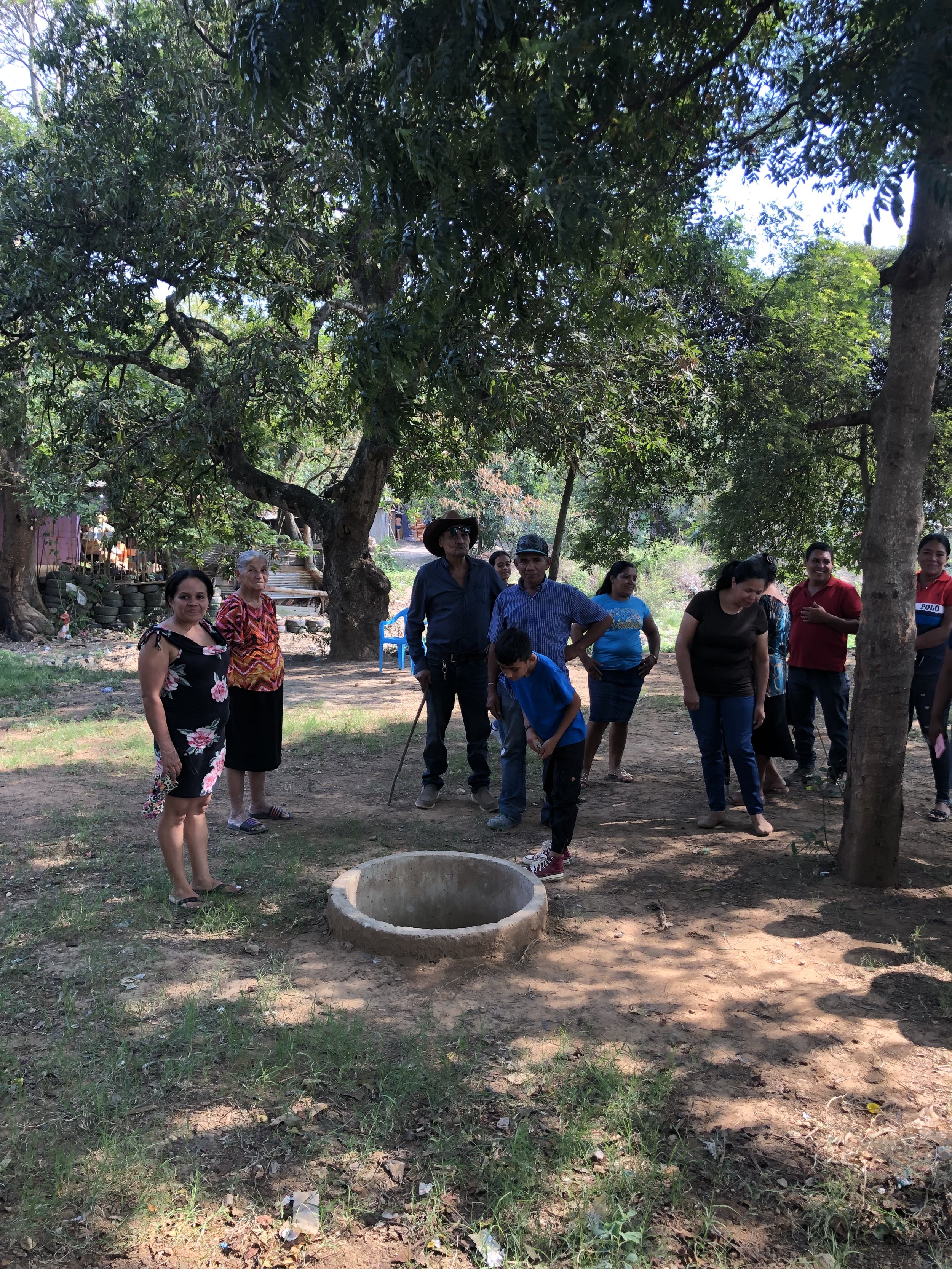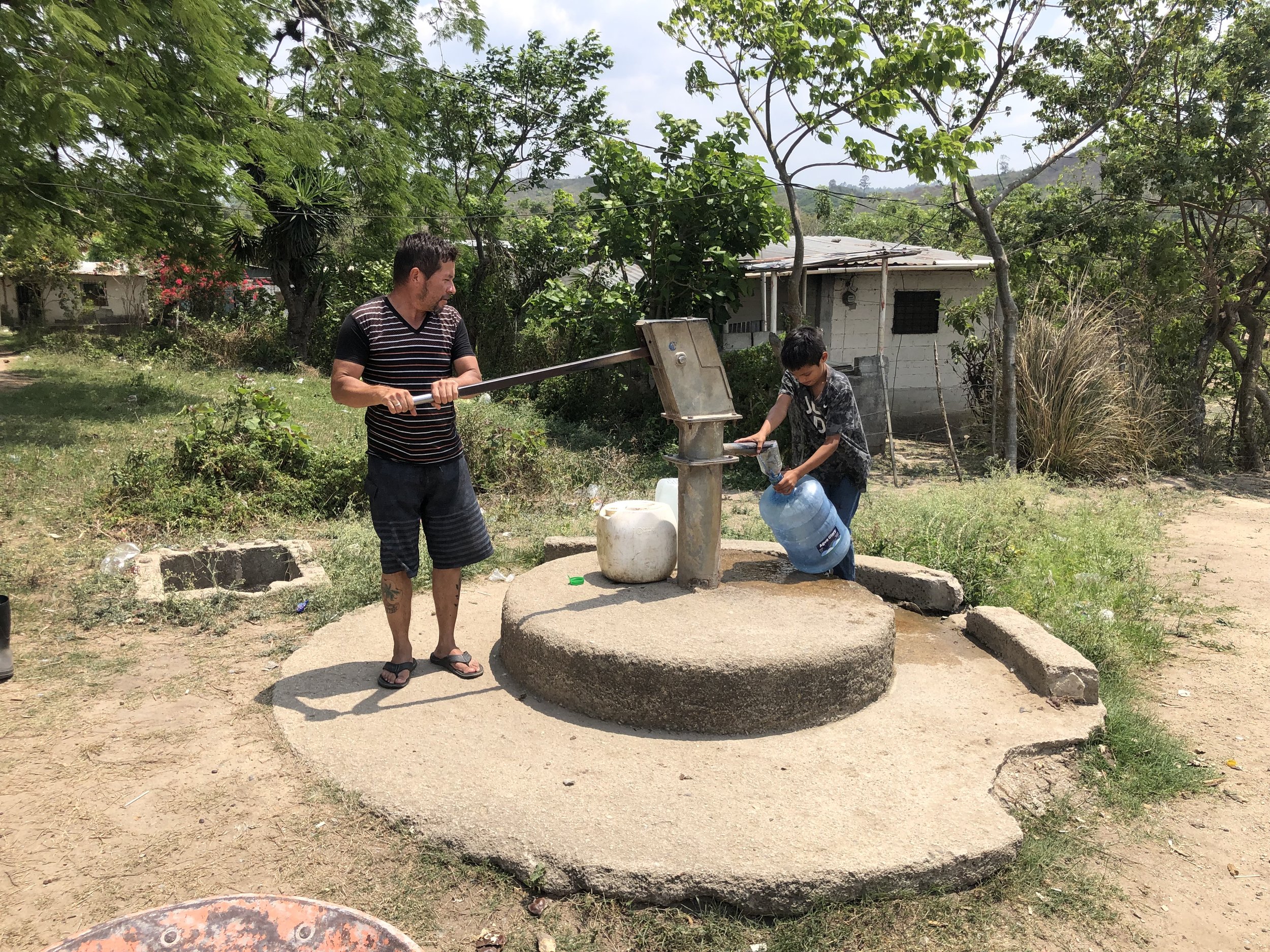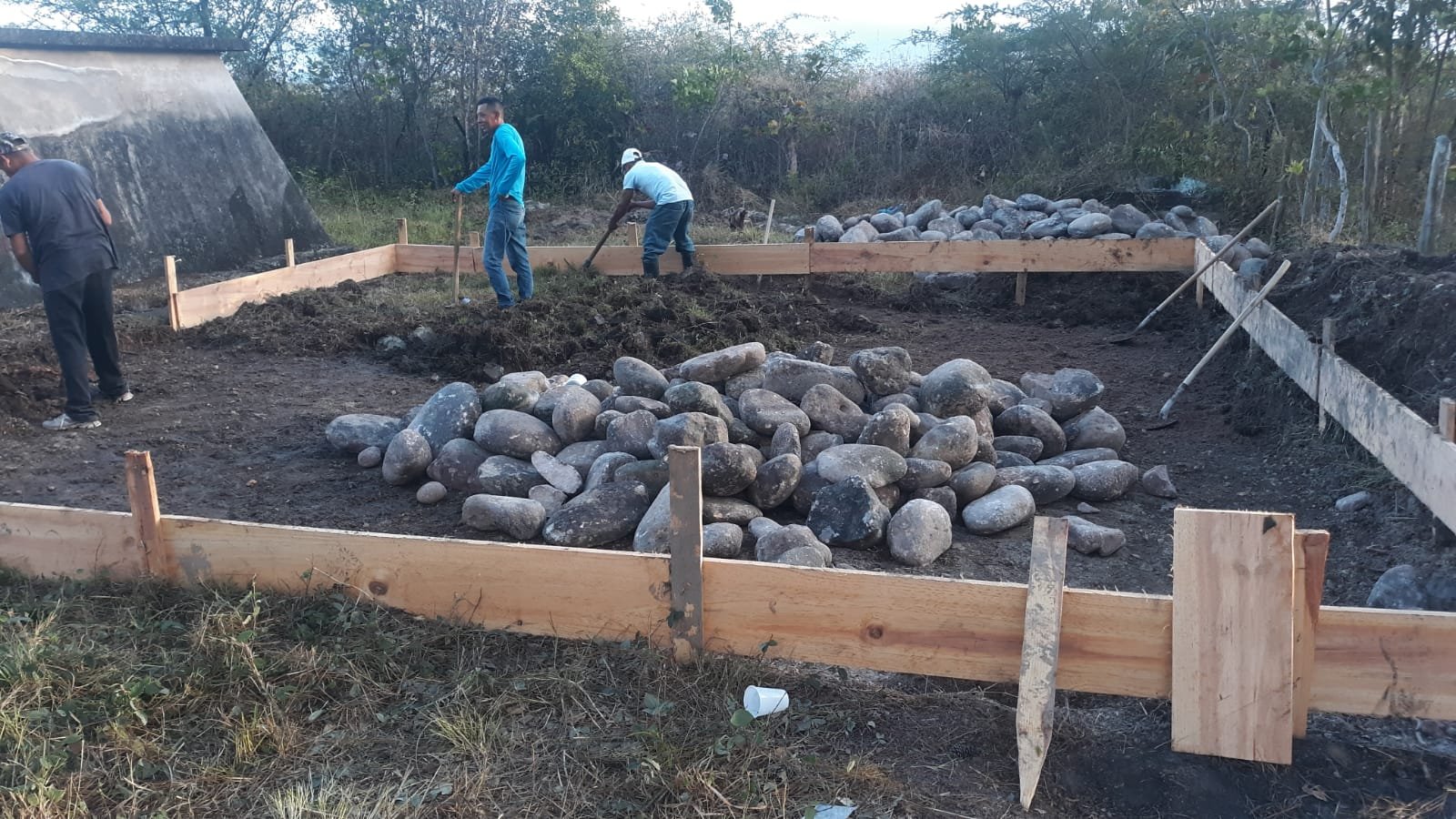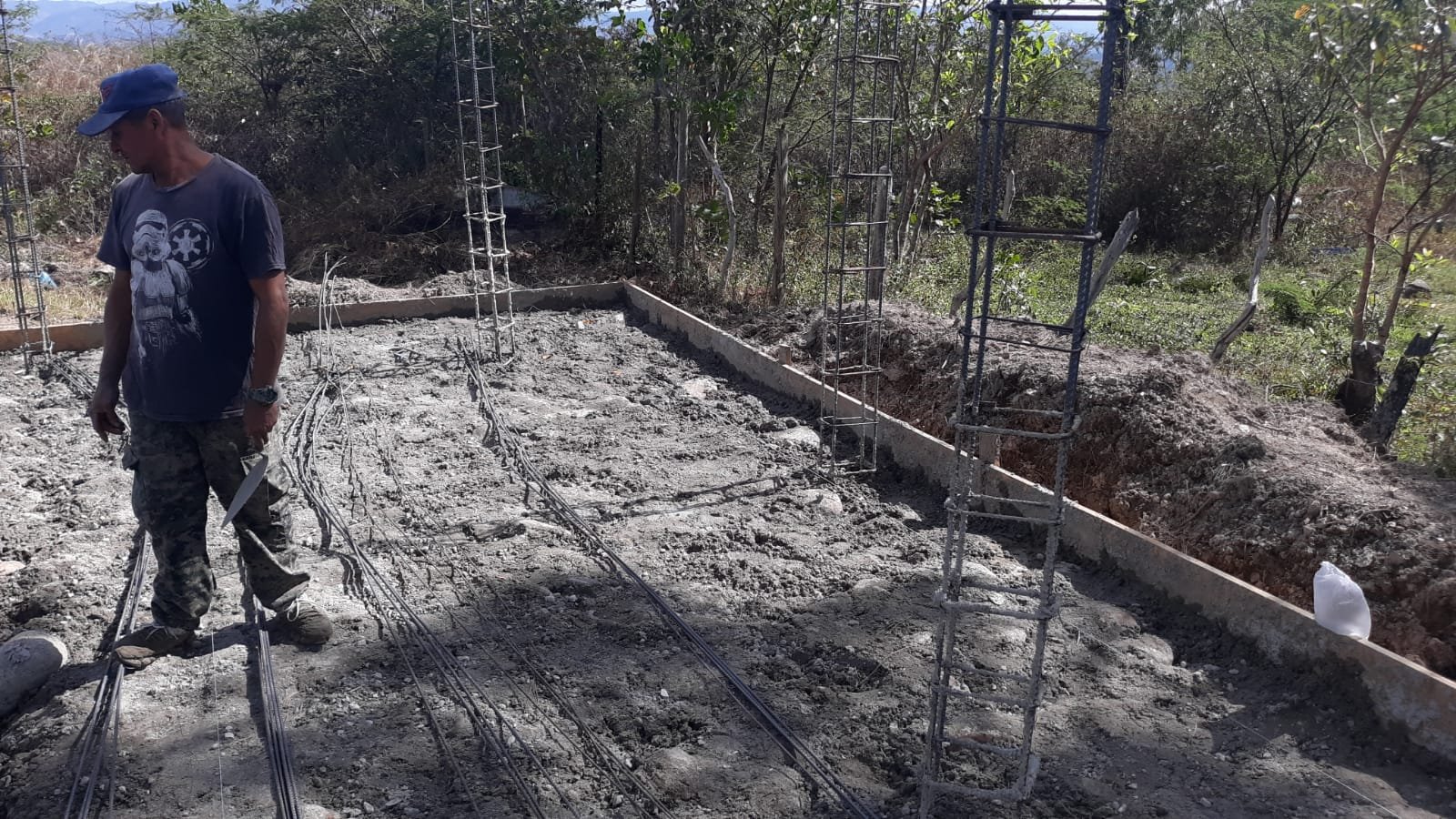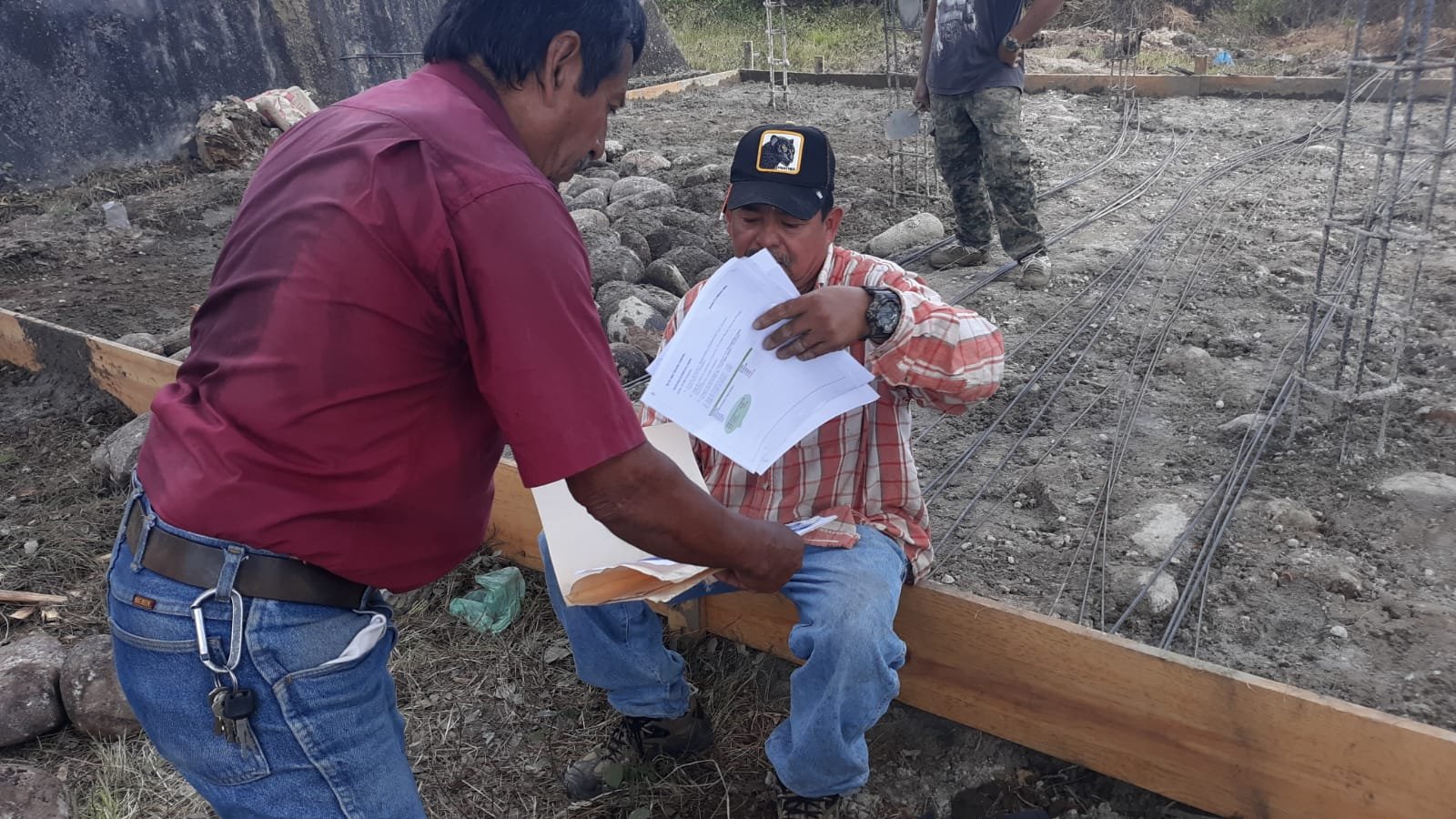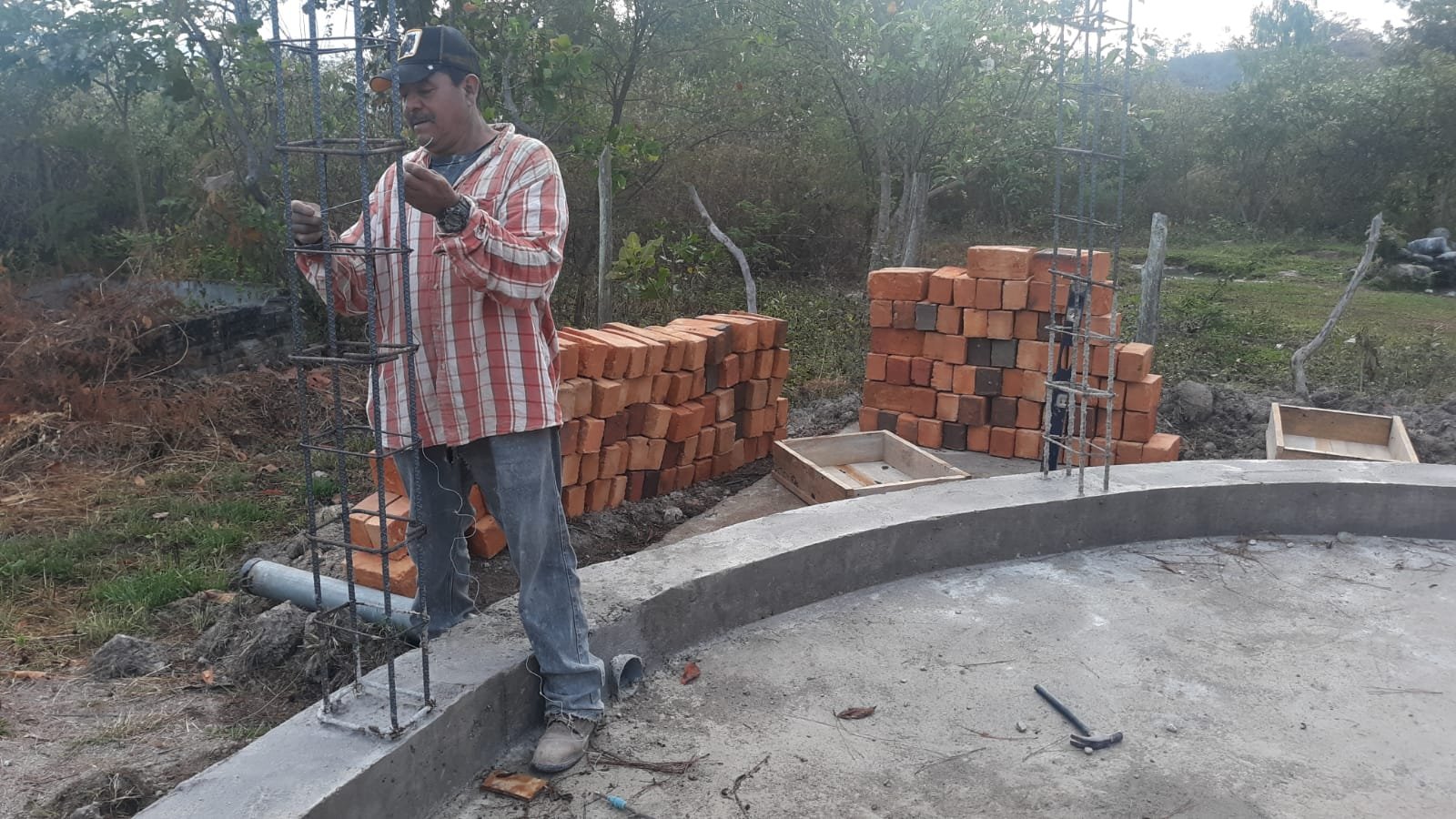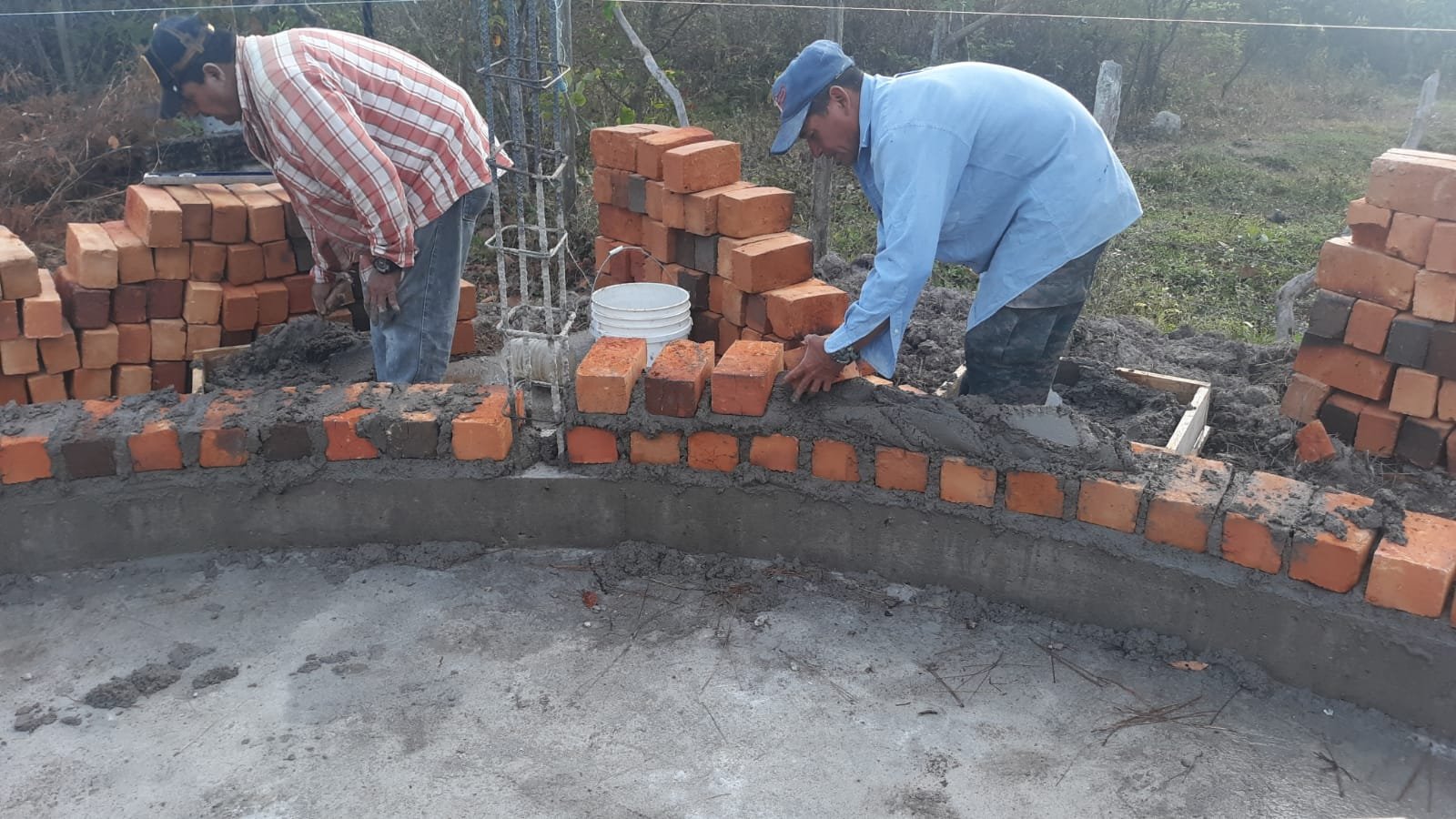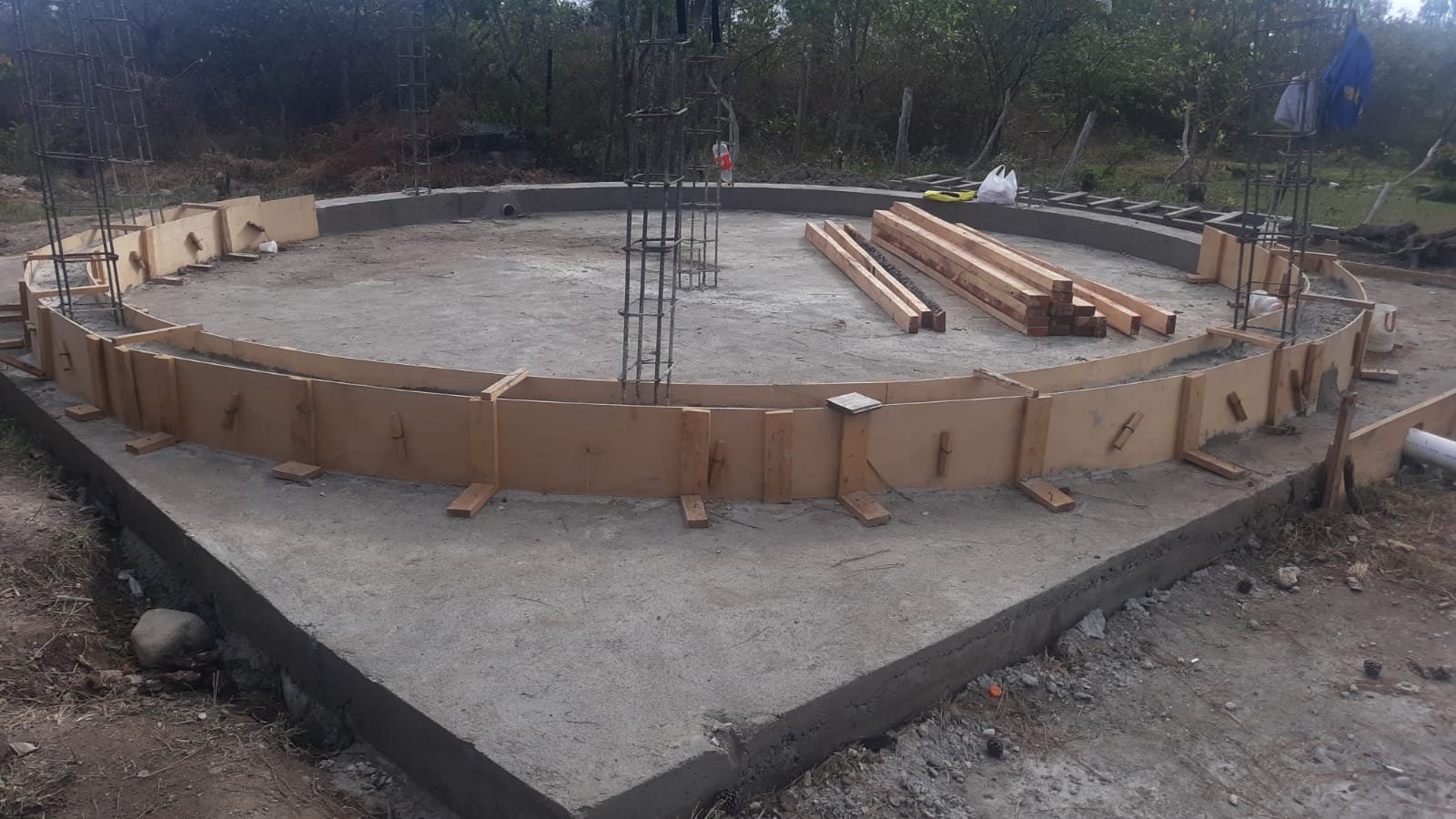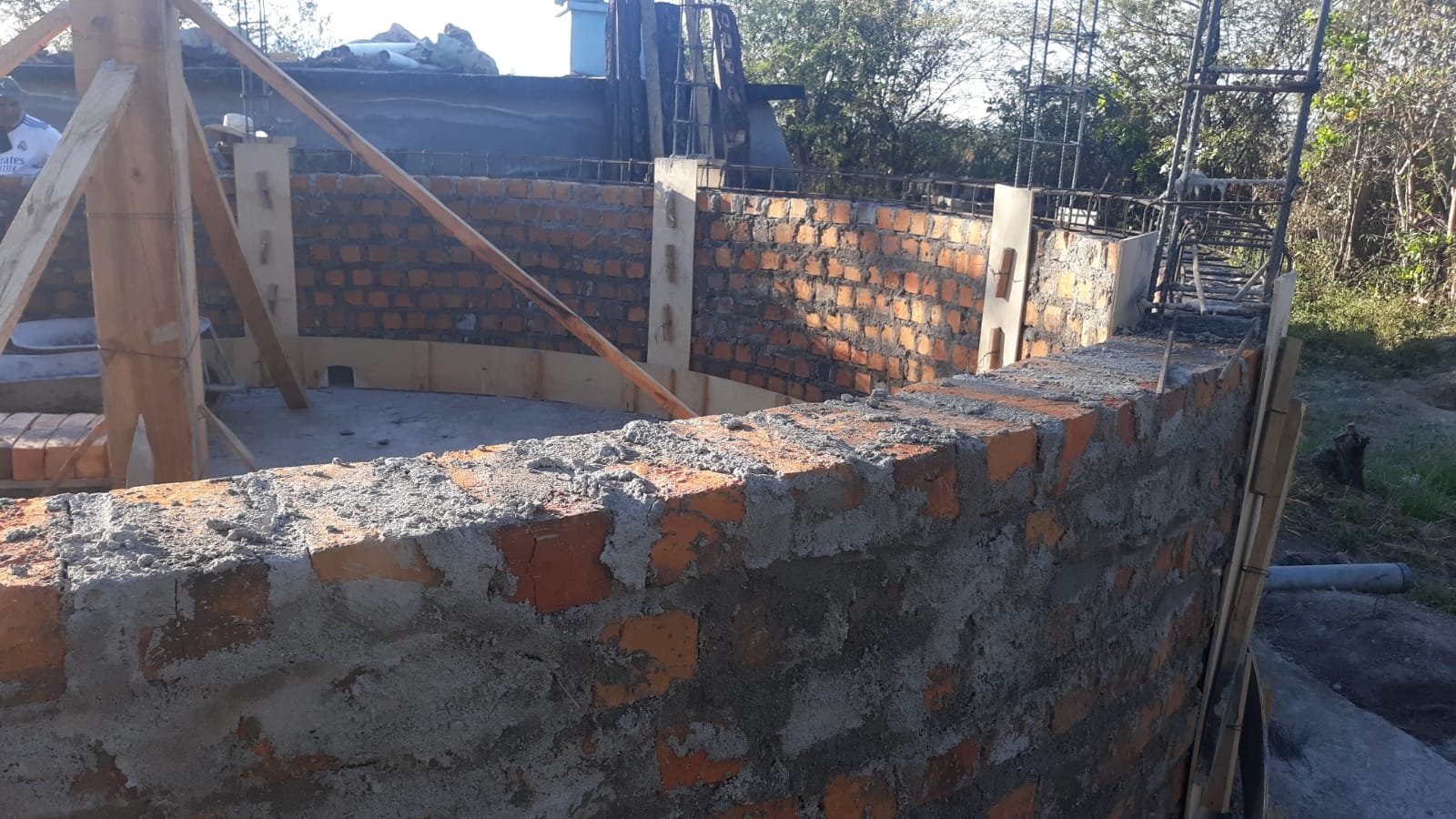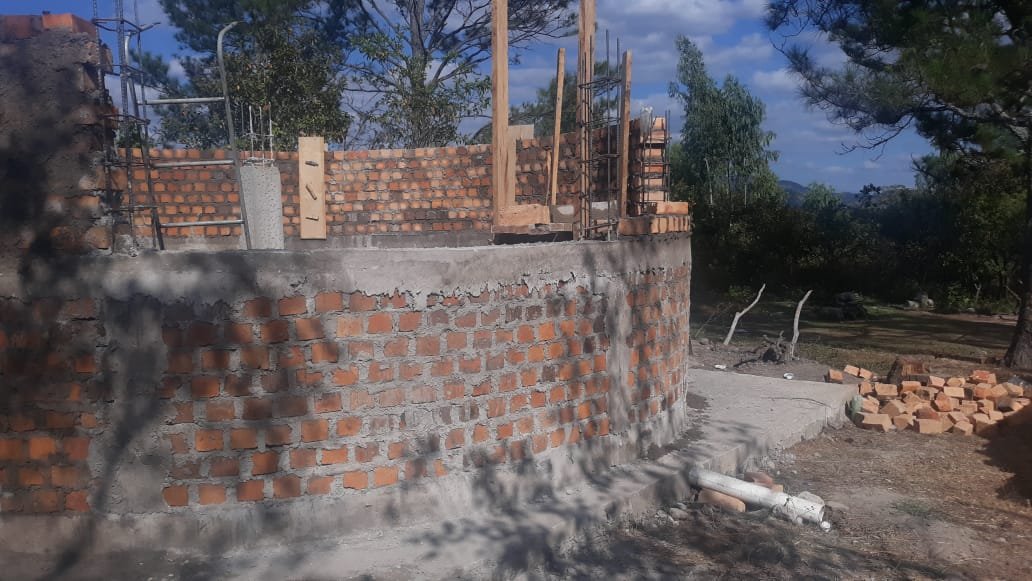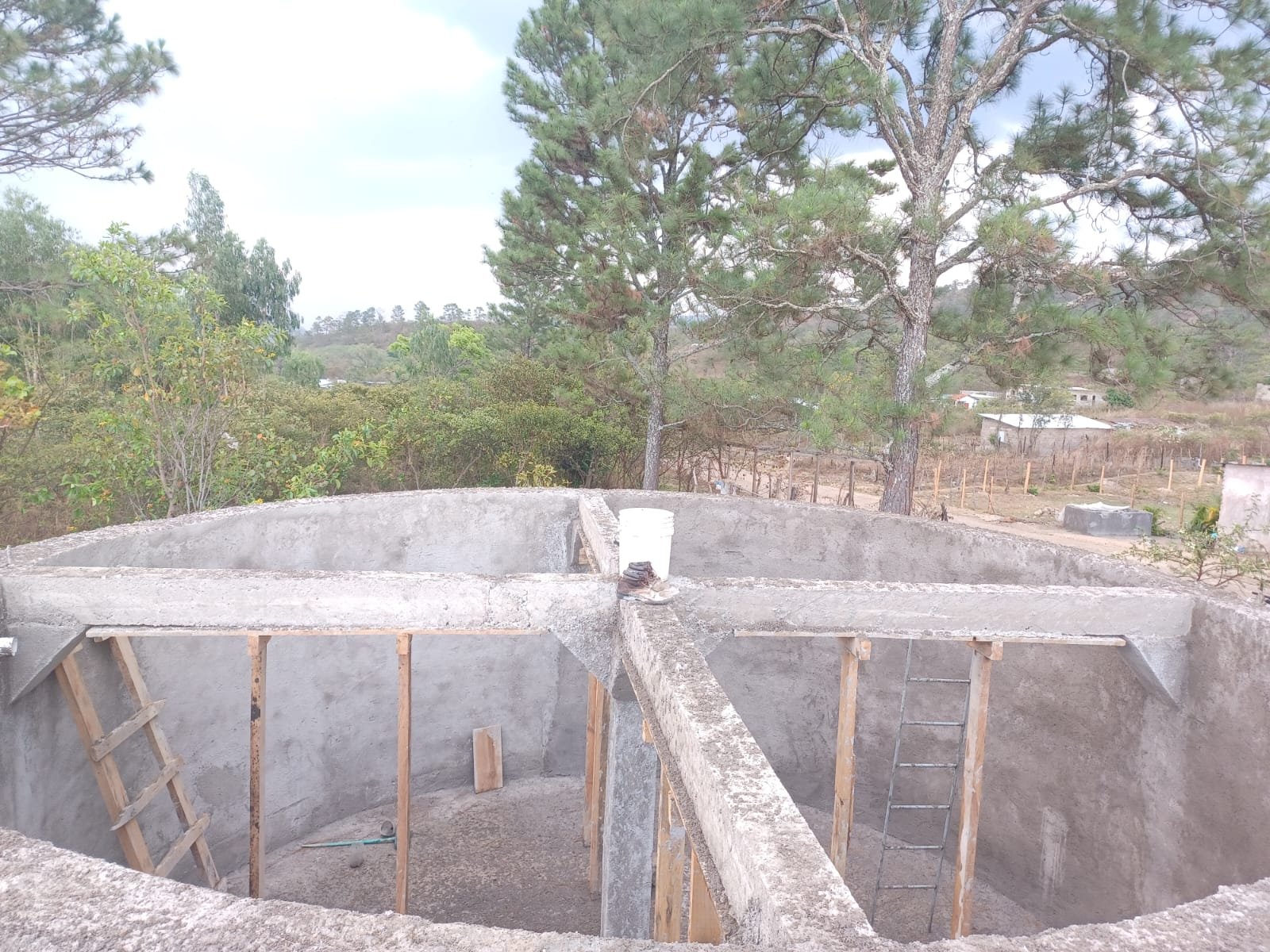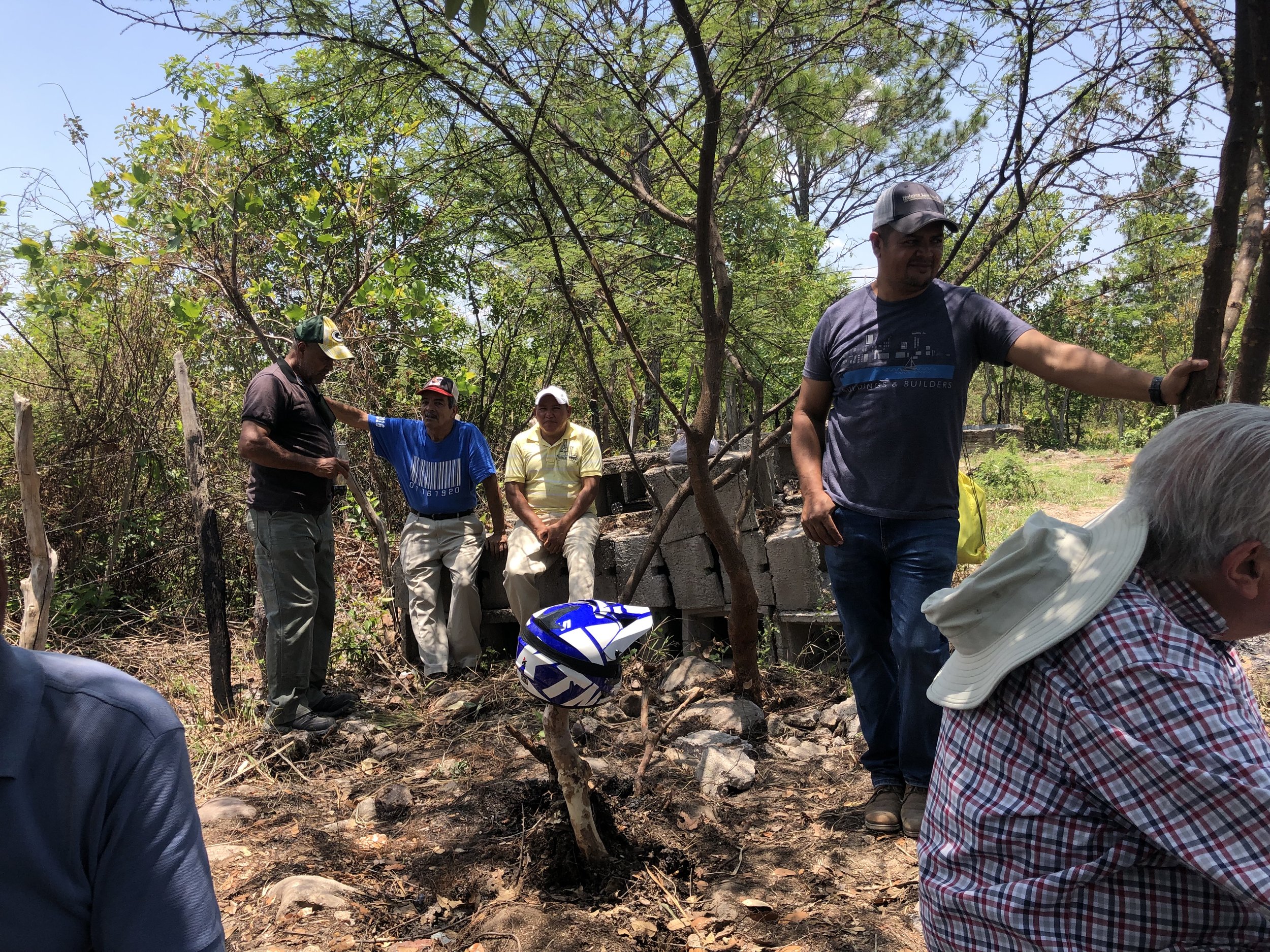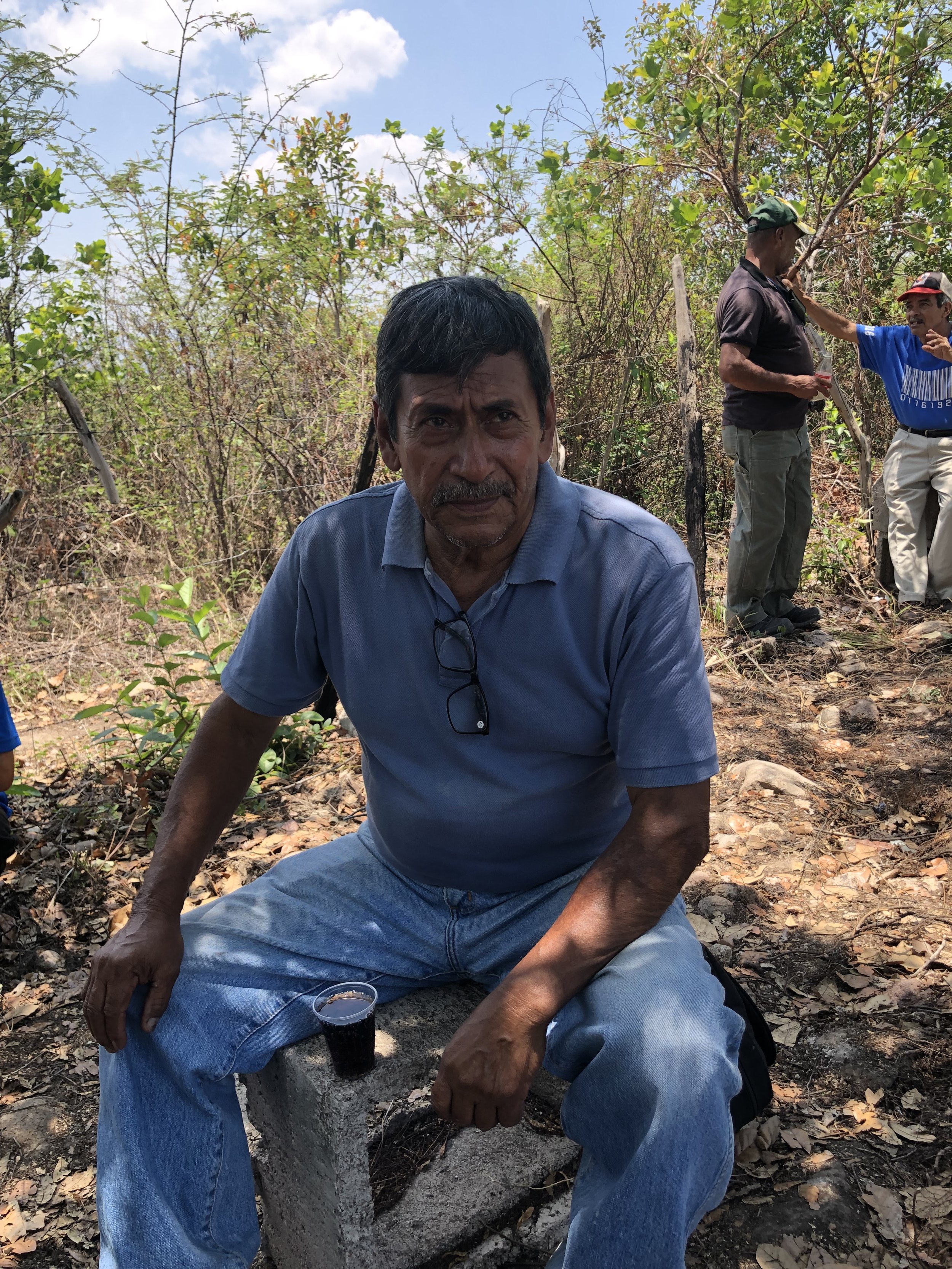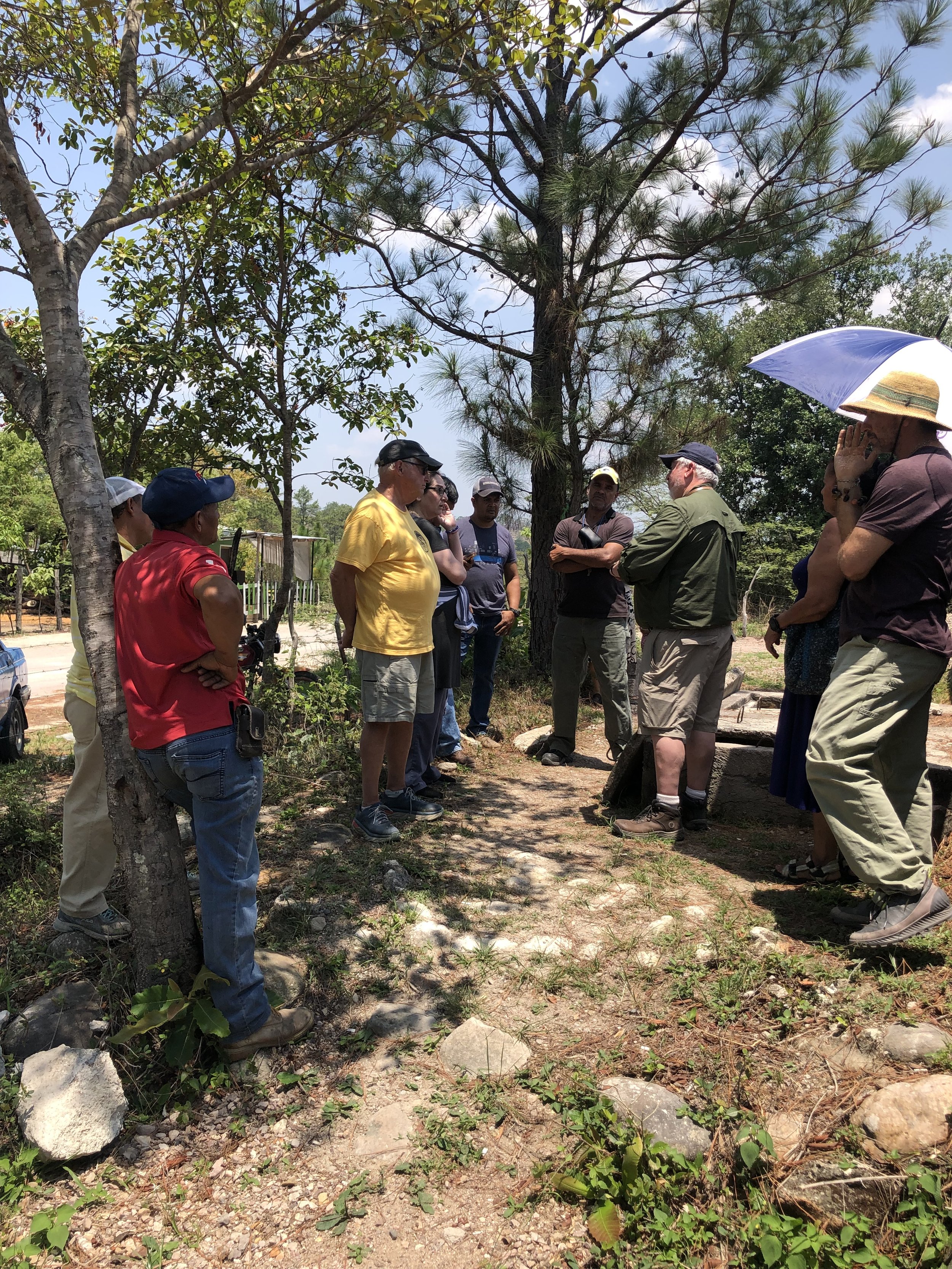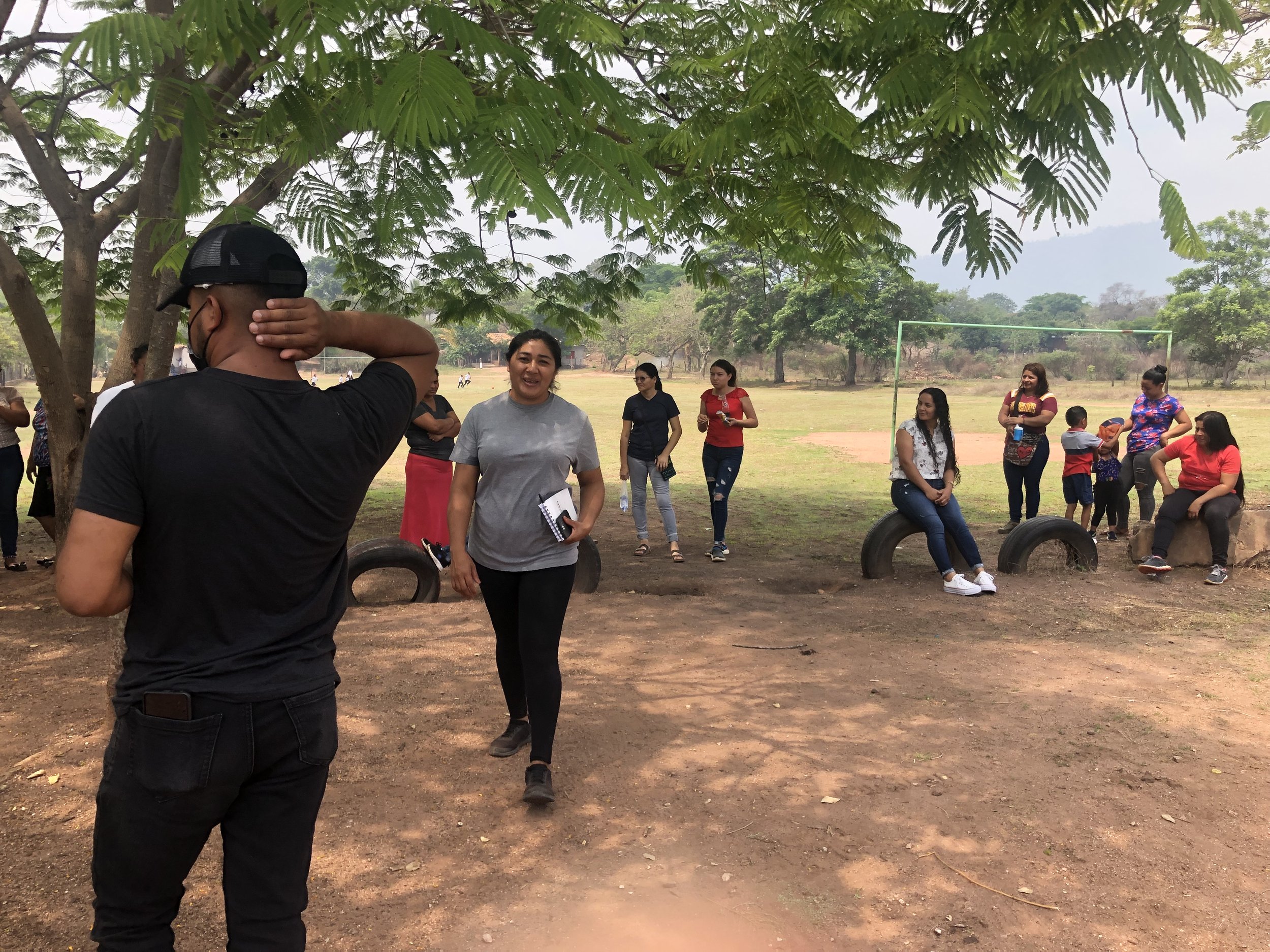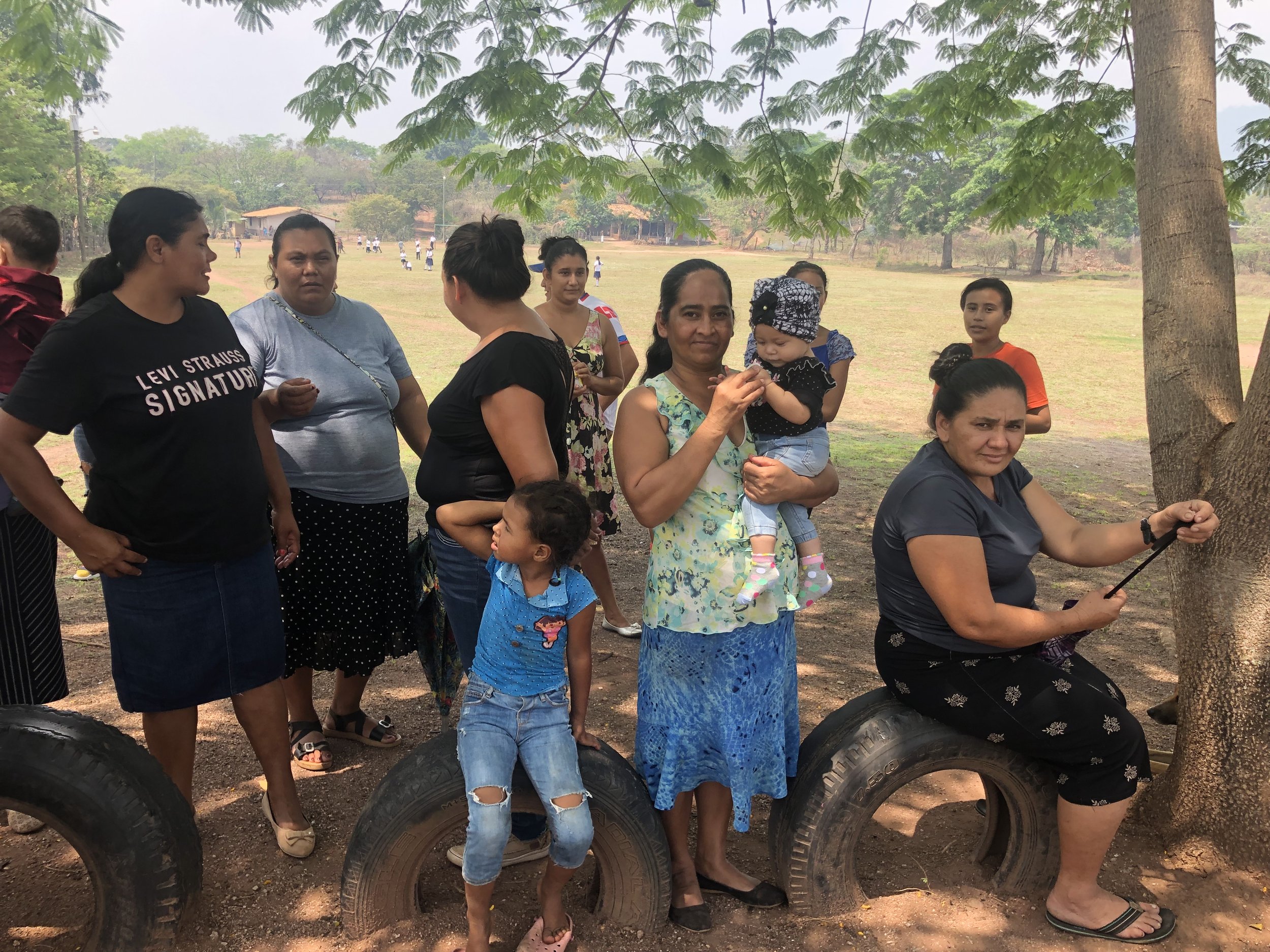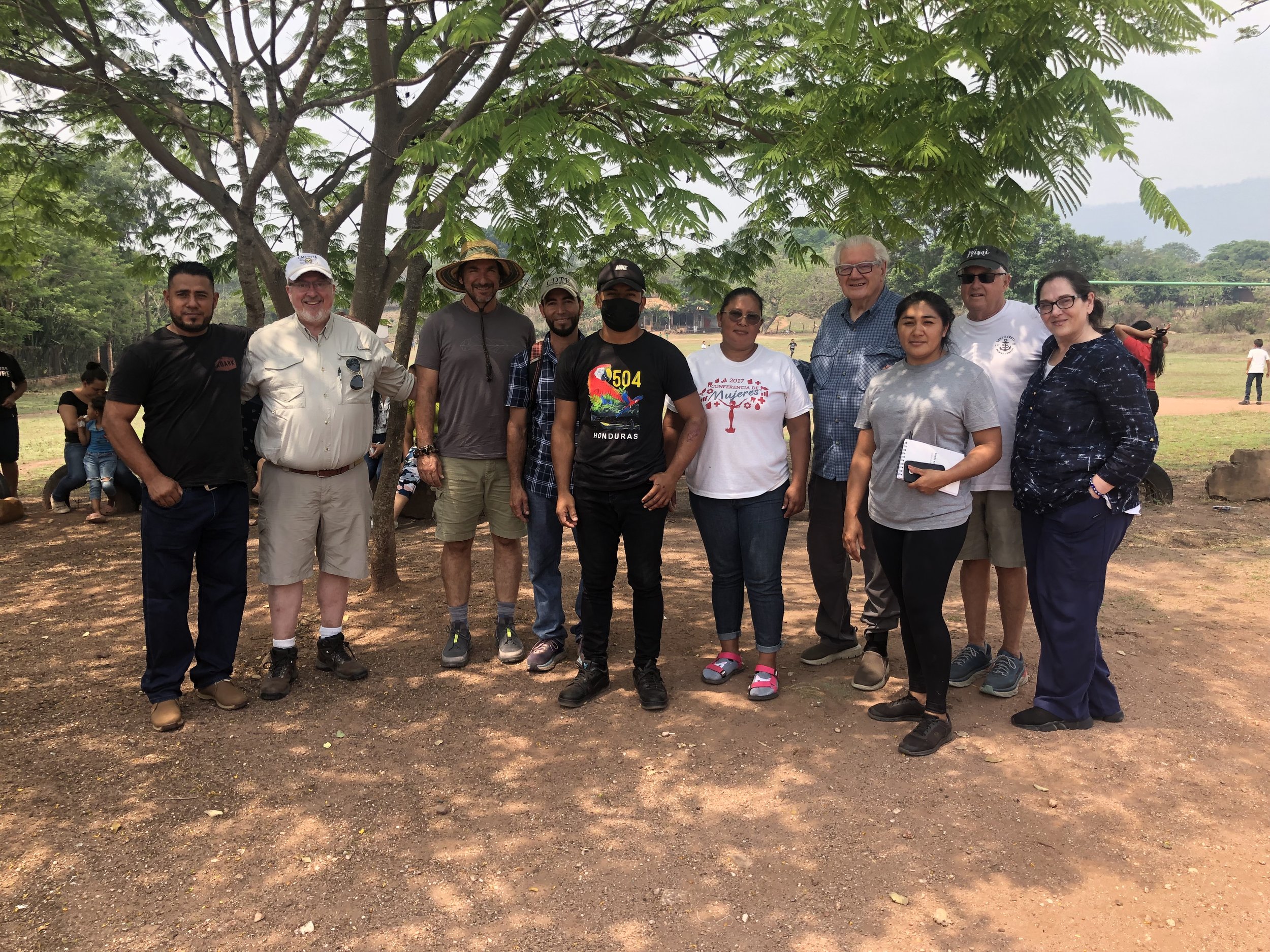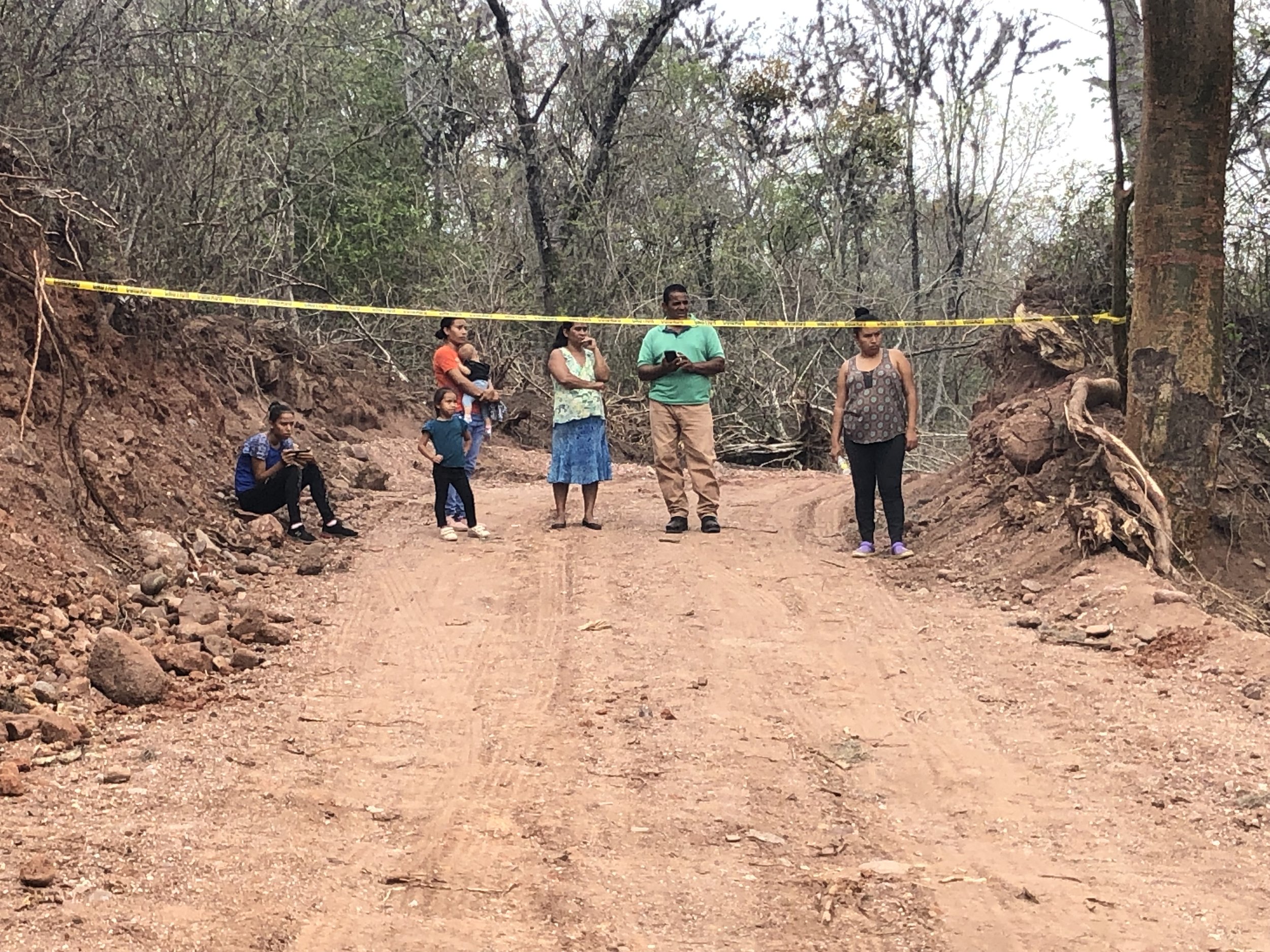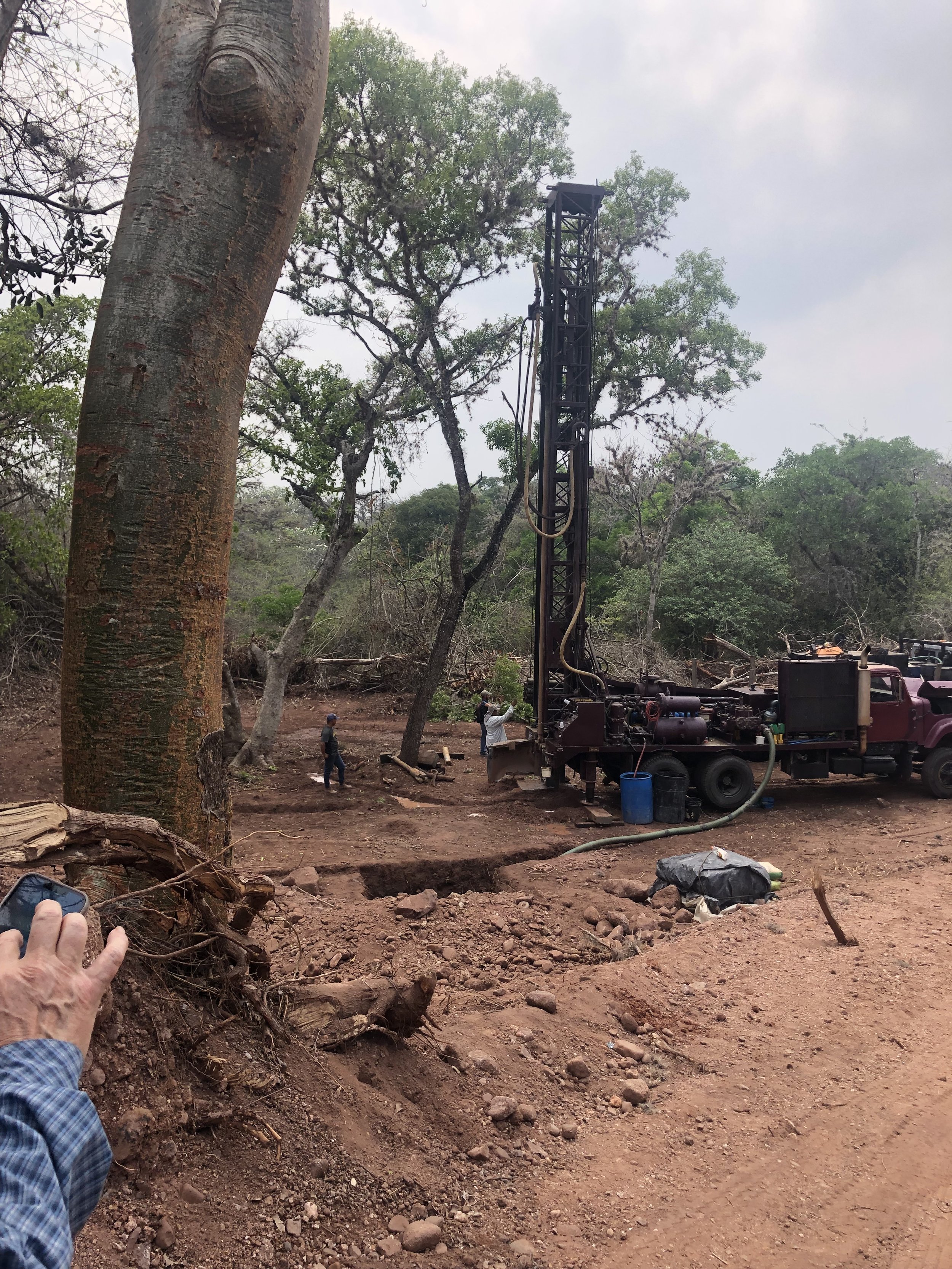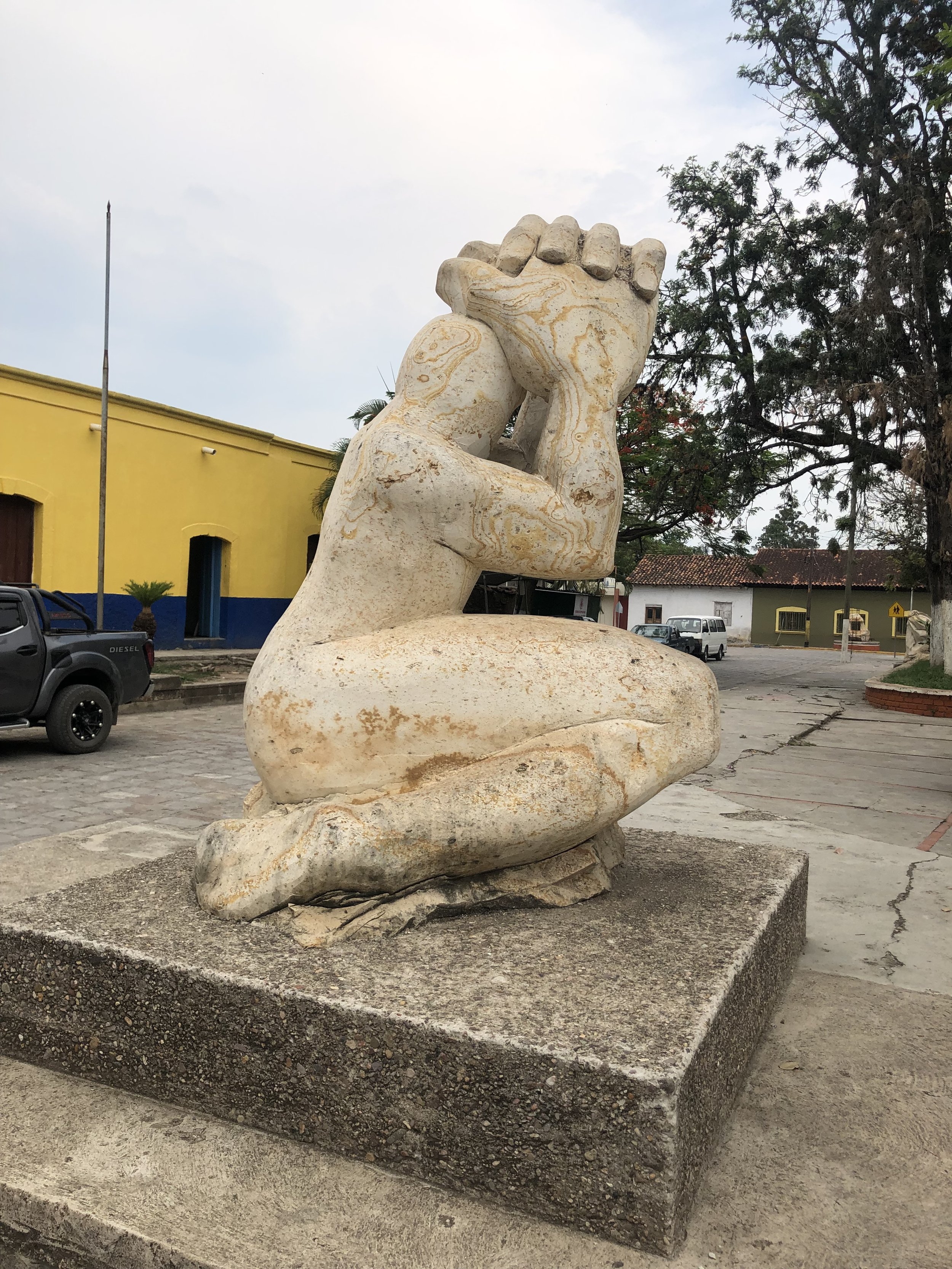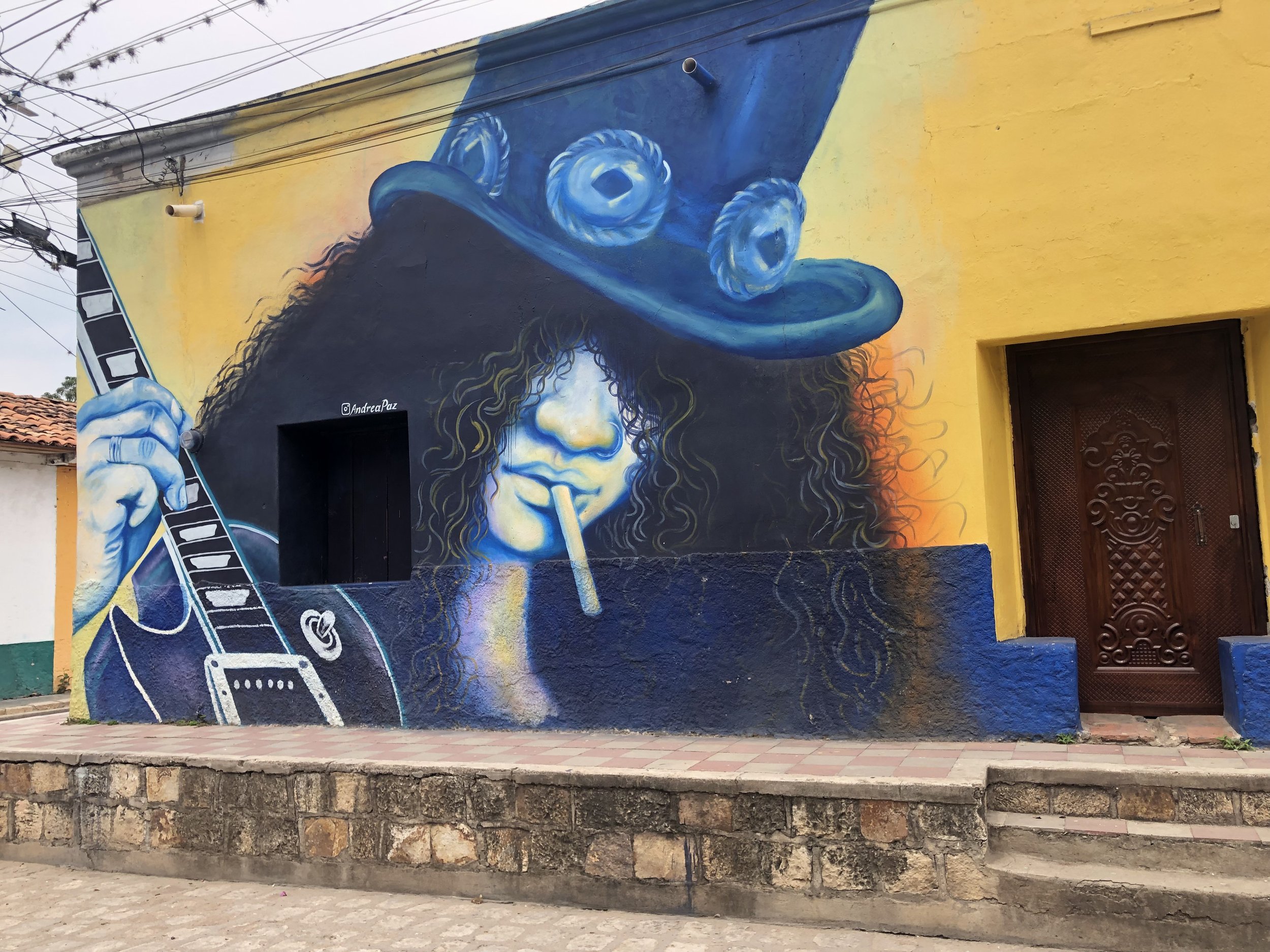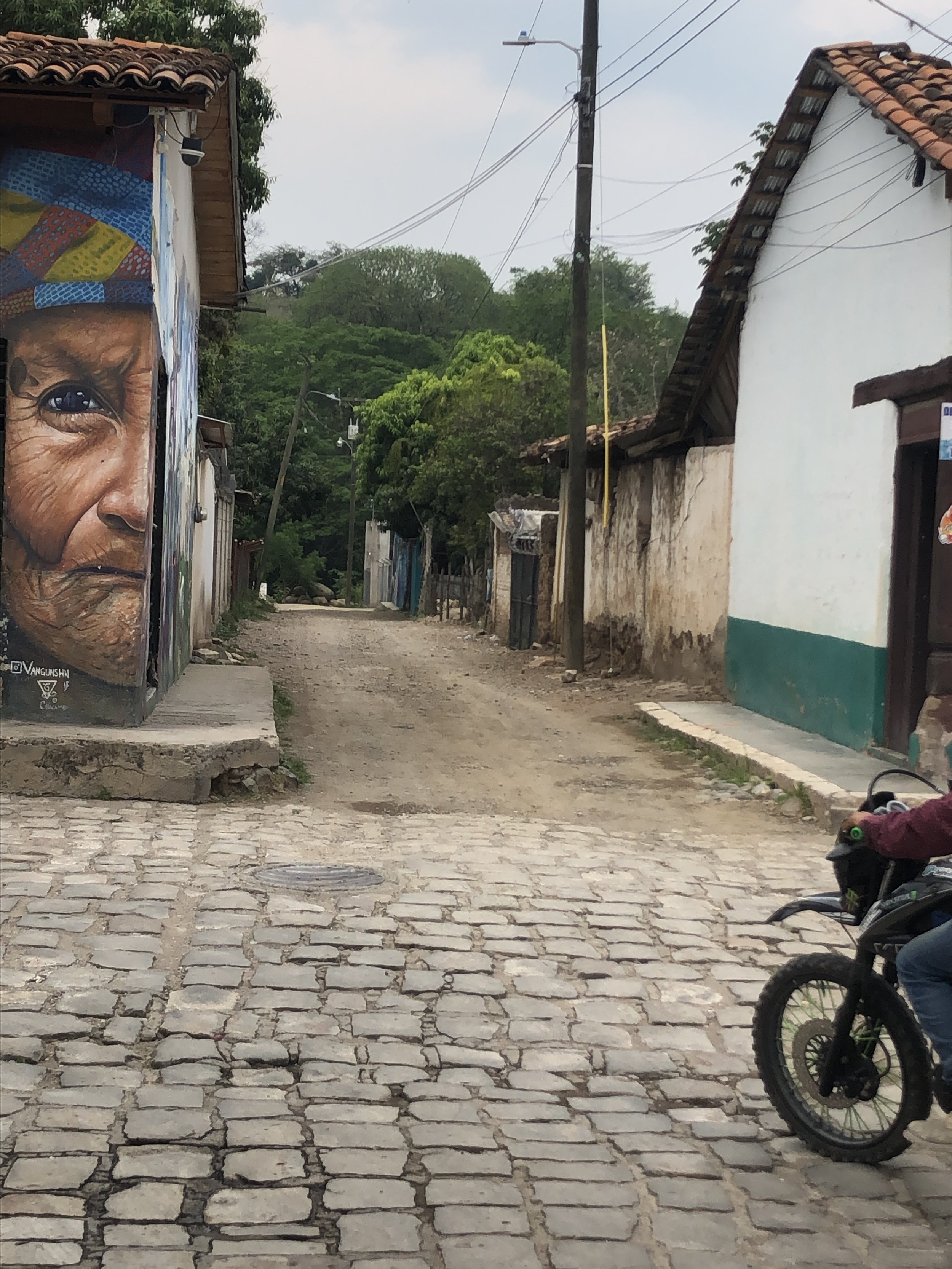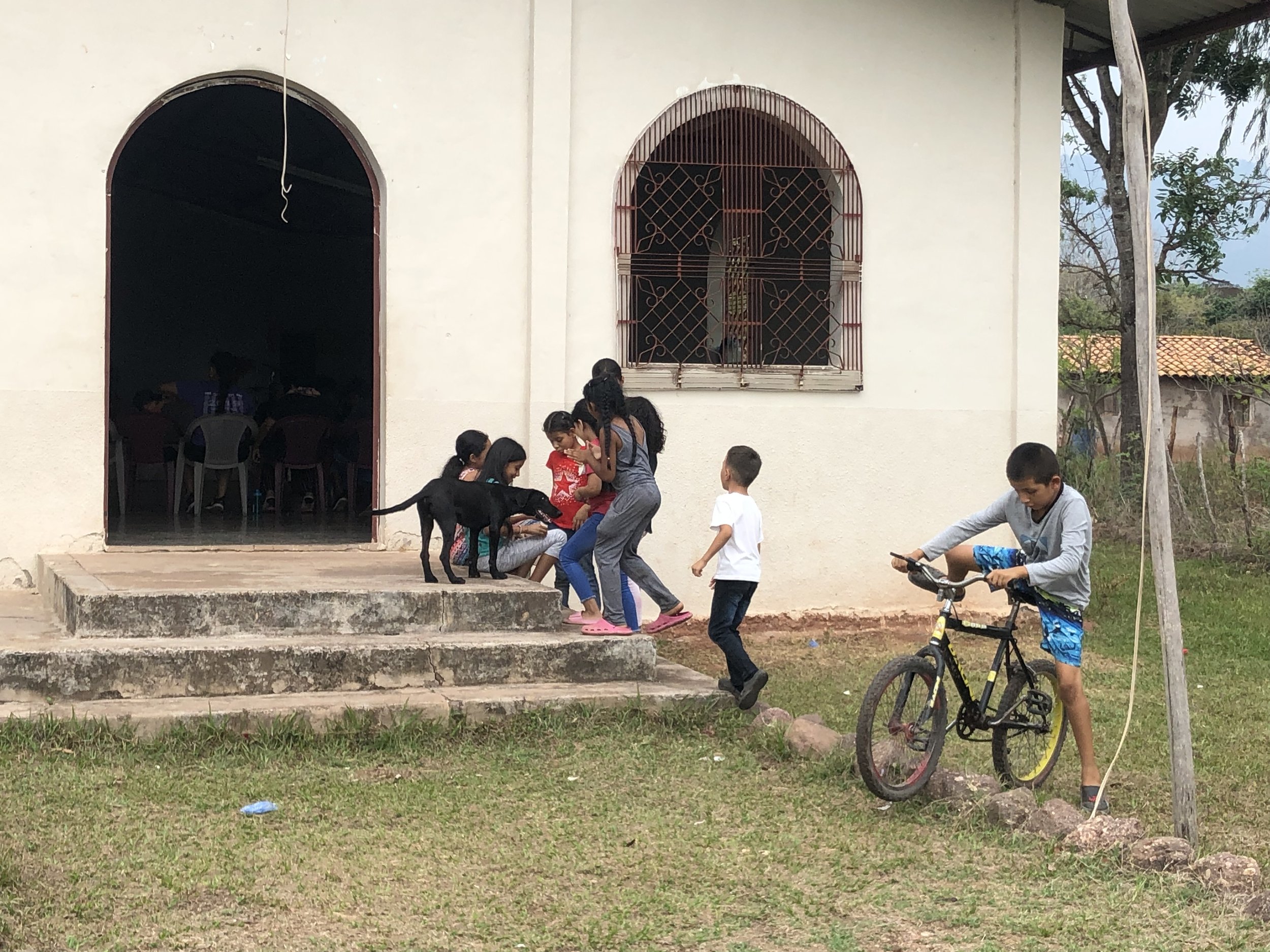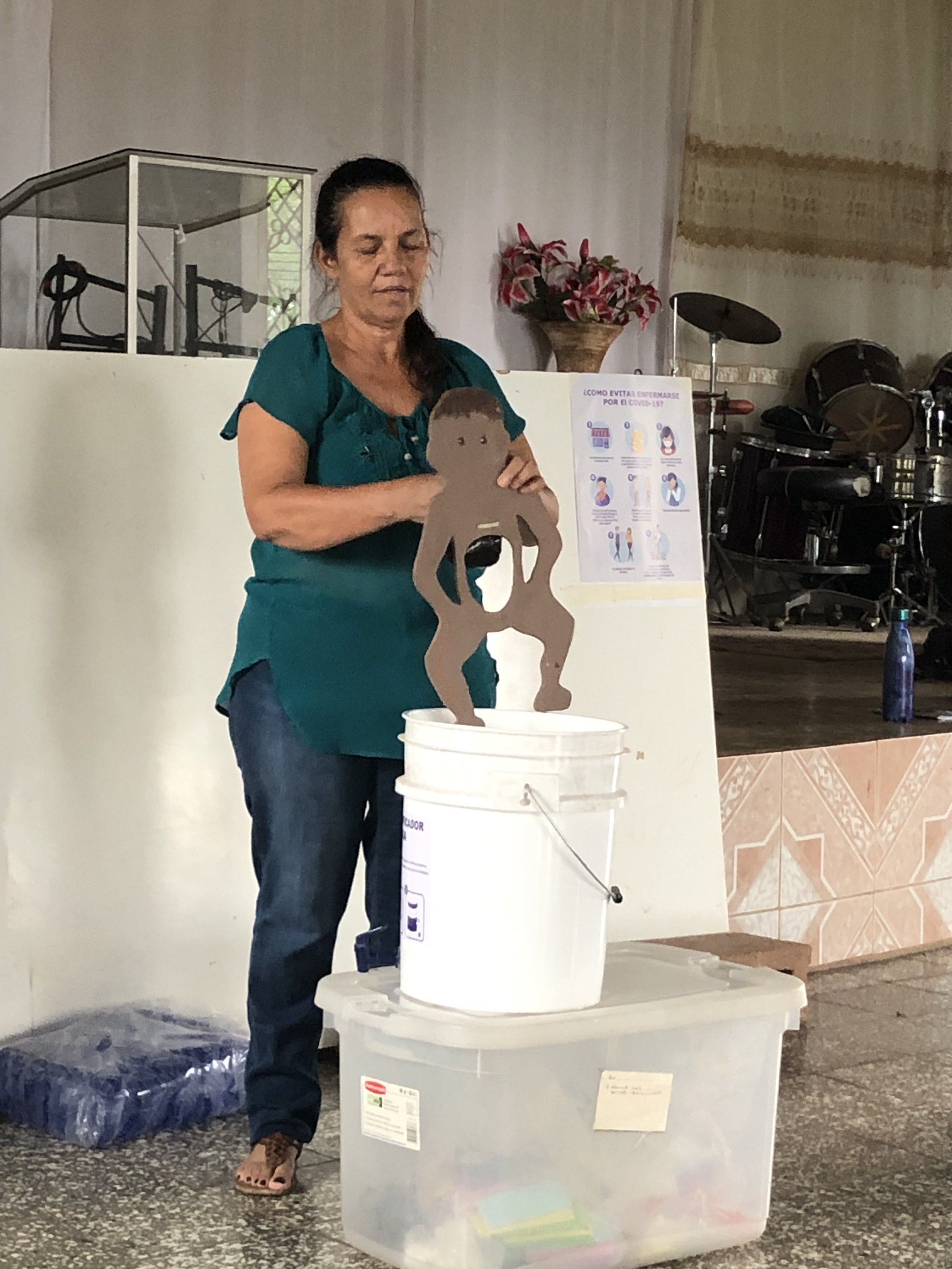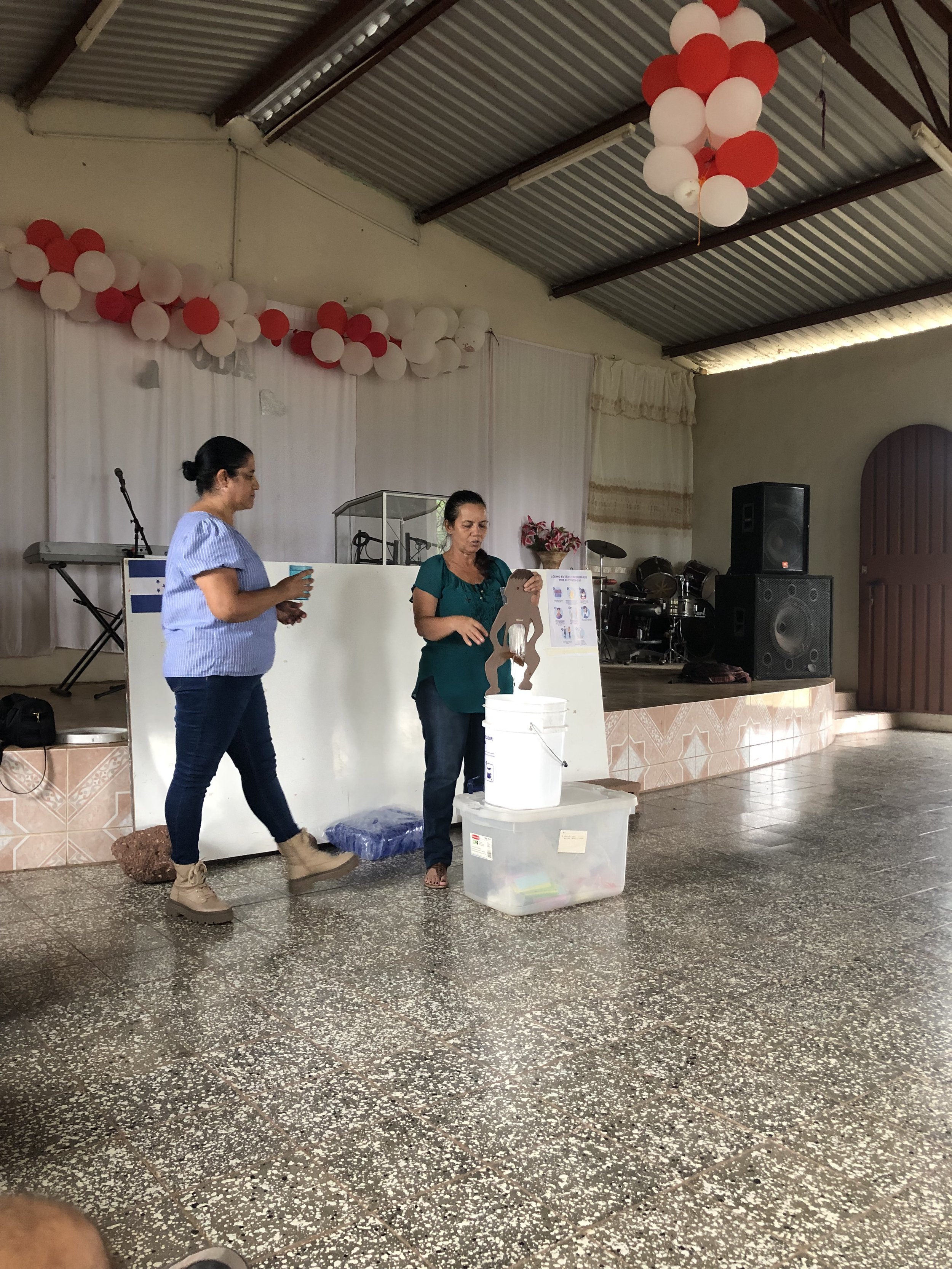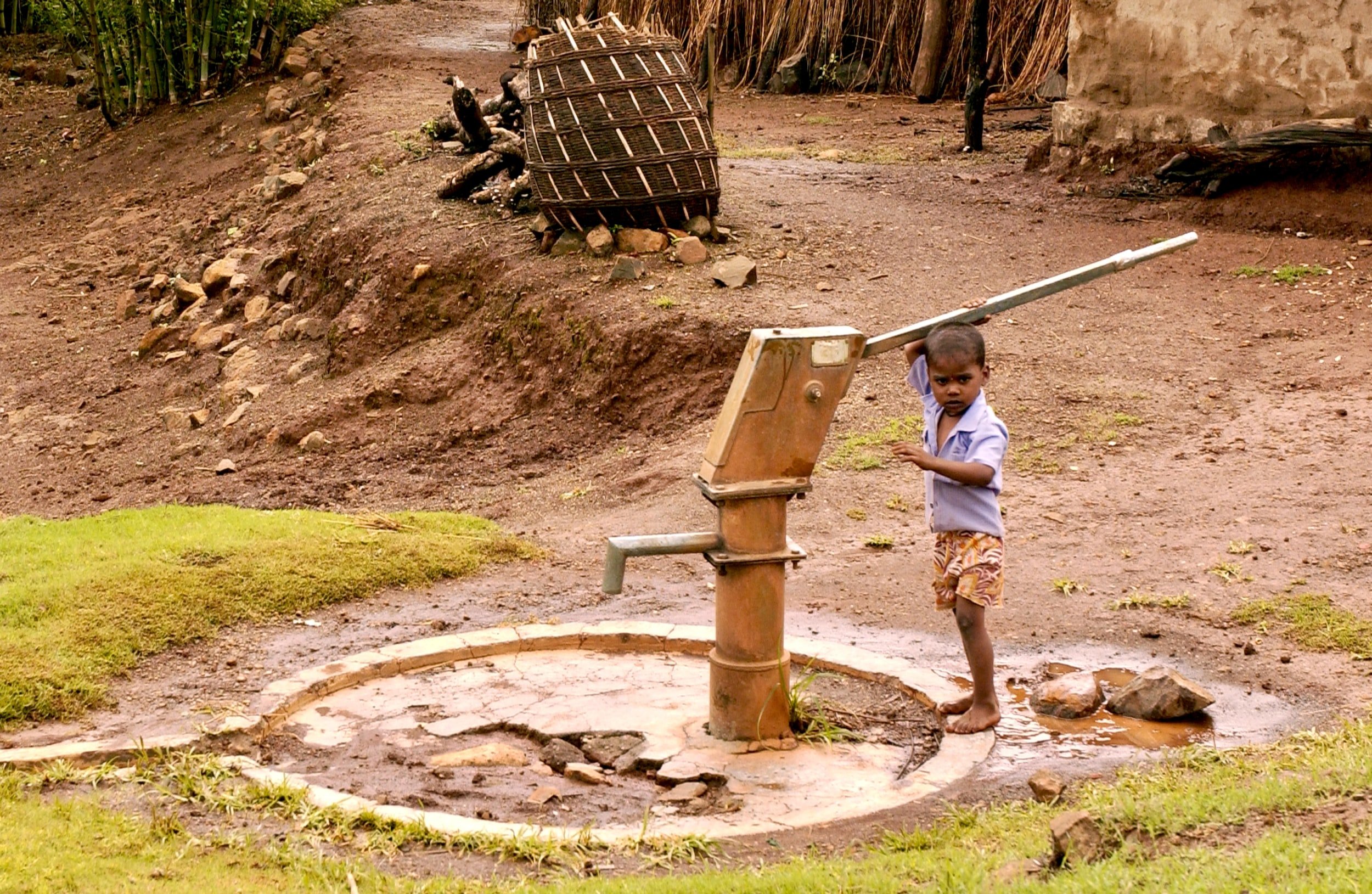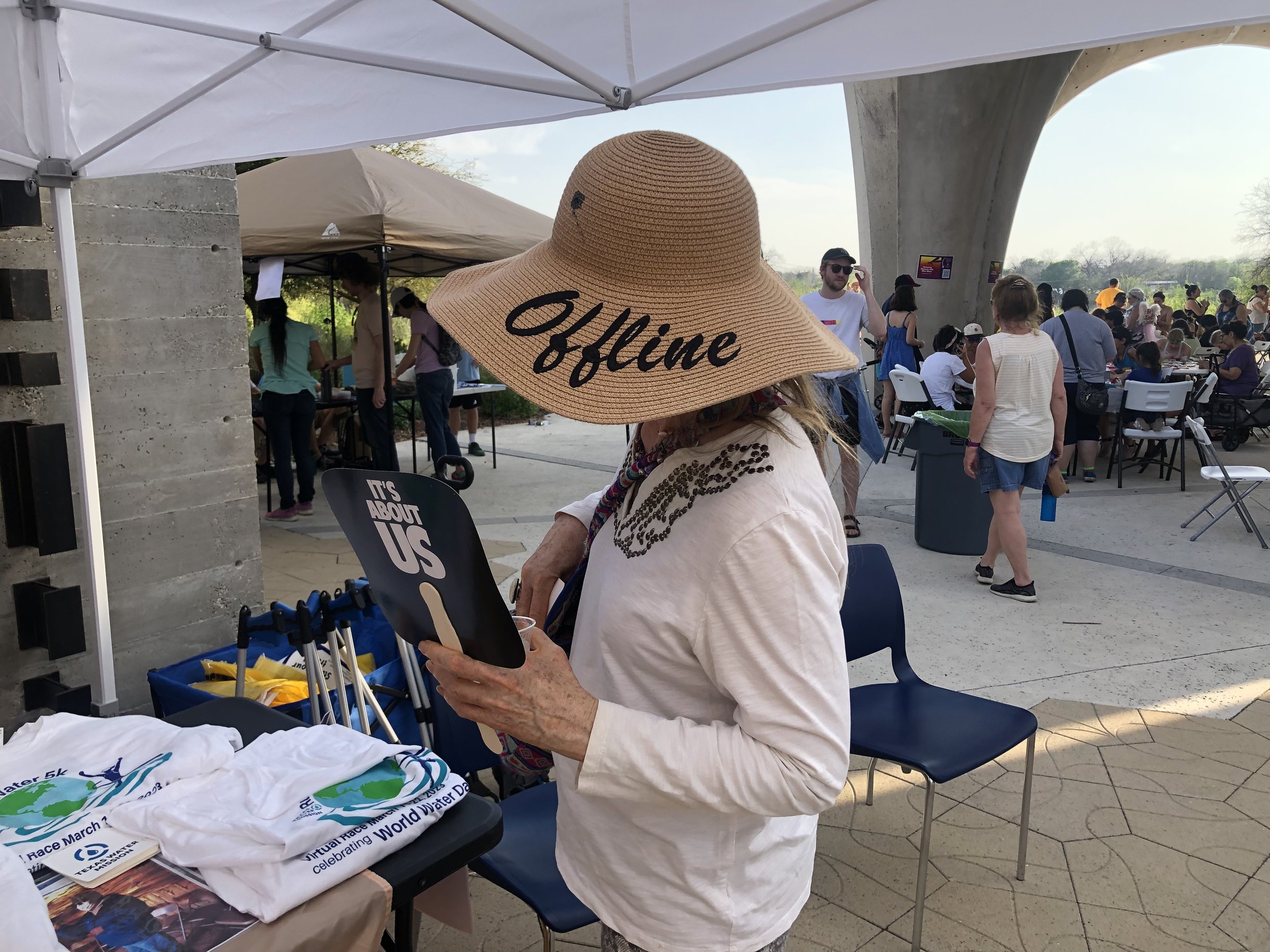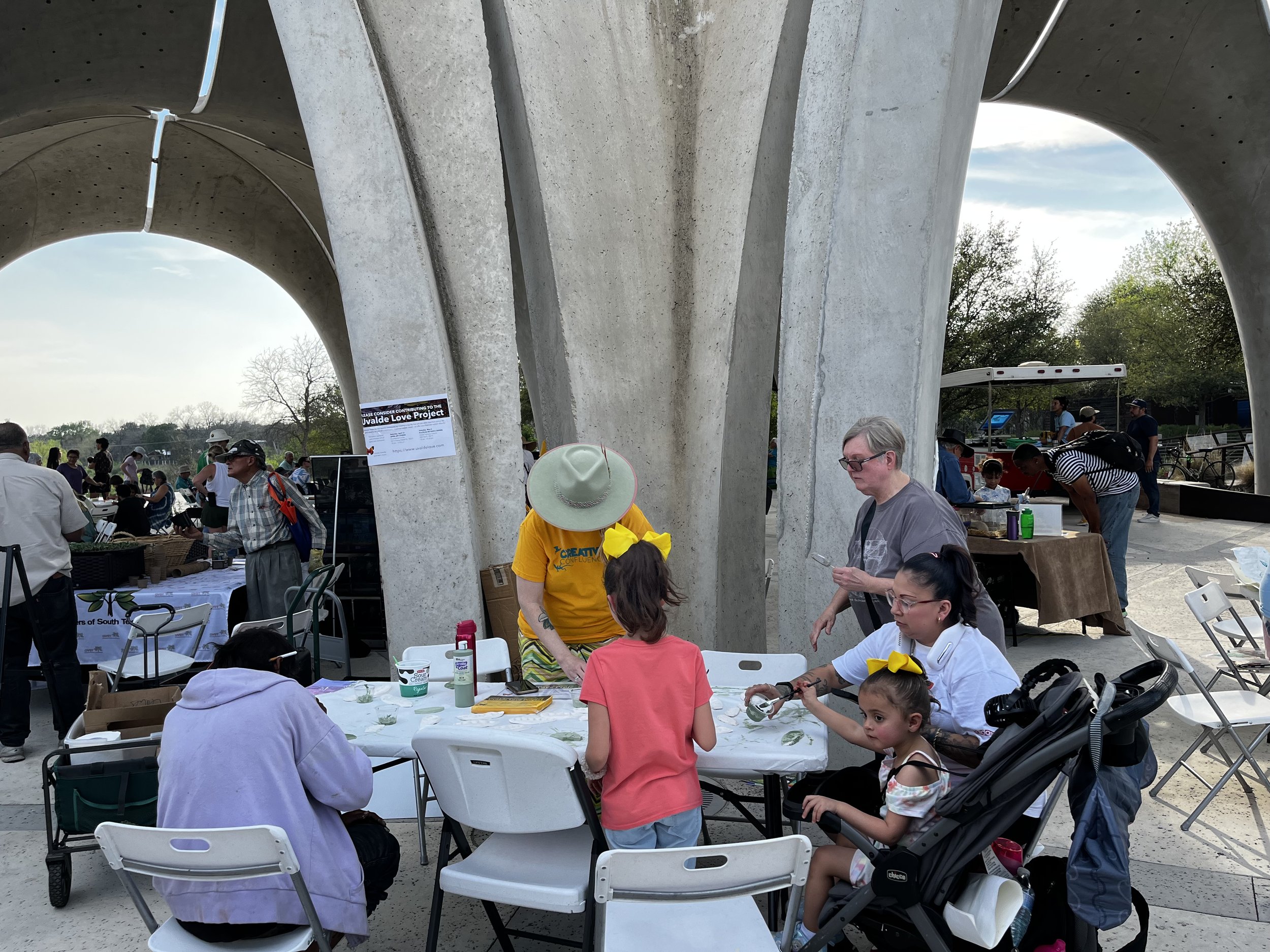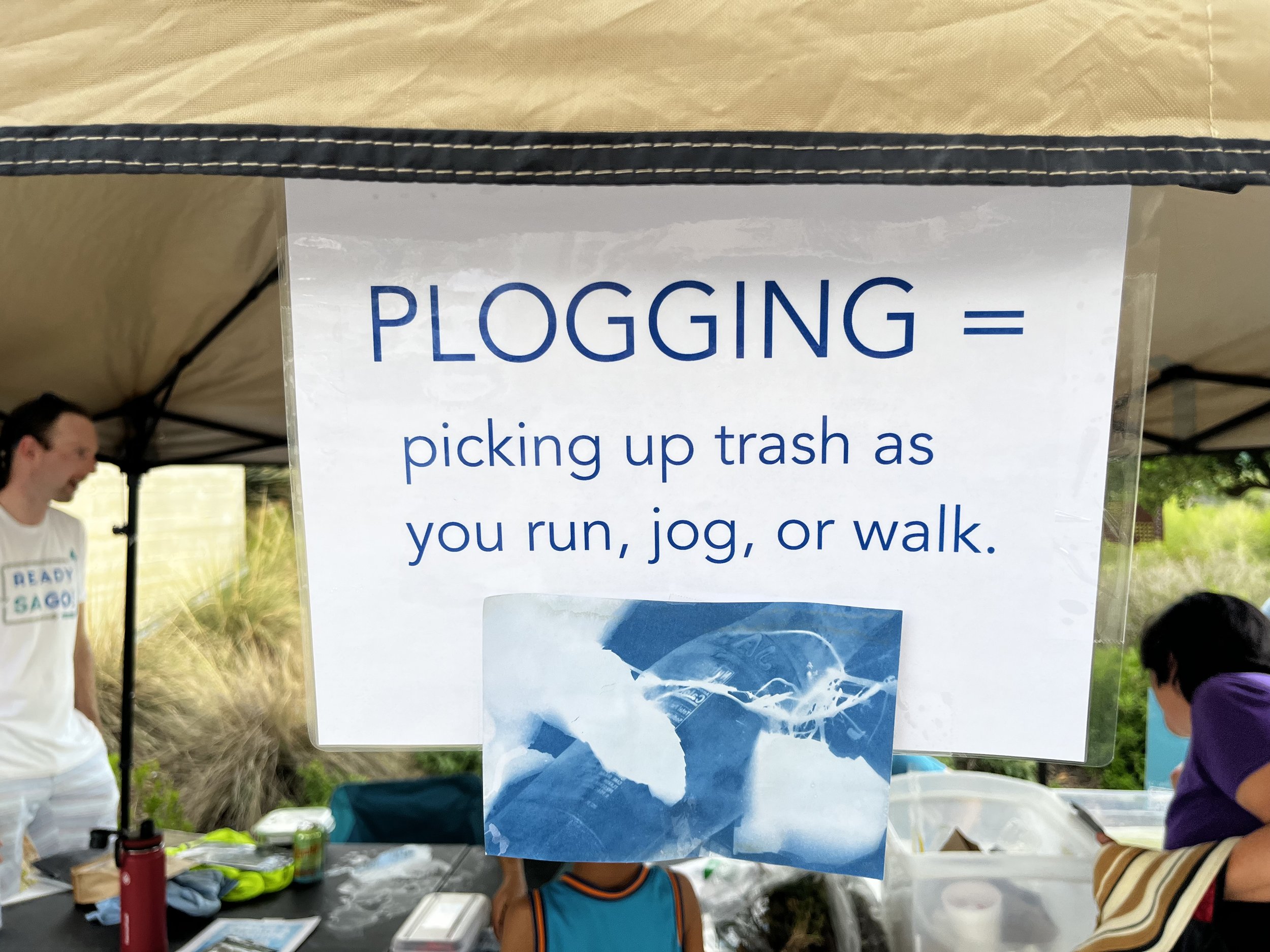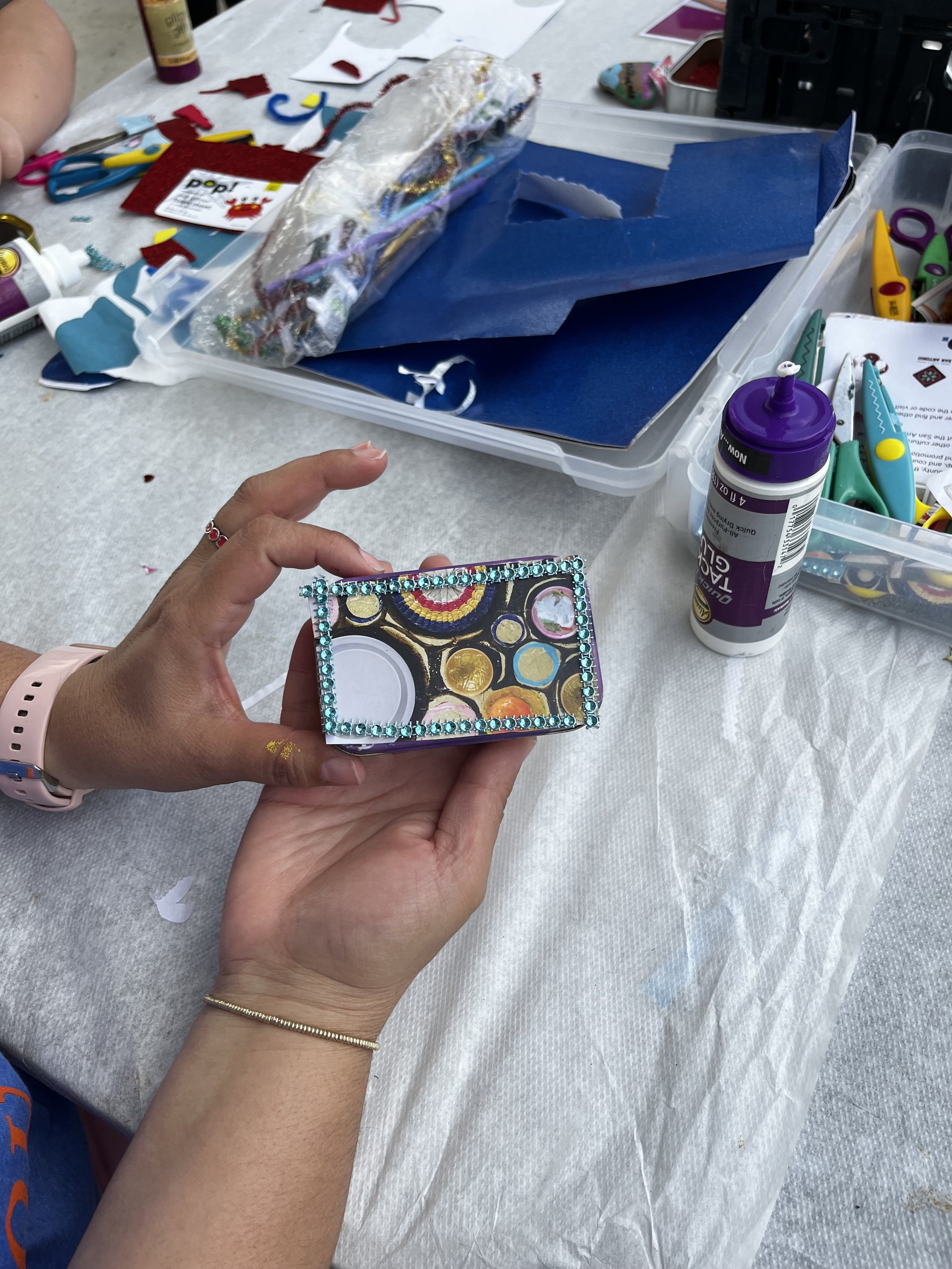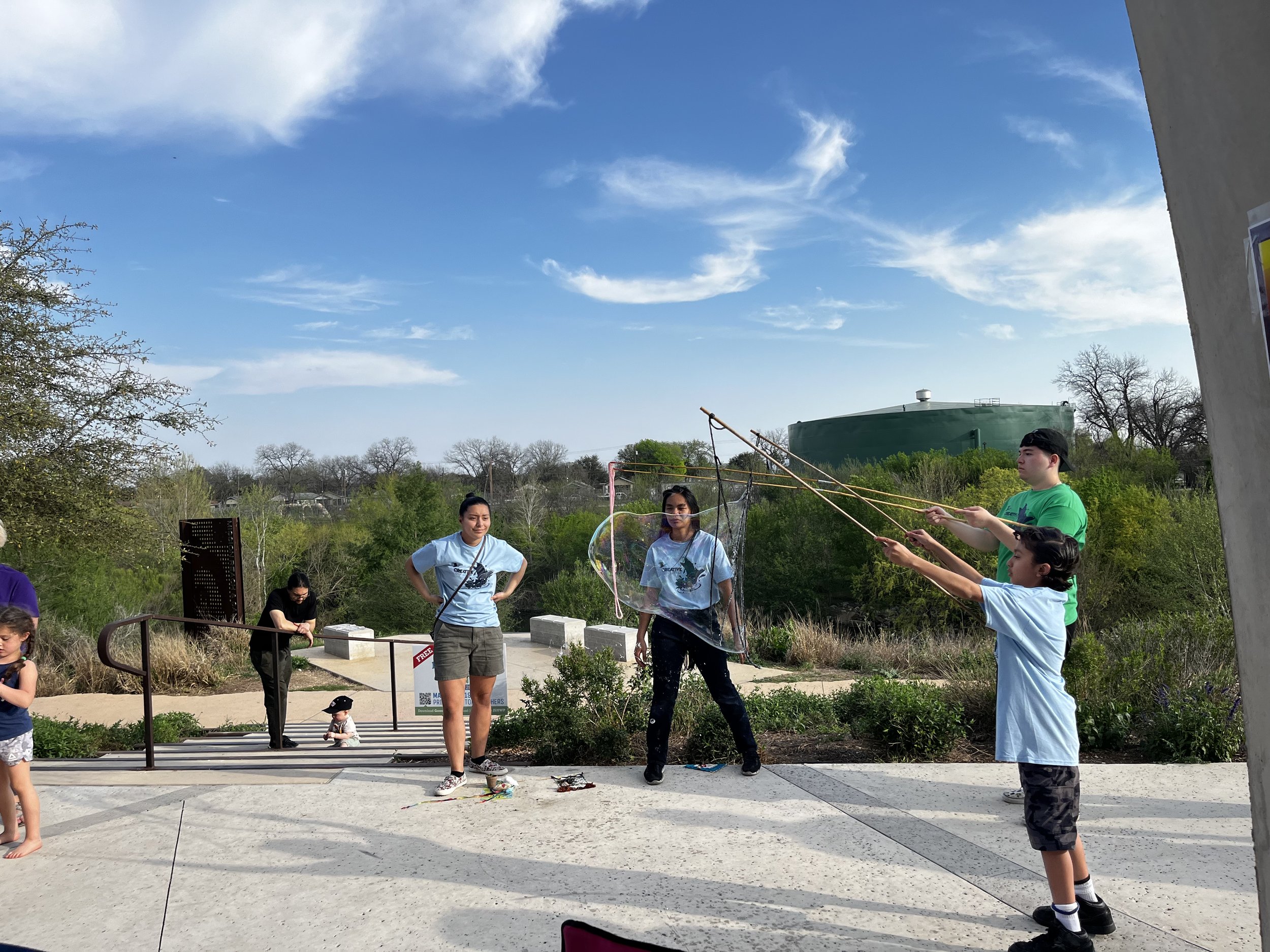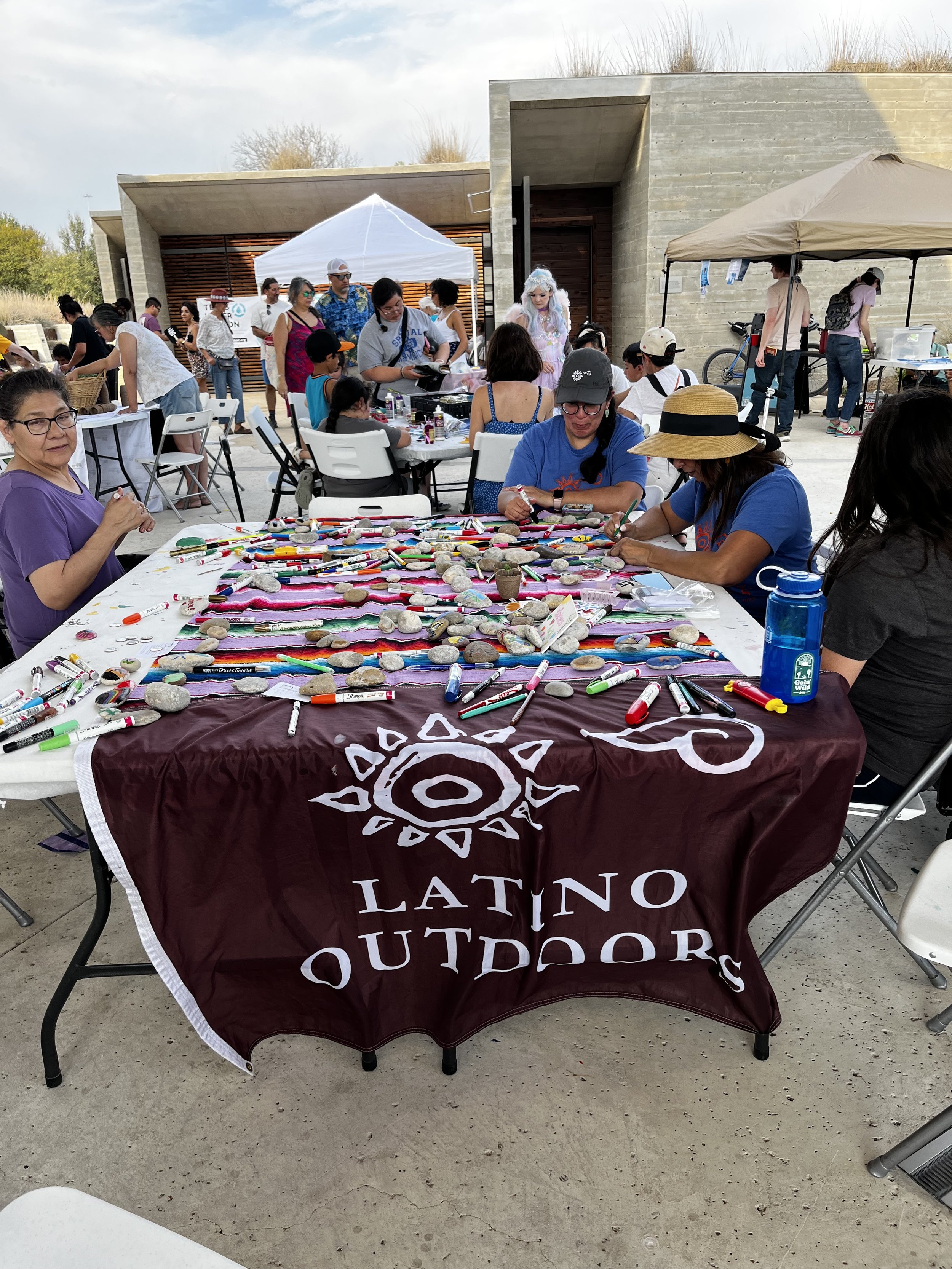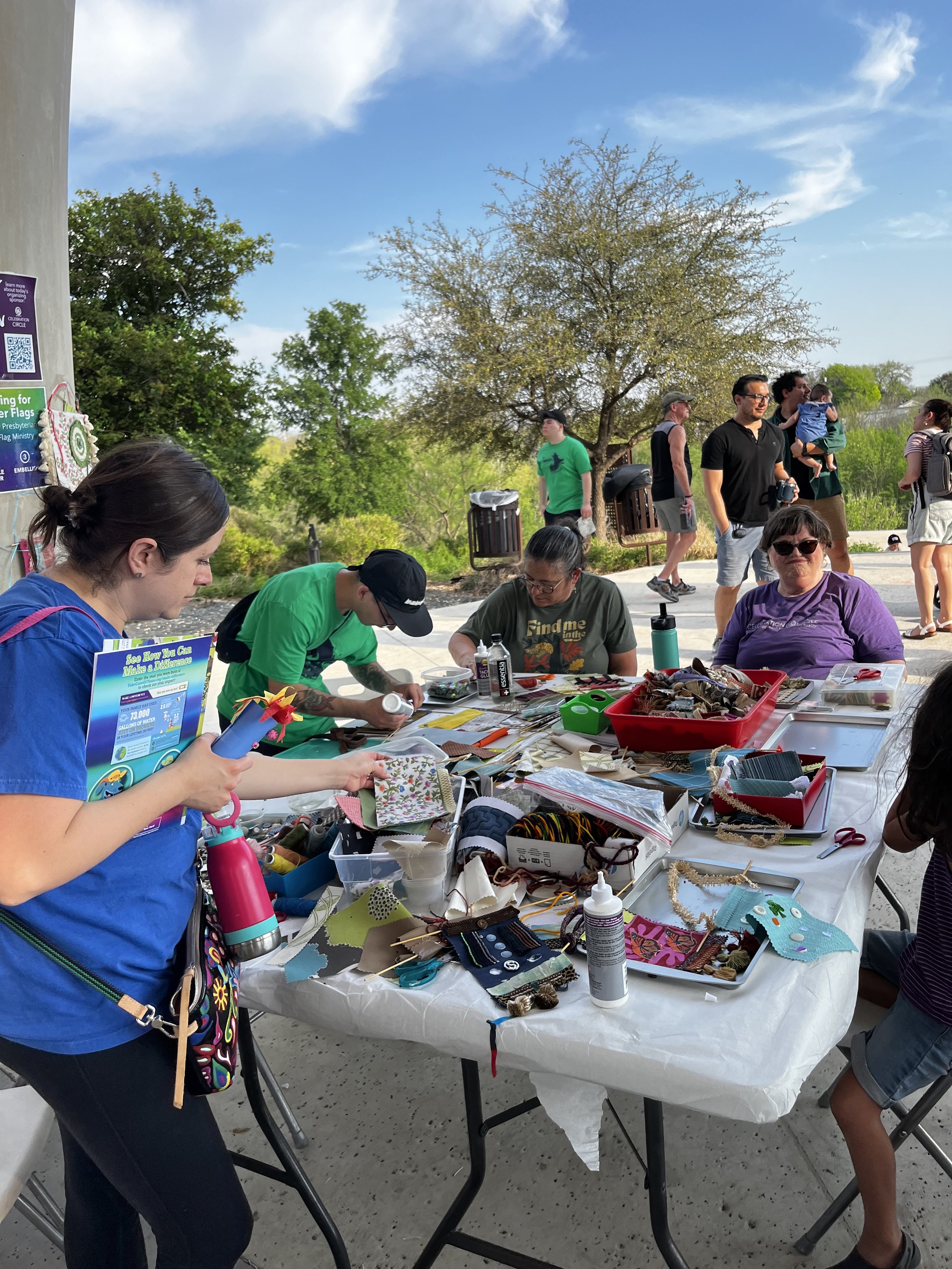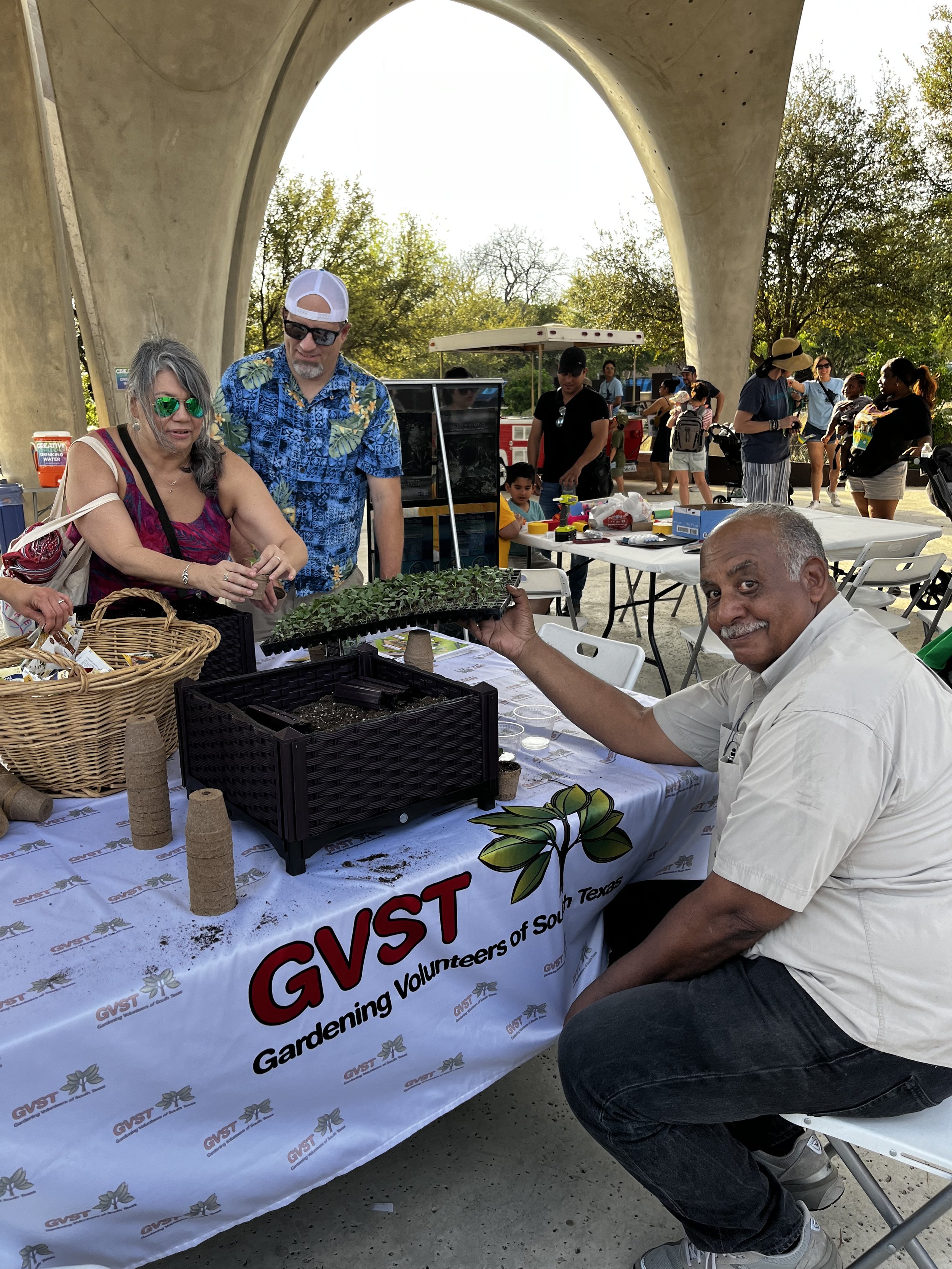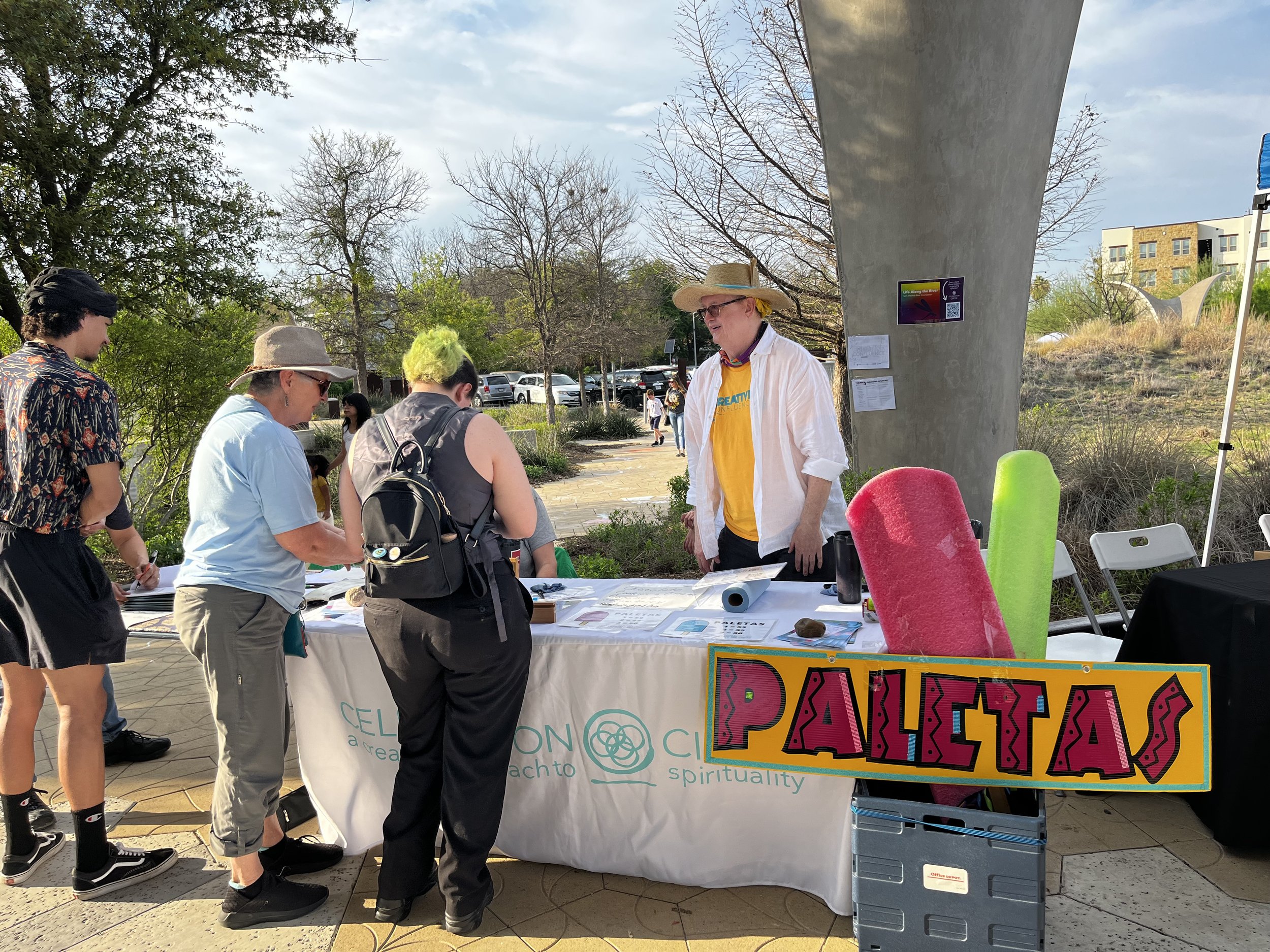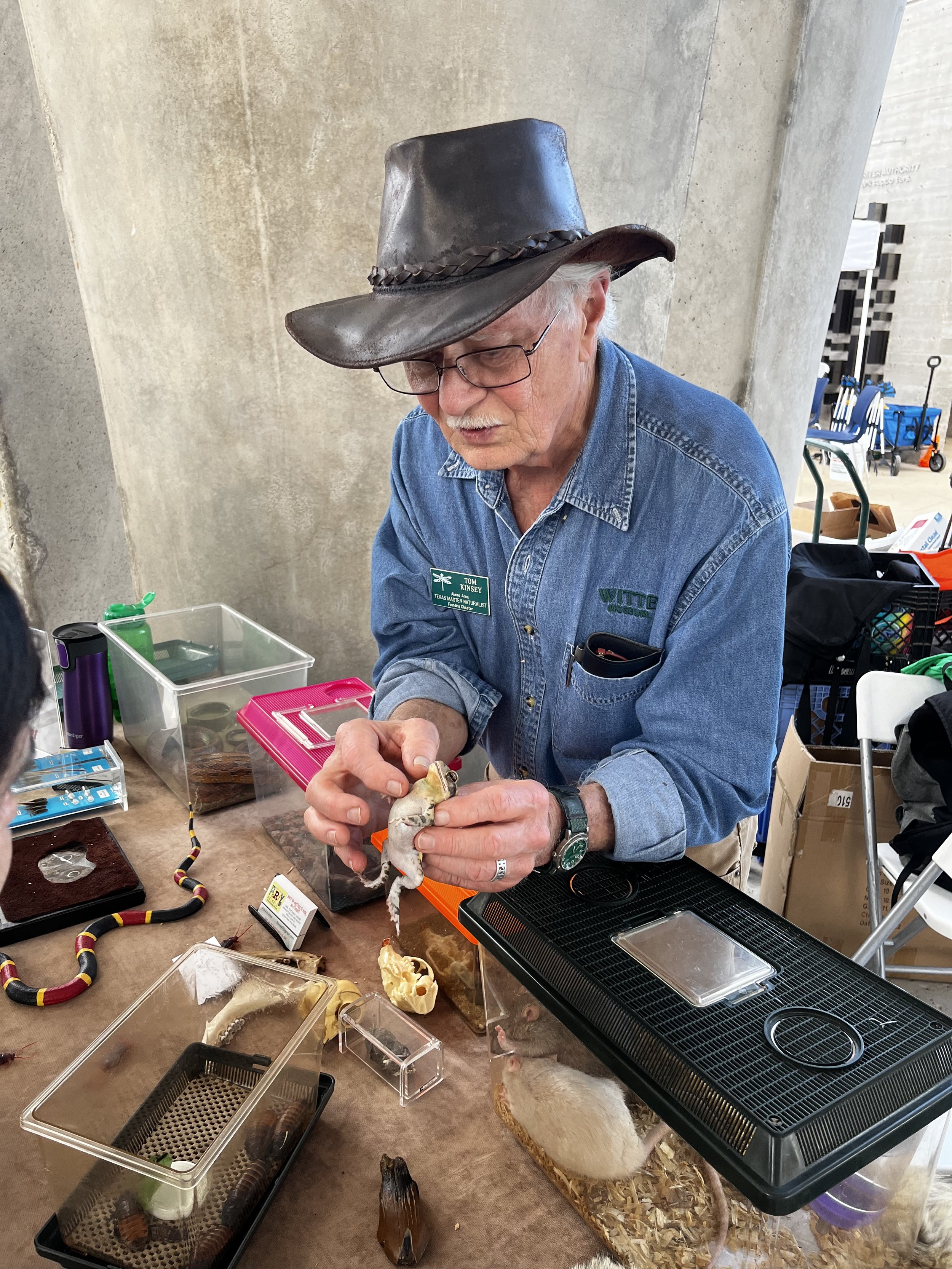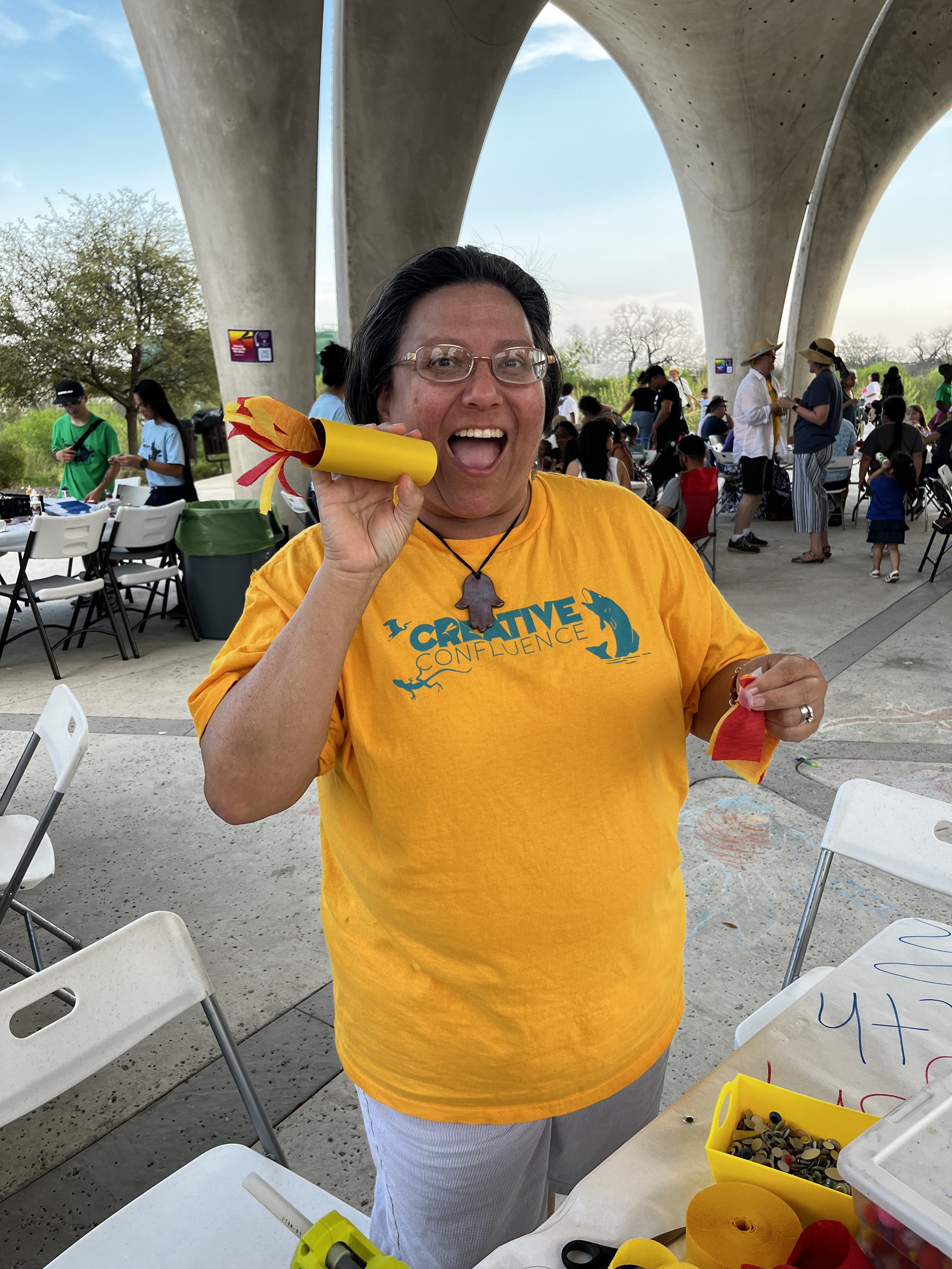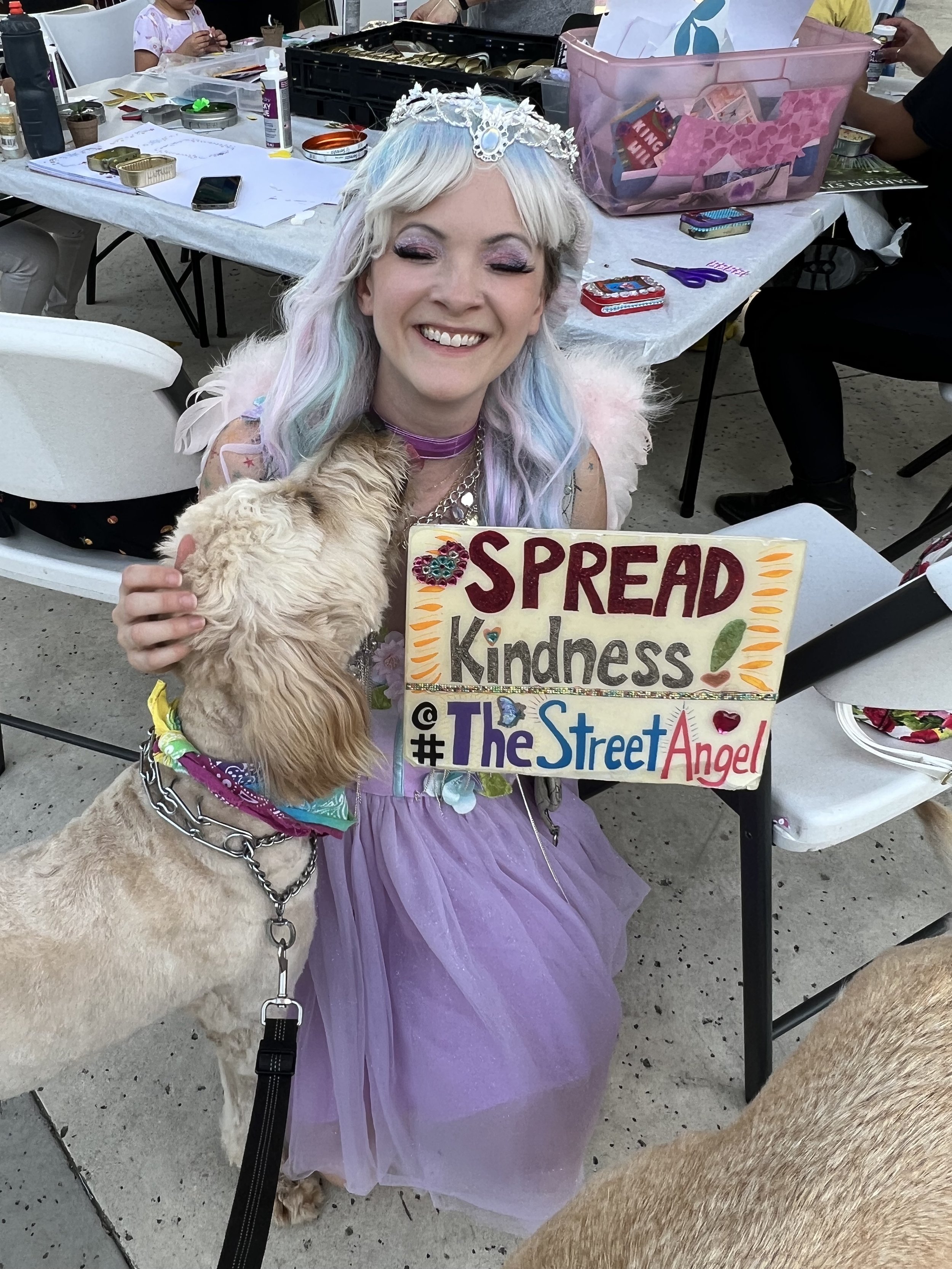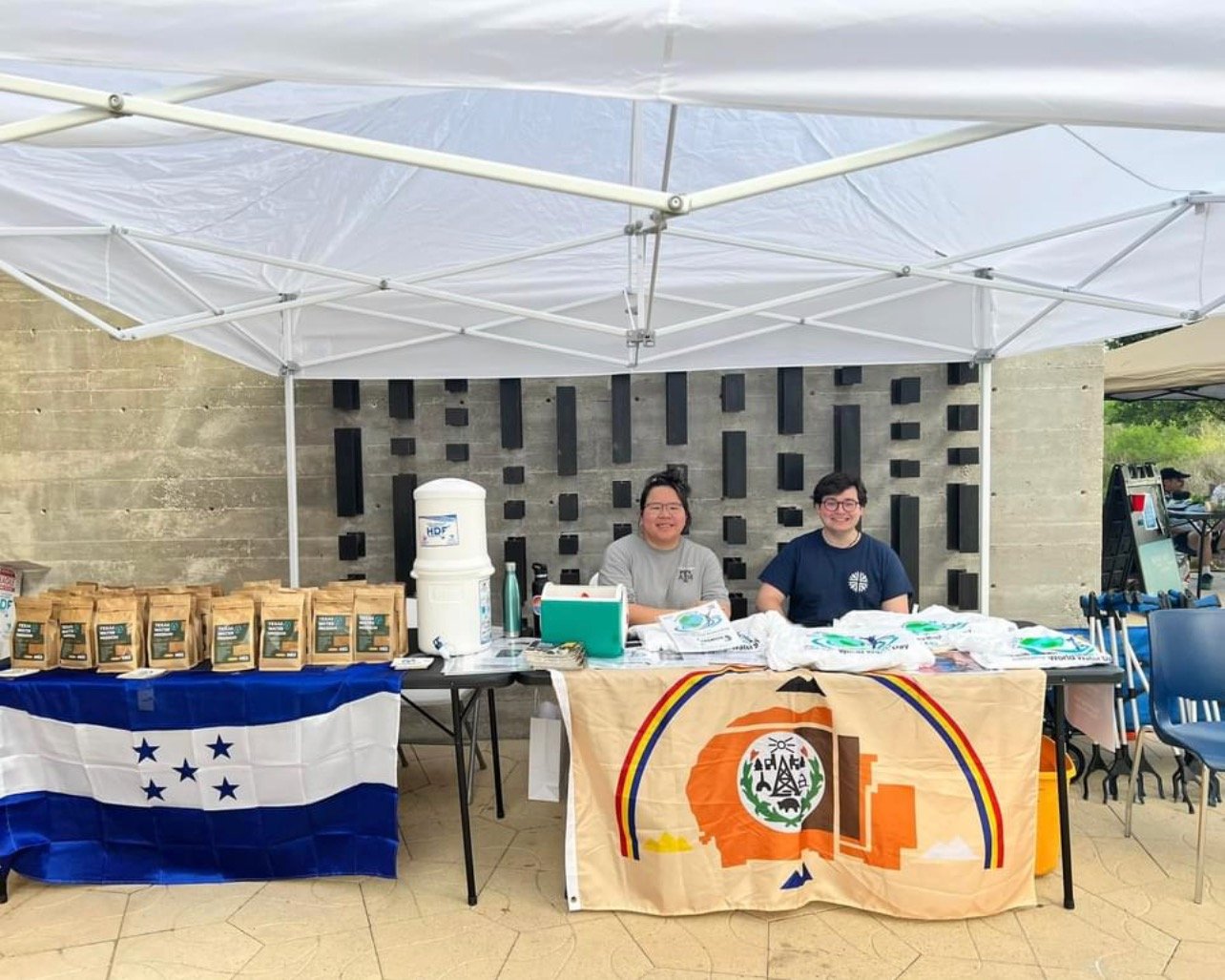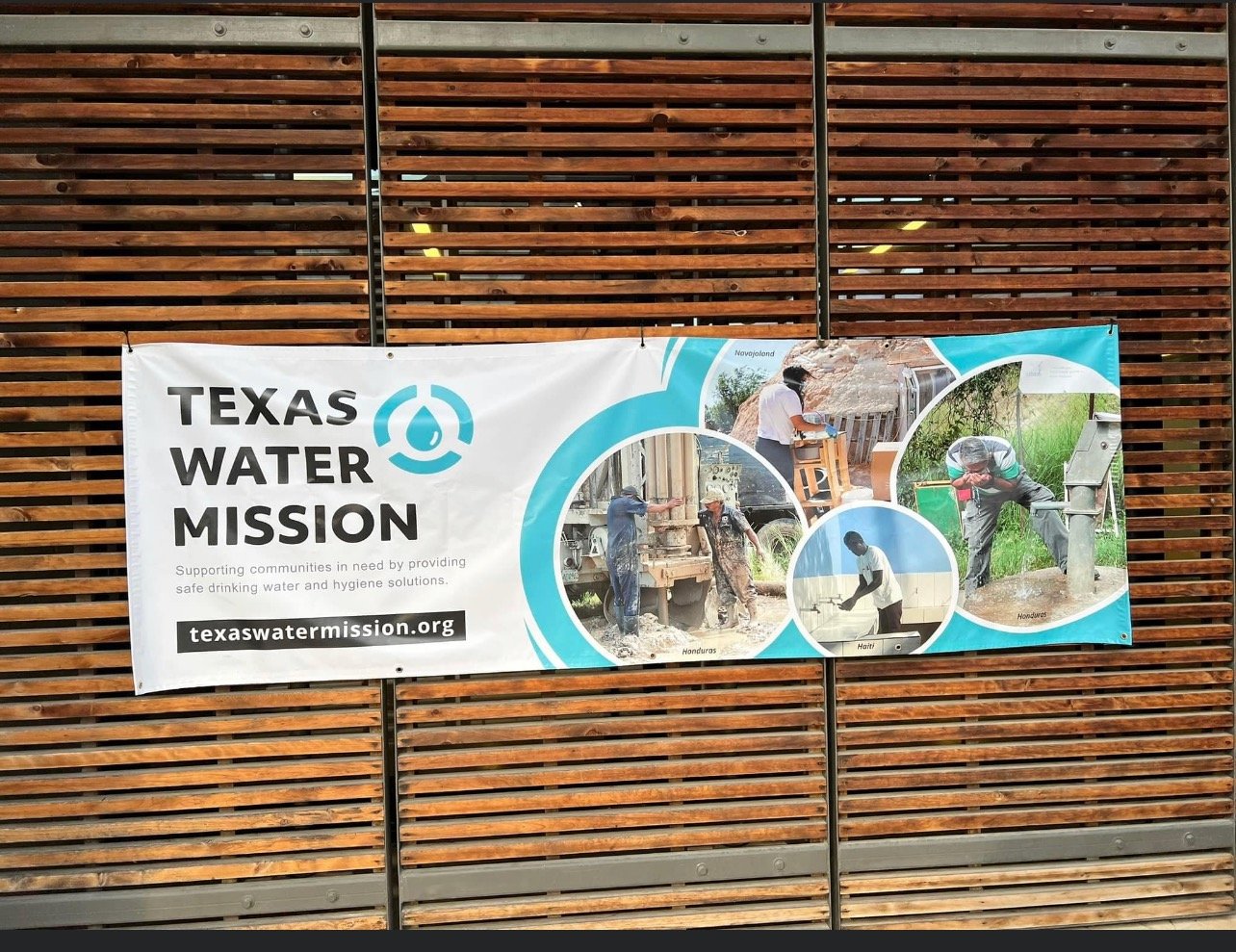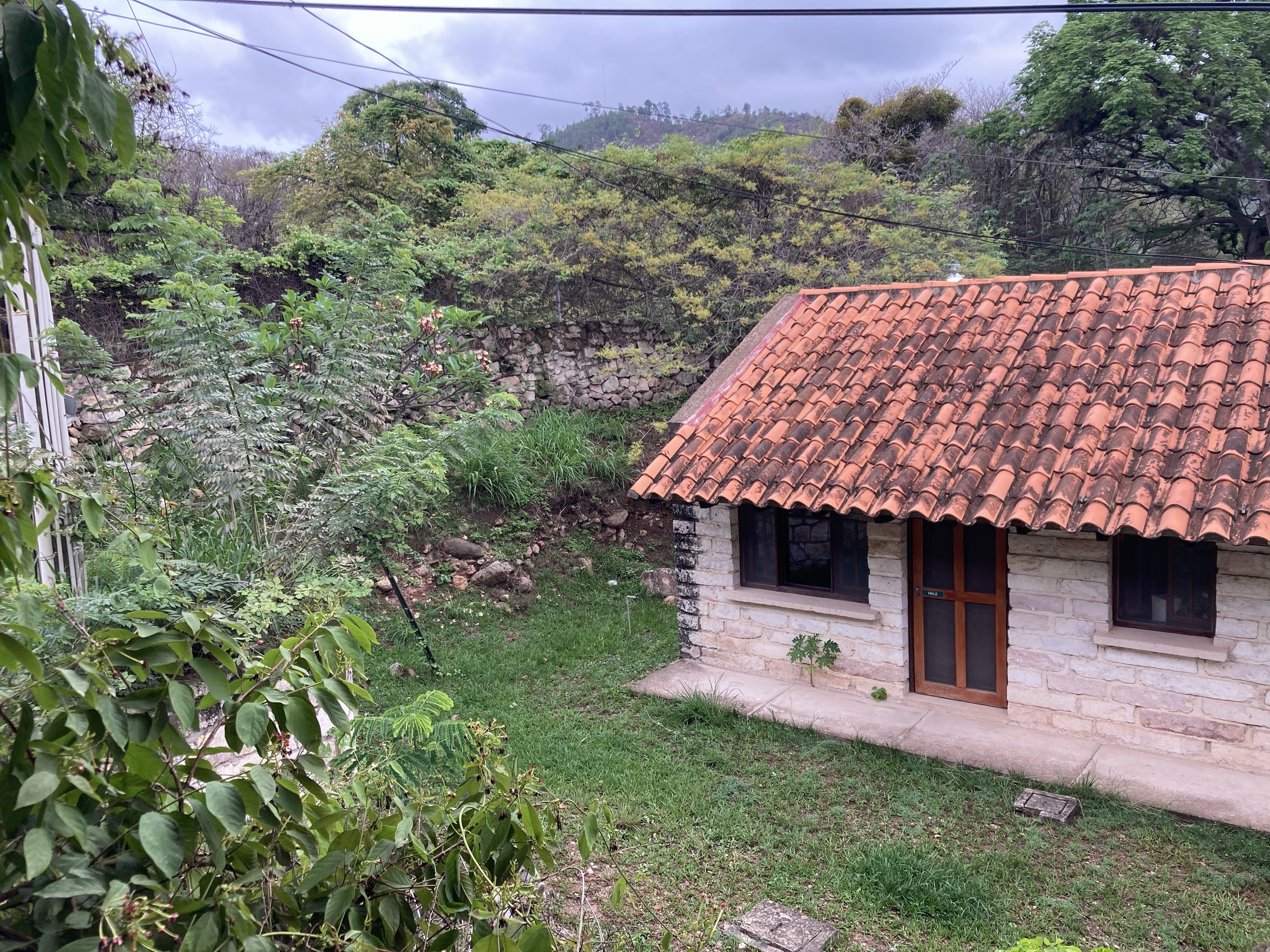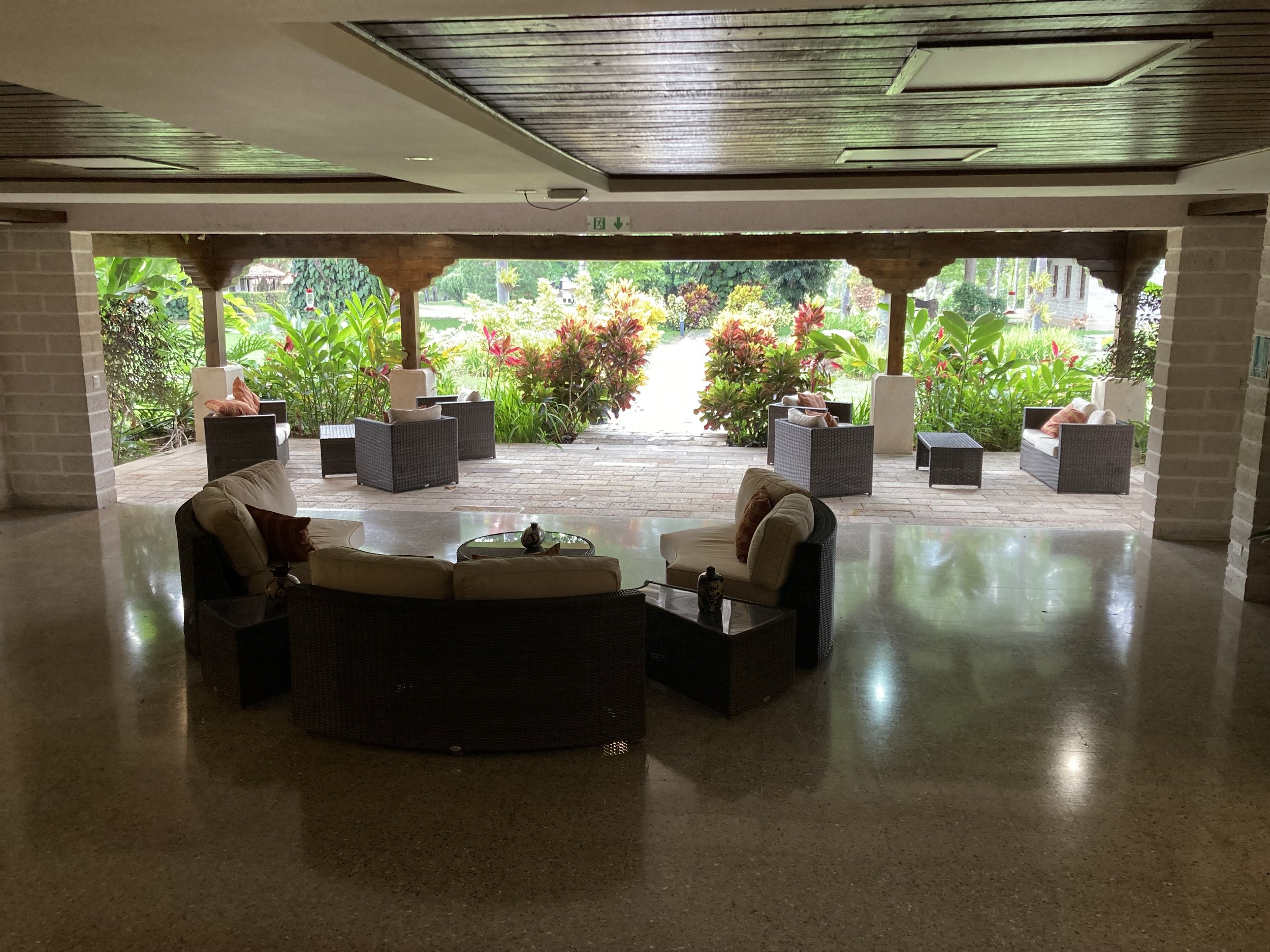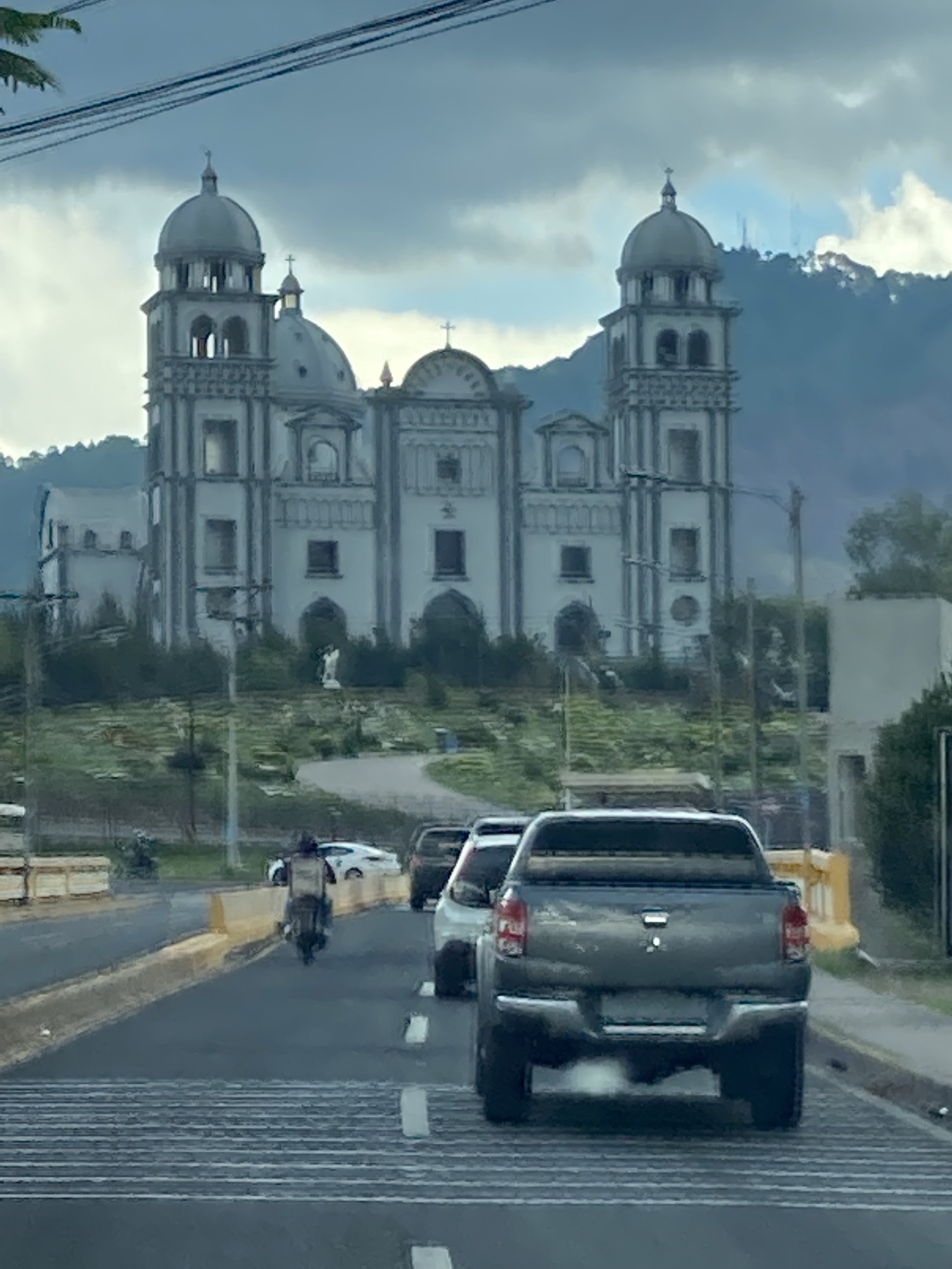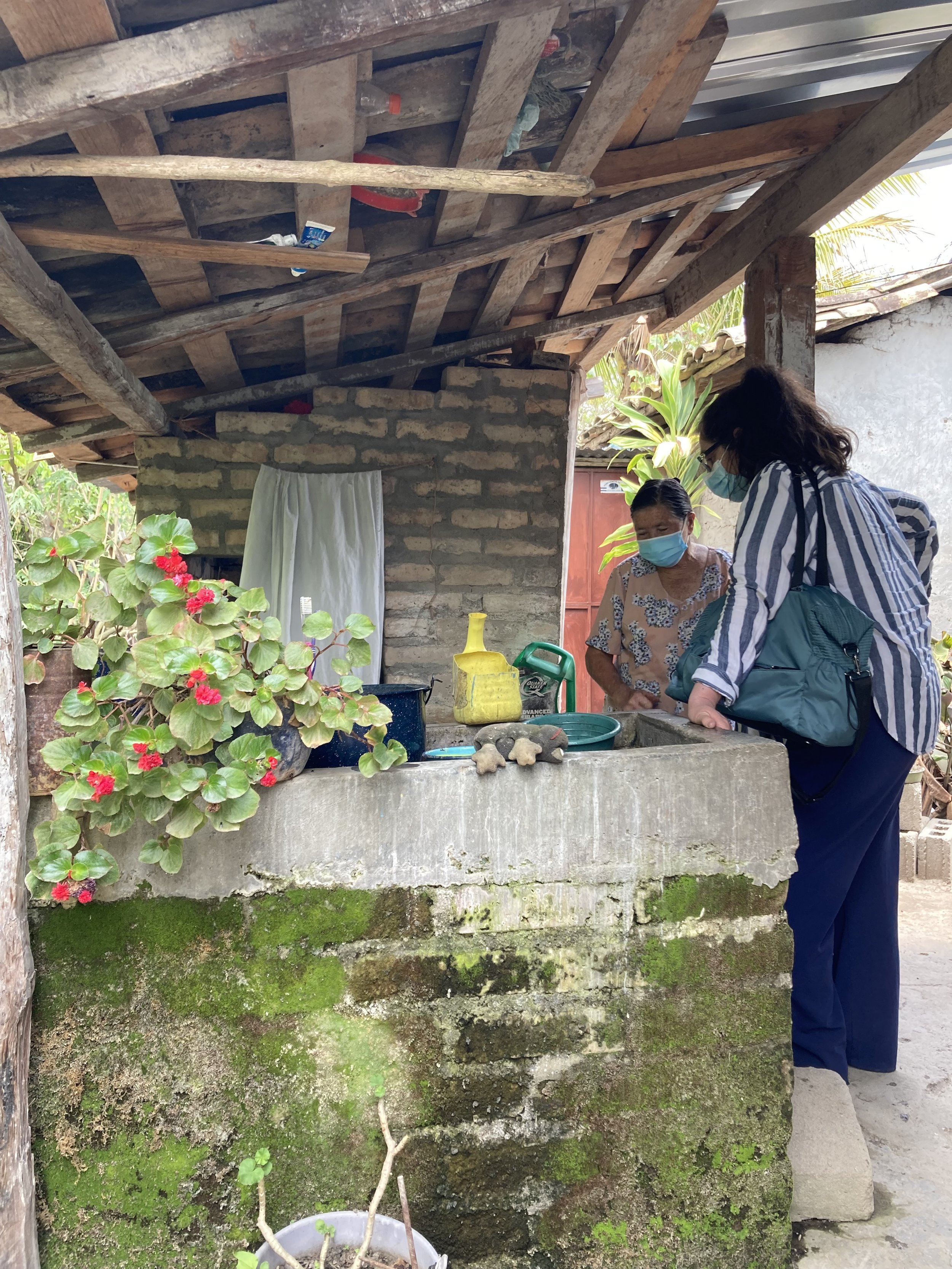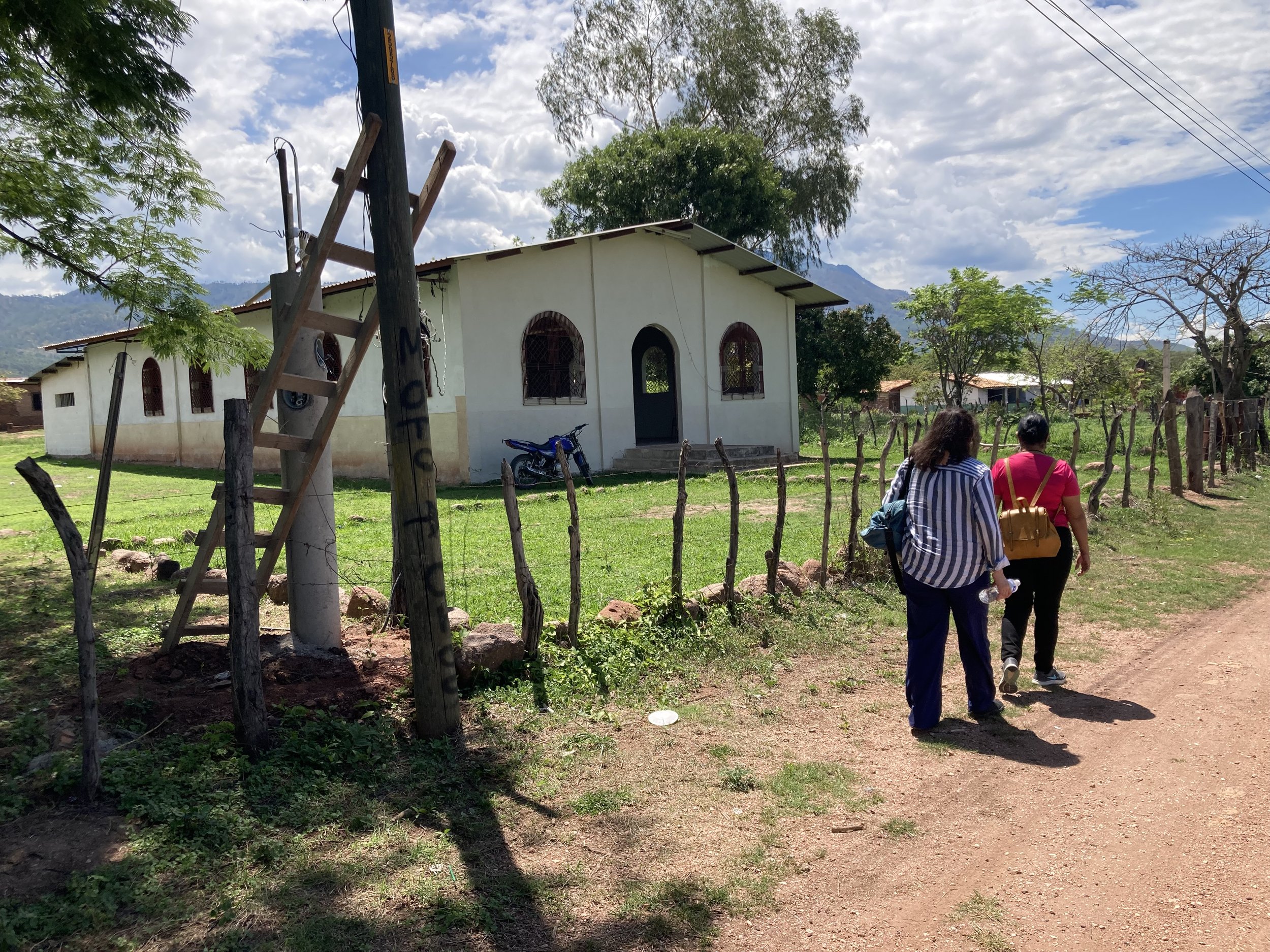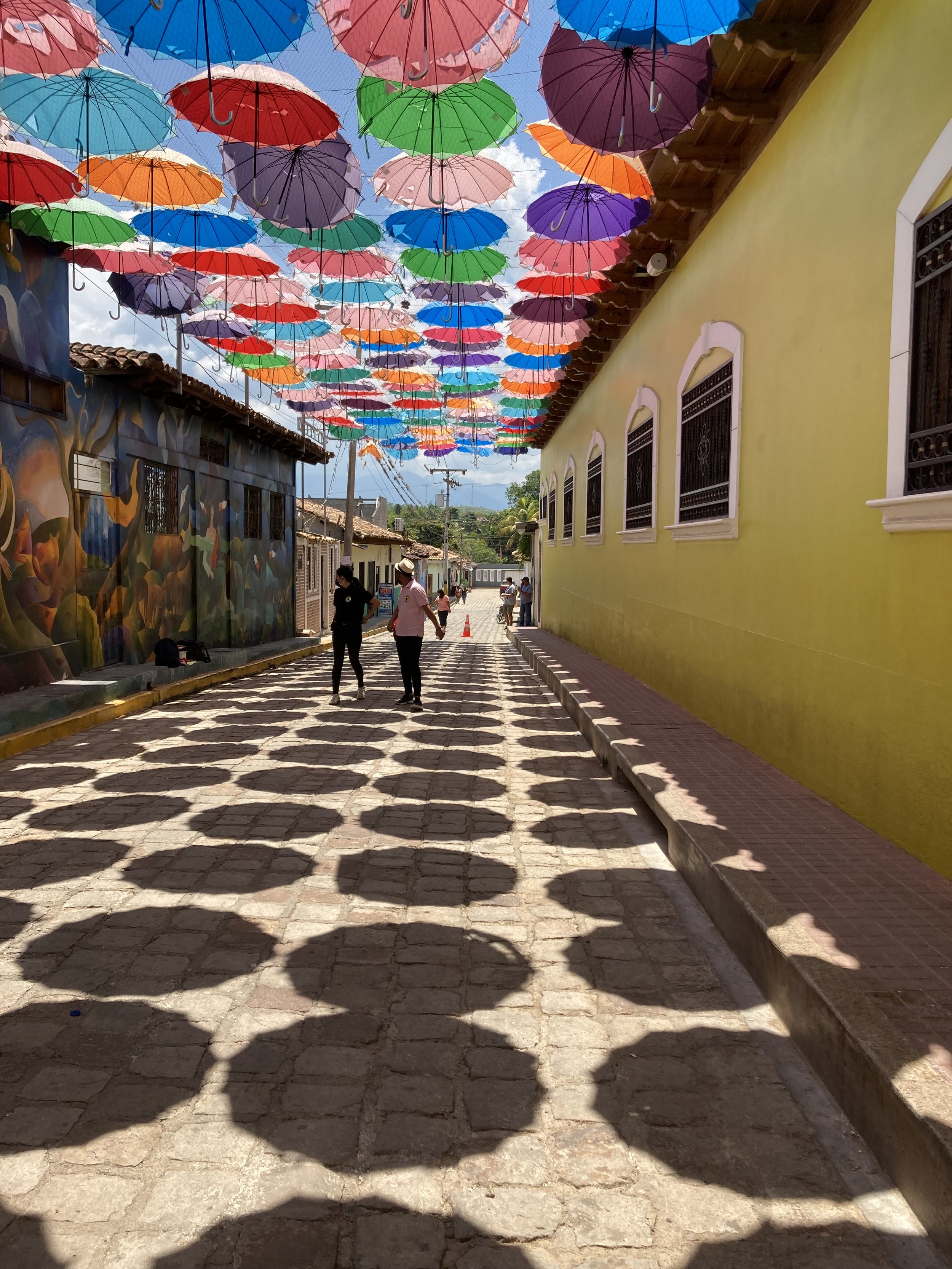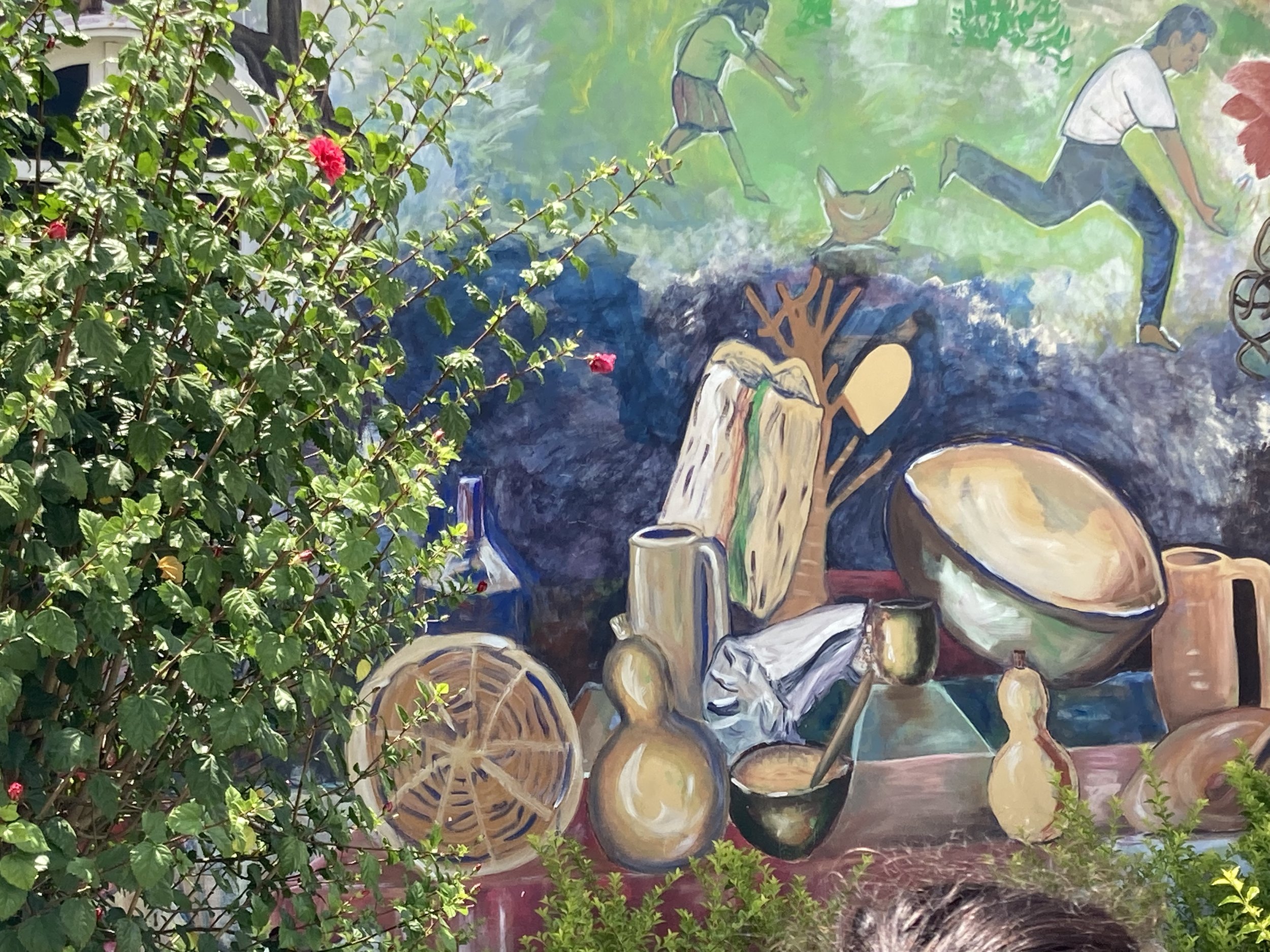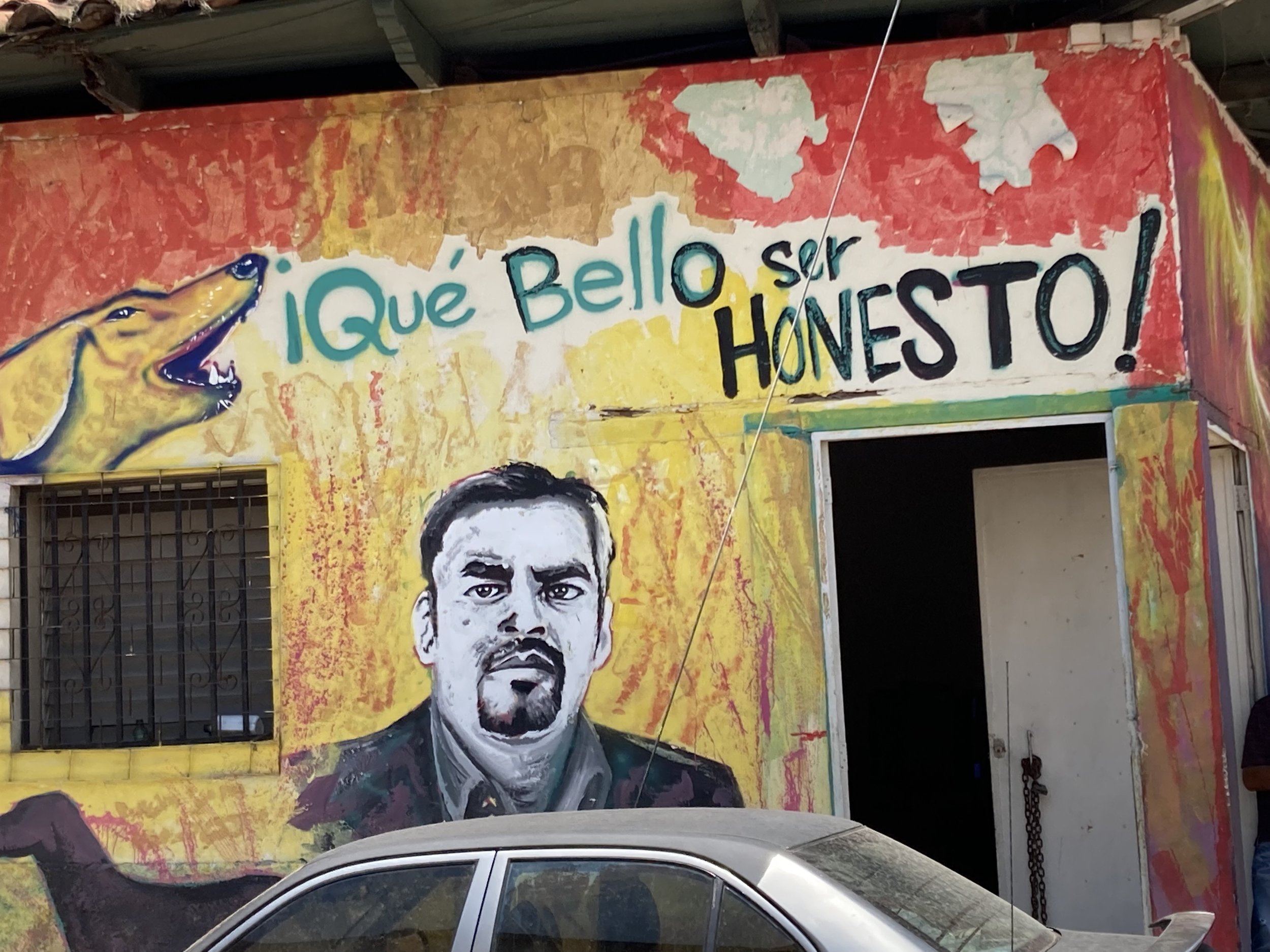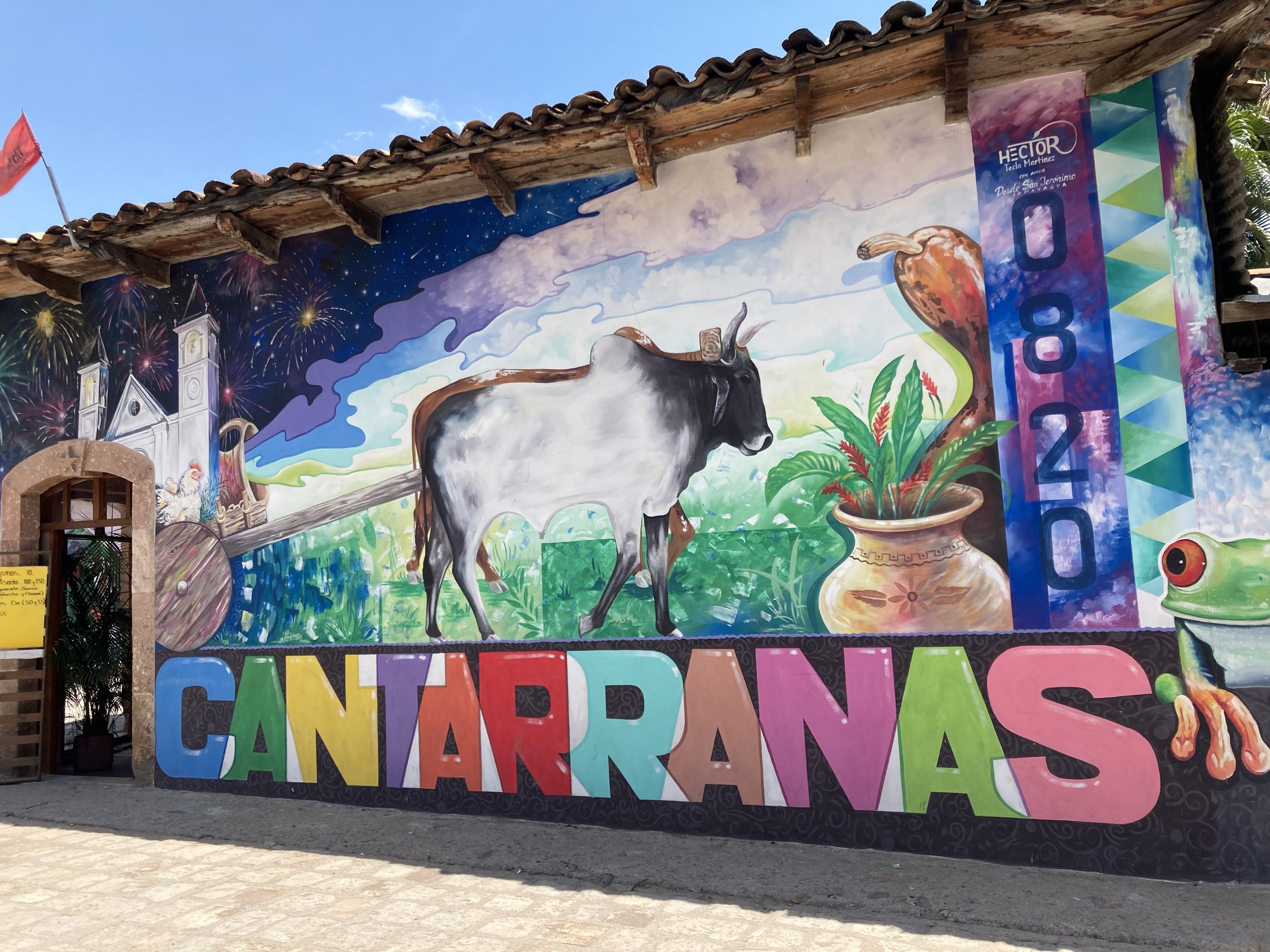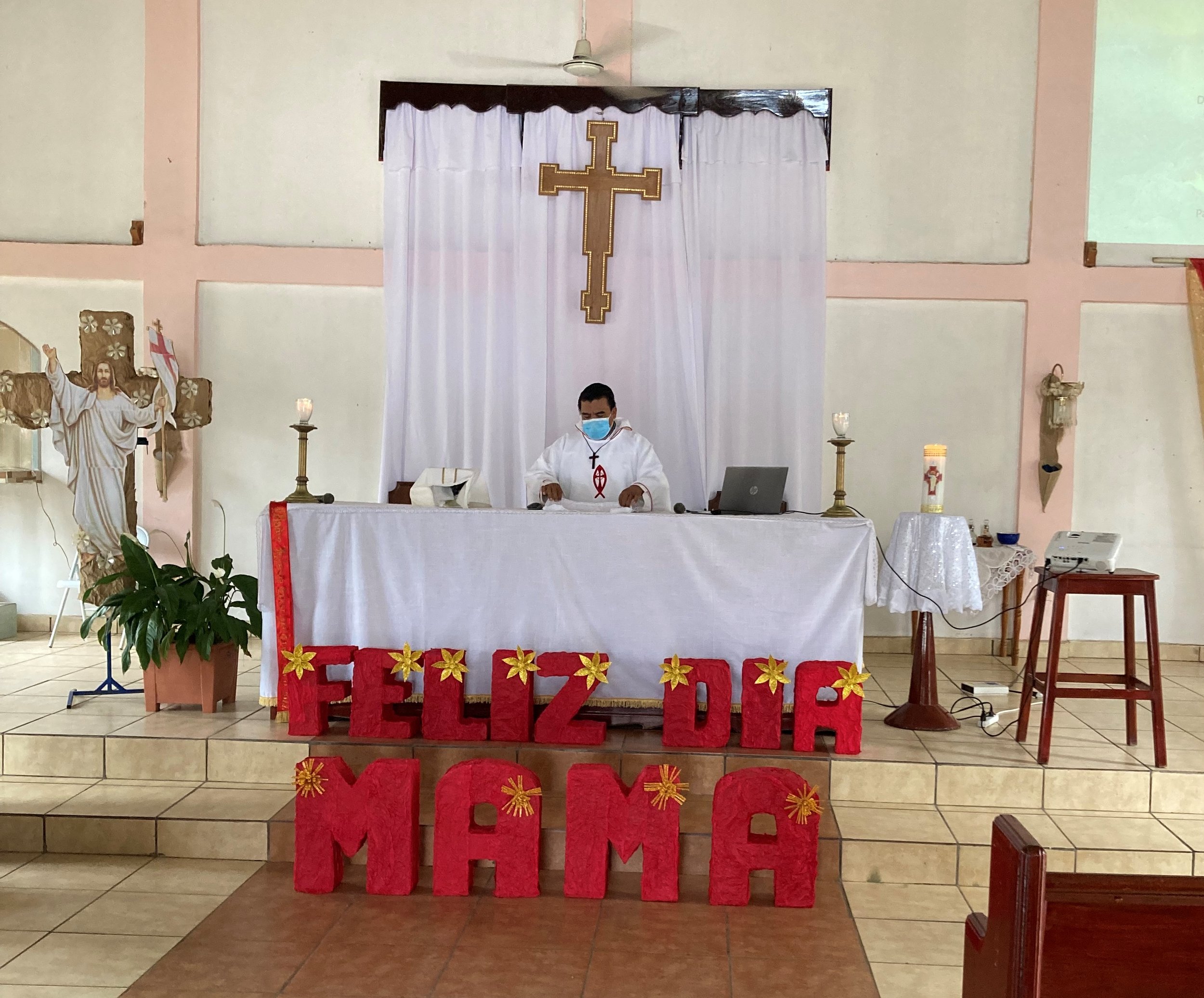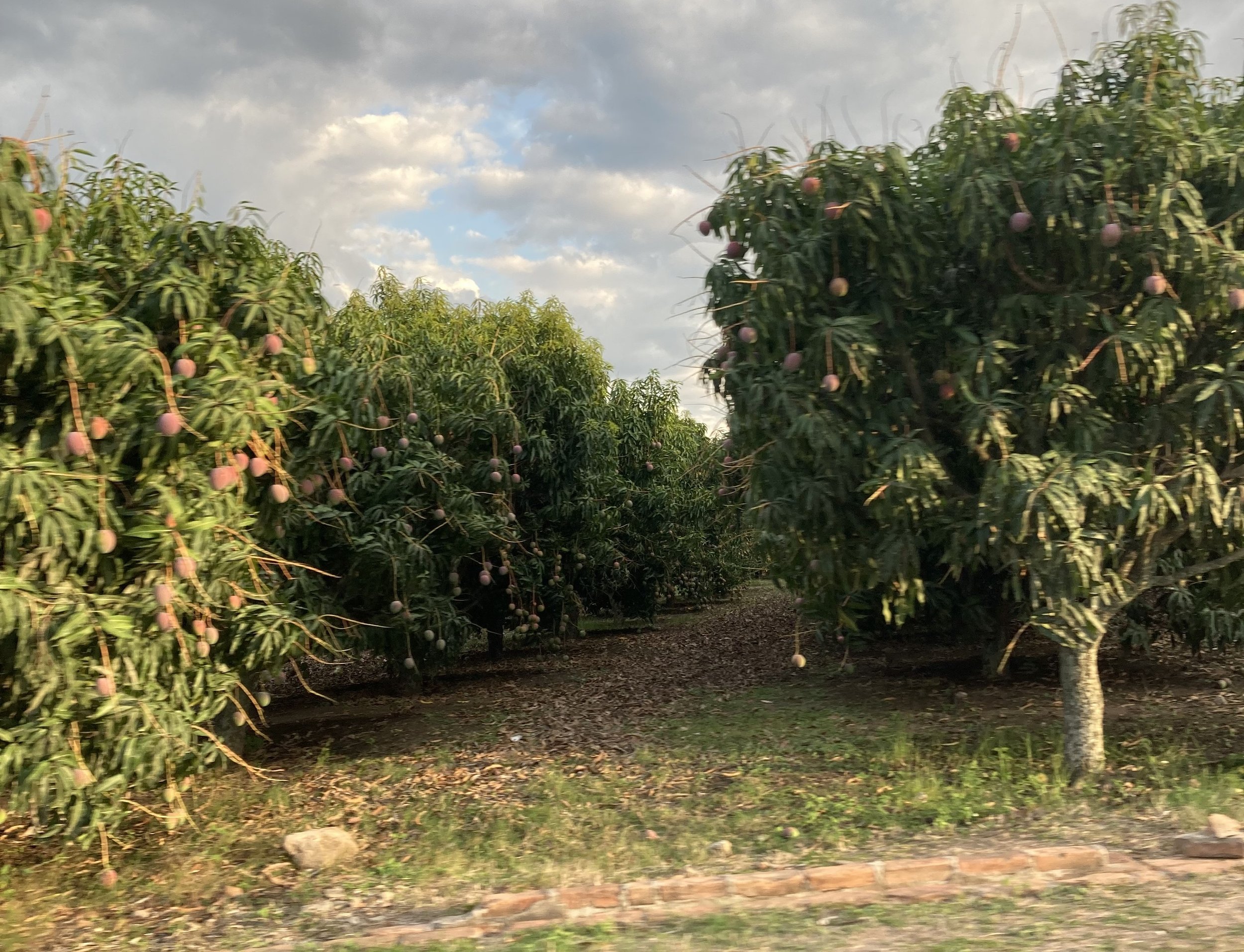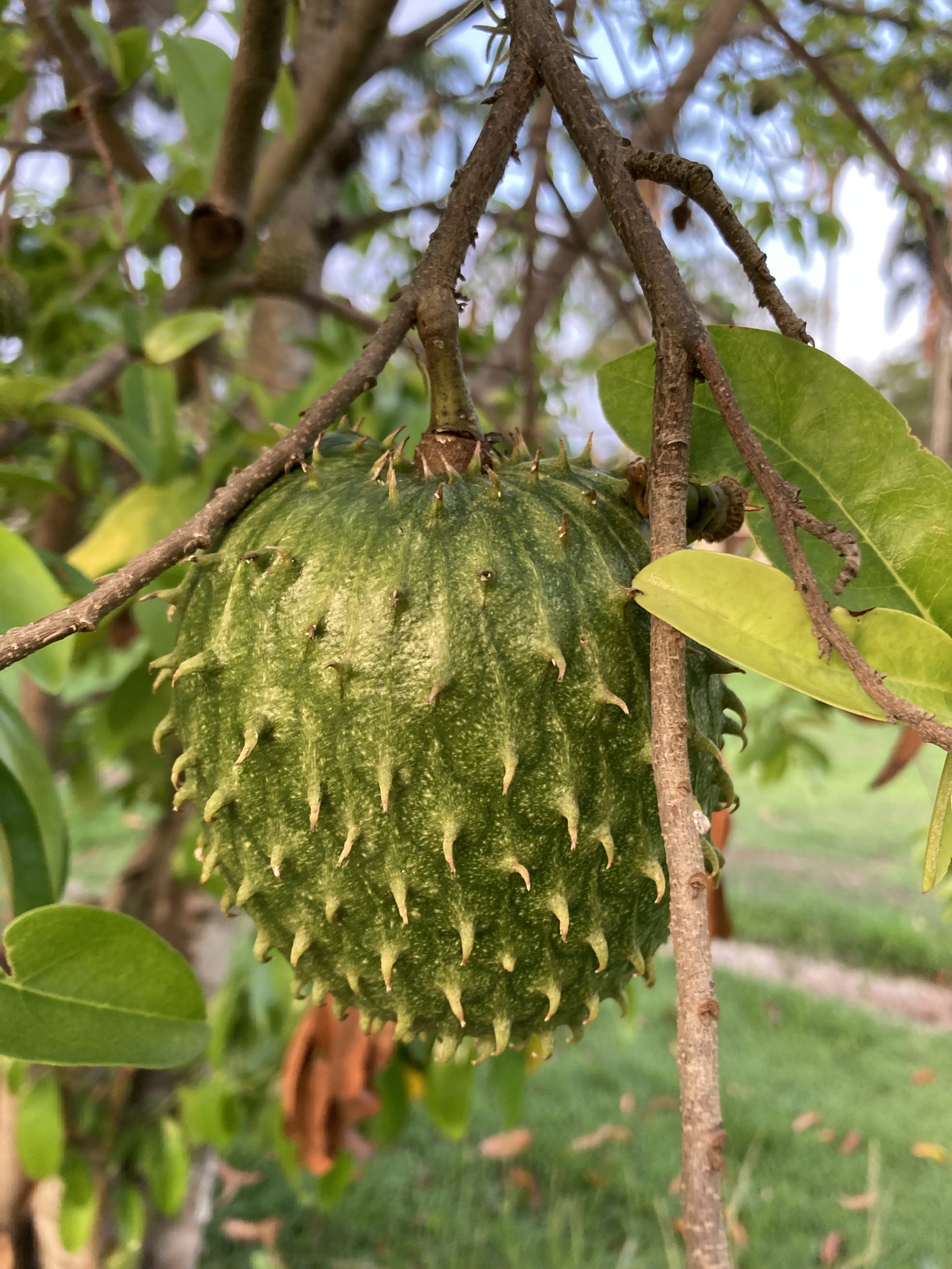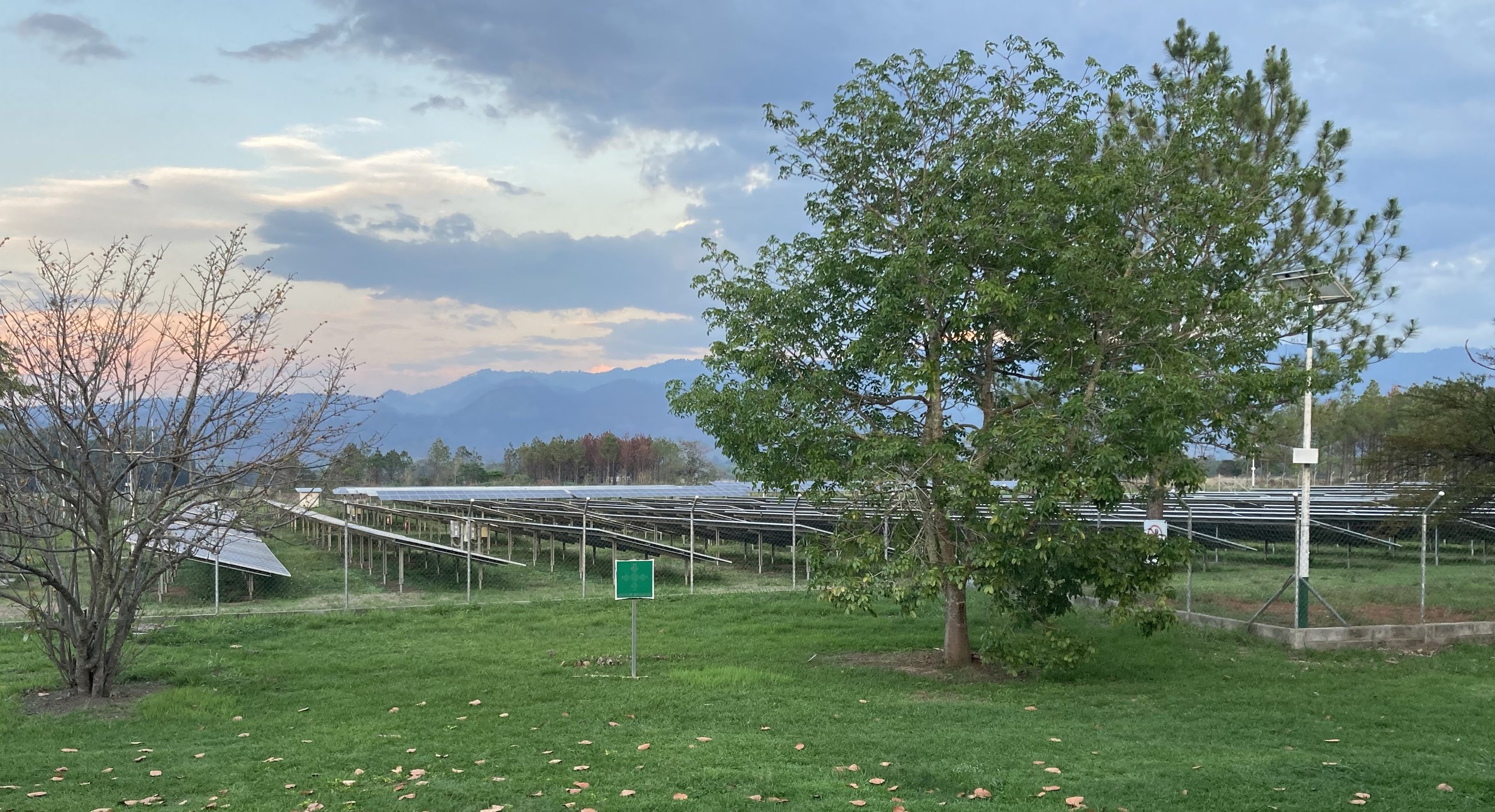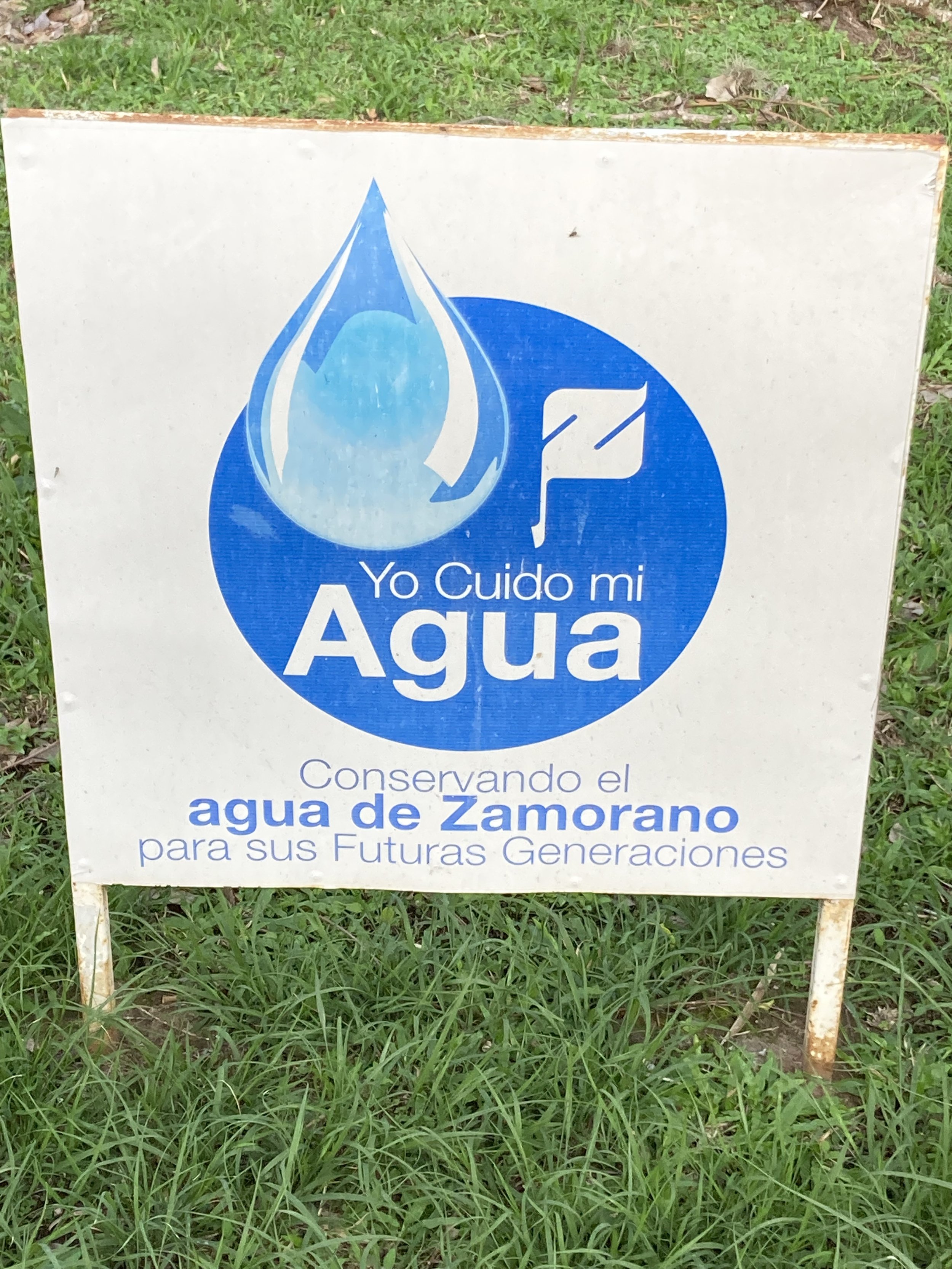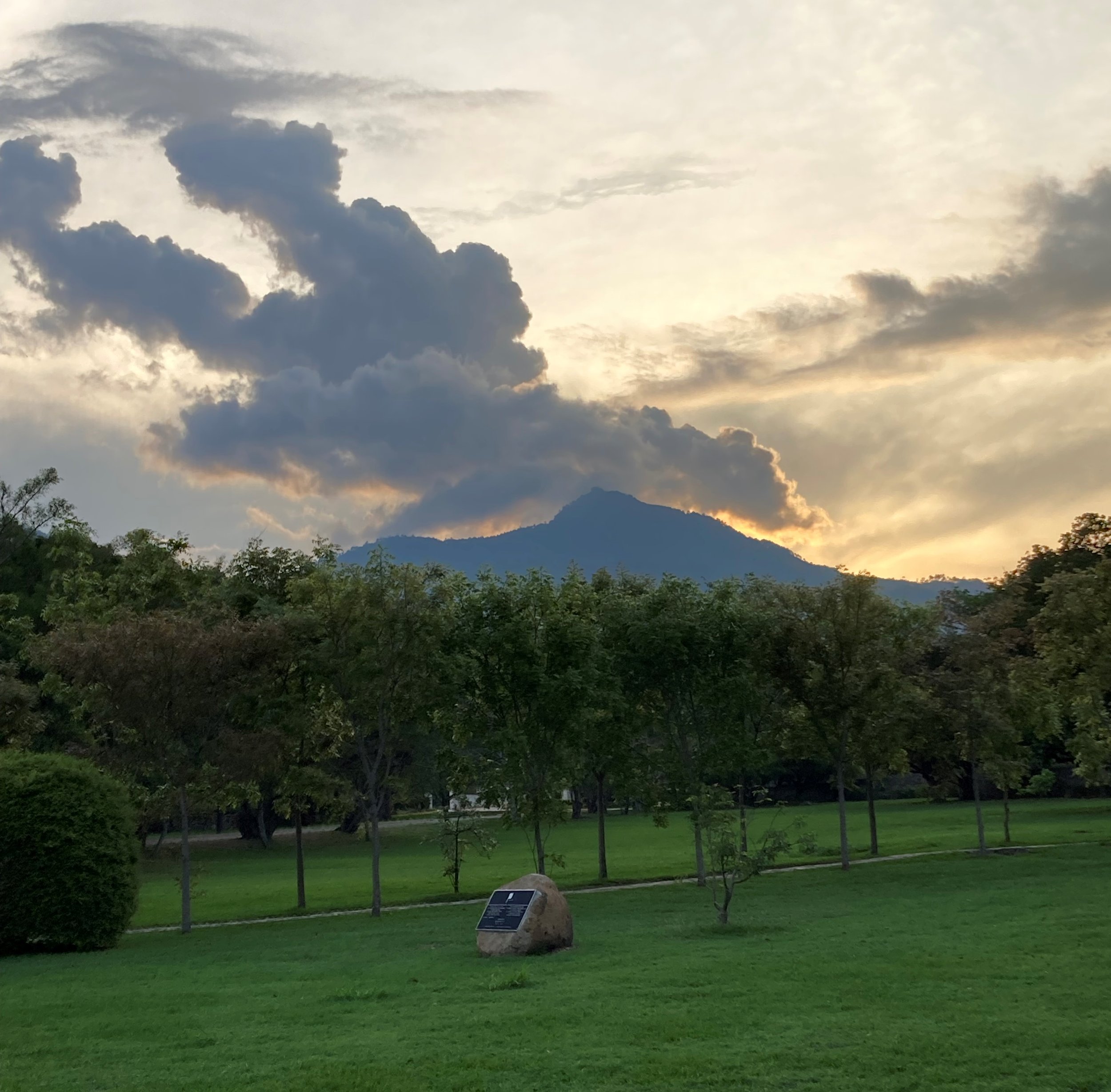Aprender sobre los peligros del cambio climático a una escala global se ha convertido en una actividad cotidiana a través de la televisión, el internet, los periódicos, y las revistas. En el mundo desarrollado, aprender sobre el impacto del cambio climático en las poblaciones humanas es una actividad intelectual remota que se lleva a cabo en la comodidad de los hogares de las personas mientras toman su café matutino y ven la televisión antes de irse al trabajo.
El cambio climático en el mundo desarrollado es principalmente un constructo abstracto, a menos que la gente haya experimentado la devastación del cambio climático de primera mano sobreviviendo a desastres como huracanes, incendios forestales, tornados e inundaciones, que han aumentado significativamente en frecuencia y severidad en las últimas décadas.
Durante la visita más reciente a Danlí, Honduras, una ciudad ubicada aproximadamente a 45 millas al noroeste de Ocotal, Nicaragua, la ciudad fronteriza más cercana entre Nicaragua y Honduras, la directora ejecutiva de Texas Water Mission (TWM), Linda Stone, y la voluntaria de largo plazo, Roxana Menes, fueron testigos de los fenómenos de migraciones masivas que se dirigen a 'el Norte" desde varios países de América Latina y el Caribe.
Las razones de esta migración masiva histórica son varias. Incluyen factores políticos, económicos, y de seguridad. Pero el cambio climático es probablemente la razón más impactante para la migración a medida que se agotan las fuentes naturales de agua. Danlí se ha convertido en una estación vital para los migrantes internacionales, principalmente de Venezuela y Haití. Organizaciones internacionales de ayuda, como la Cruz Roja, han establecido oficinas en Danlí para manejar esta crisis sin precedentes que afecta a los pueblos de las Américas (América del Sur, América Central, América del Norte, y el Caribe).
En Honduras, la crisis migratoria interna está vinculada a la falta de recursos hídricos. Según la Agencia de Estados Unidos para el Desarrollo Internacional (USAID), el cambio climático se ha convertido en un importante motor de la migración hacia Estados Unidos desde una zona conocida como "el corredor seco". Las comunidades hondureñas dentro del corredor seco están experimentando patrones de precipitación sin precedente, donde las tormentas e inundaciones alteran las cuencas naturales que conducen a sequías extremas.
Los patrones de precipitación han cambiado (debido al calentamiento global) y ahora están salpicados por sistemas de tormentas extremas más frecuentes donde el agua no puede ser absorbida adecuadamente debido a lluvias más intensas en comparación con los niveles de lluvia "normales." El nivel normal de precipitación es el valor promedio de precipitación en 30 años.
Además, de perder sus medios de vida en la agricultura rural, comunidades que históricamente han dependido del uso de aguas superficiales corren el mayor riesgo. Su capacidad de existir se está volviendo imposible debido a un entorno cada vez más inhóspito y carente de recursos hídricos. En agosto de 2018, el Gobierno de Honduras decretó el estado de emergencia debido a la sequía precipitada por el cambio climático, que ha afectado significativamente a unas 327,000 personas o 65,500 familias en 74 municipios del corredor seco.
Los cambios climáticos históricos experimentados por los agricultores hondurenos hacen que la misión de TWM sea esencial para apoyar a las comunidades necesitadas proporcionando agua potable y soluciones de higiene que son invaluables durante el cambio climático global. TWM continúa su compromiso de perforar pozos y mejorar la salud de las comunidades en Honduras.
Referencias:
Euro.esEuro. (2023). Learn how foreign migrants live as they pass through Honduras on their way to search for an immigration process in the U.S. https://euro.eseuro.com/world/821122.html
National Drought Mitigation Center. (2023). What is normal precipitation. https://drought.unl.edu/ranchplan/DroughtBasics/WeatherandDrought/WhatisNormalPrecipitation.aspx
Reichman D. R. (2022). Putting climate-induced migration in context: The case of Honduran migration to the USA. Regional Environmental Change, 22(3), 91. https://doi.org/10.1007/s10113-022-01946-8
Texas Water Mission. (2023). Our Story. https://www.texaswatermission.org/our-story-1
USAID. (n.d.). USAID Honduras: Climate change, food security, and migration. https://pdf.usaid.gov/pdf_docs/PA00XXBJ.pdf
Unicef. (2018). The use of the INFORM tool in drought response in Honduras. https://www.unicef.org/lac/en/historias/el-uso-de-la-herramienta-inform-en-la-respuesta-la-sequia-en-honduras









